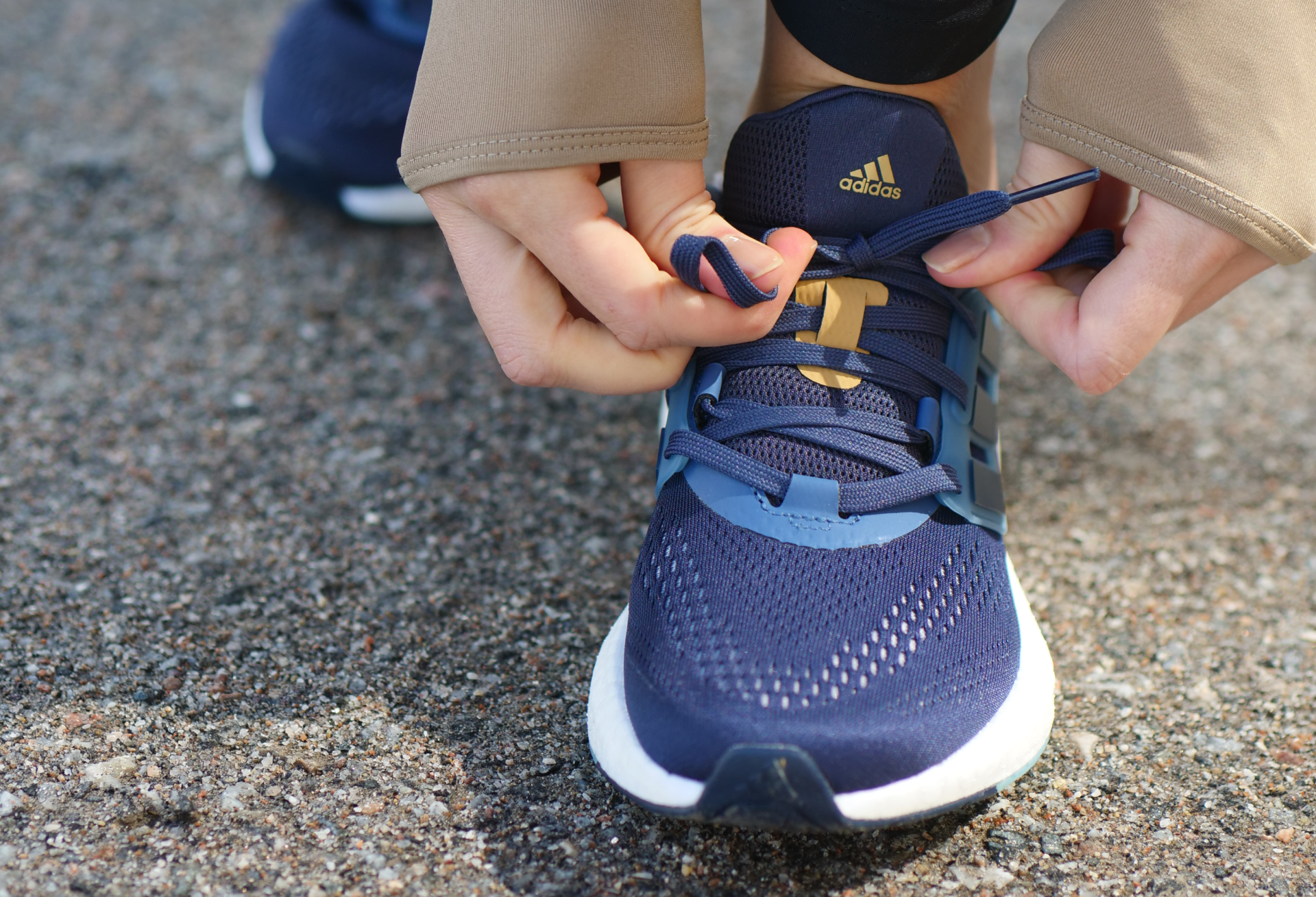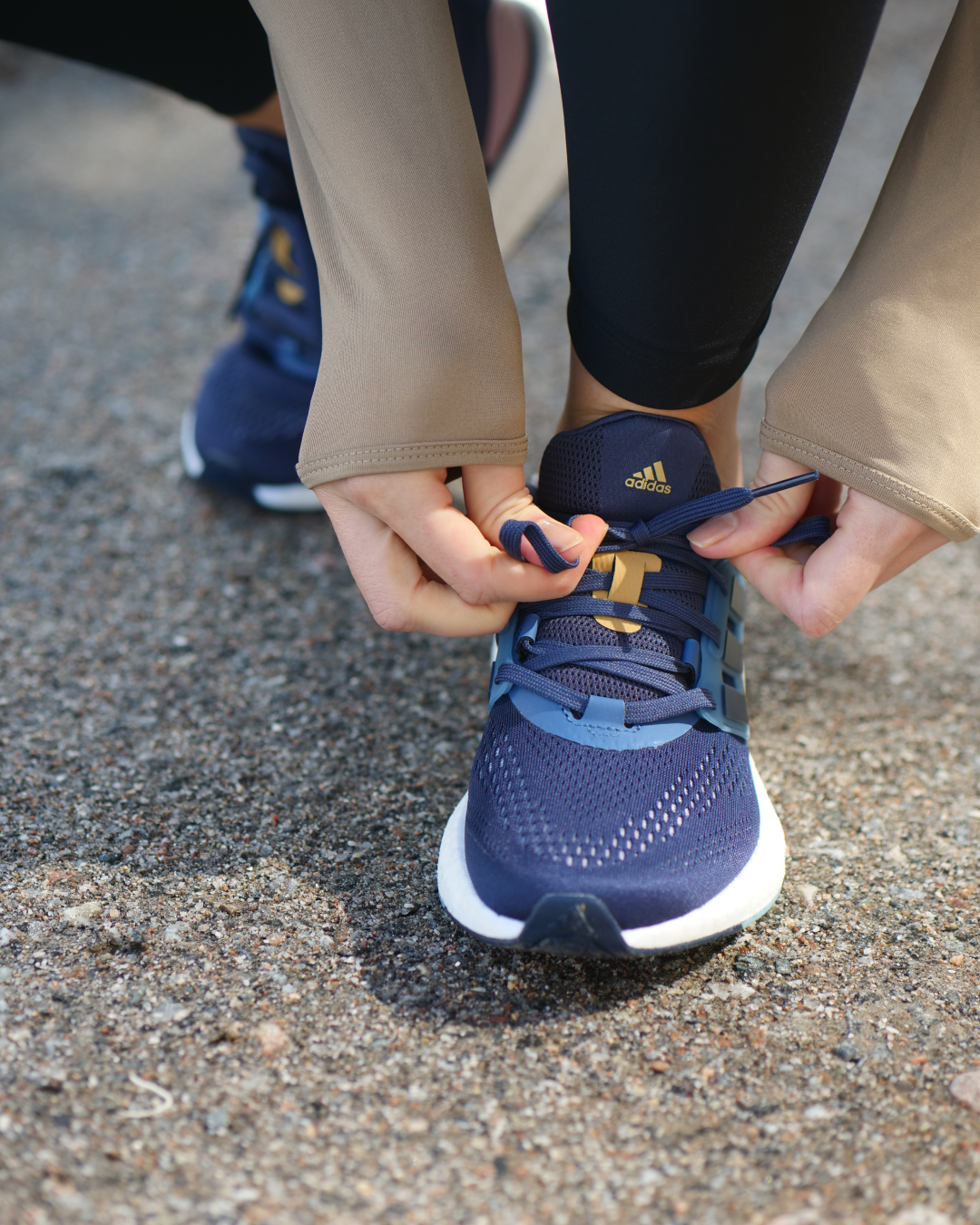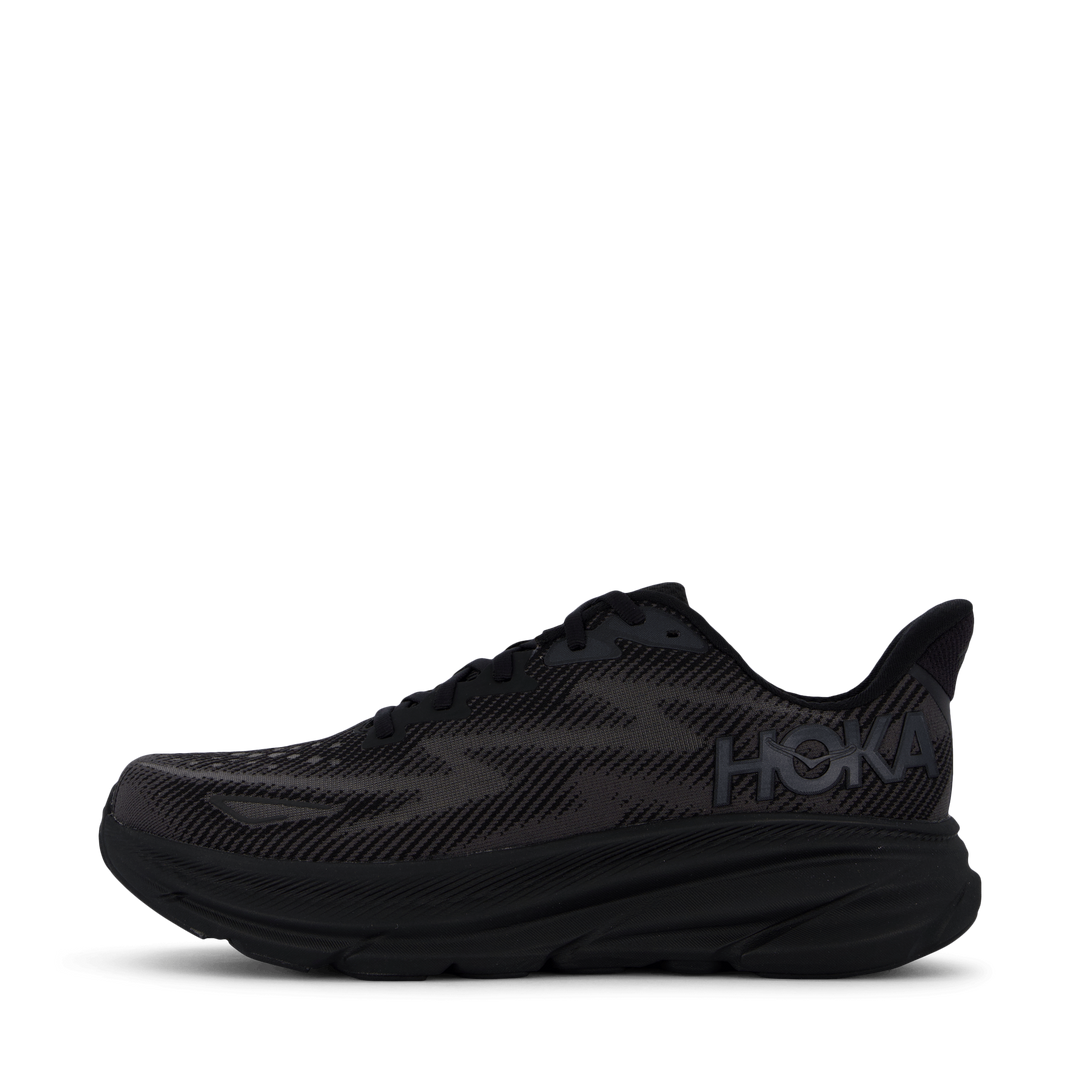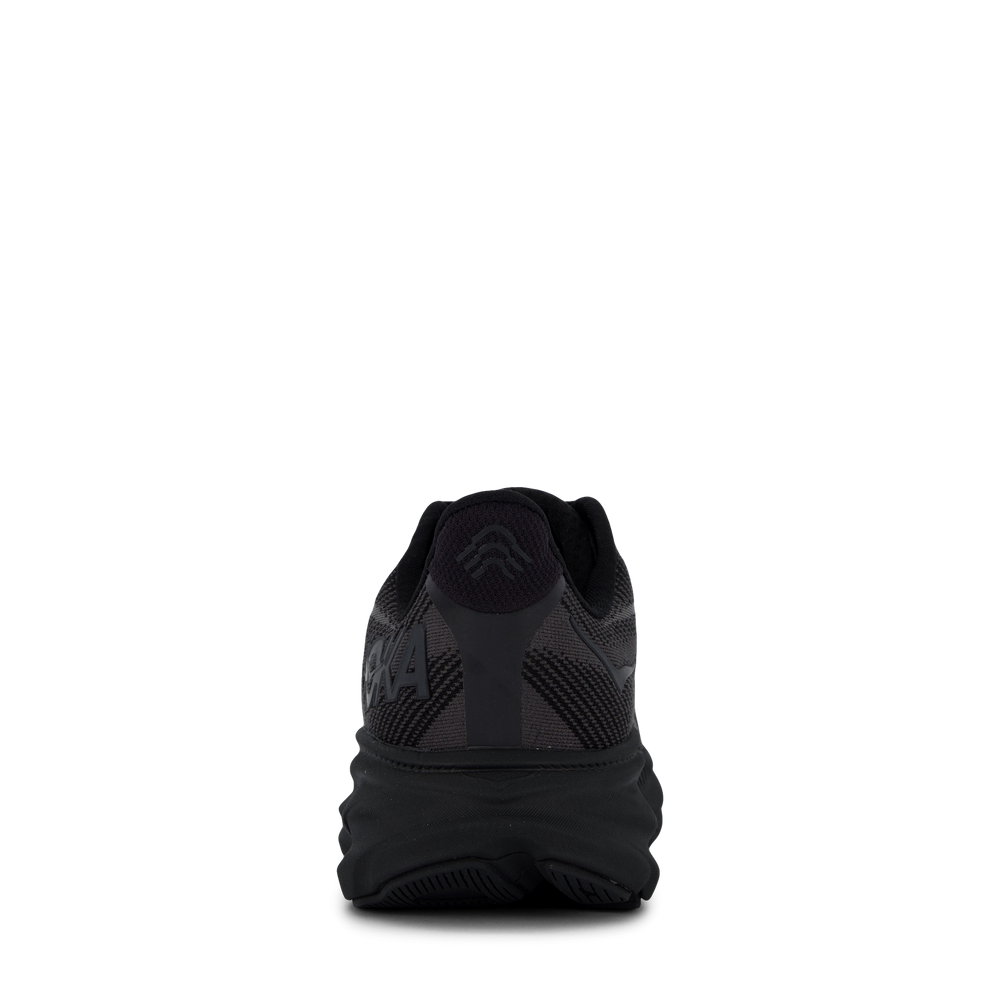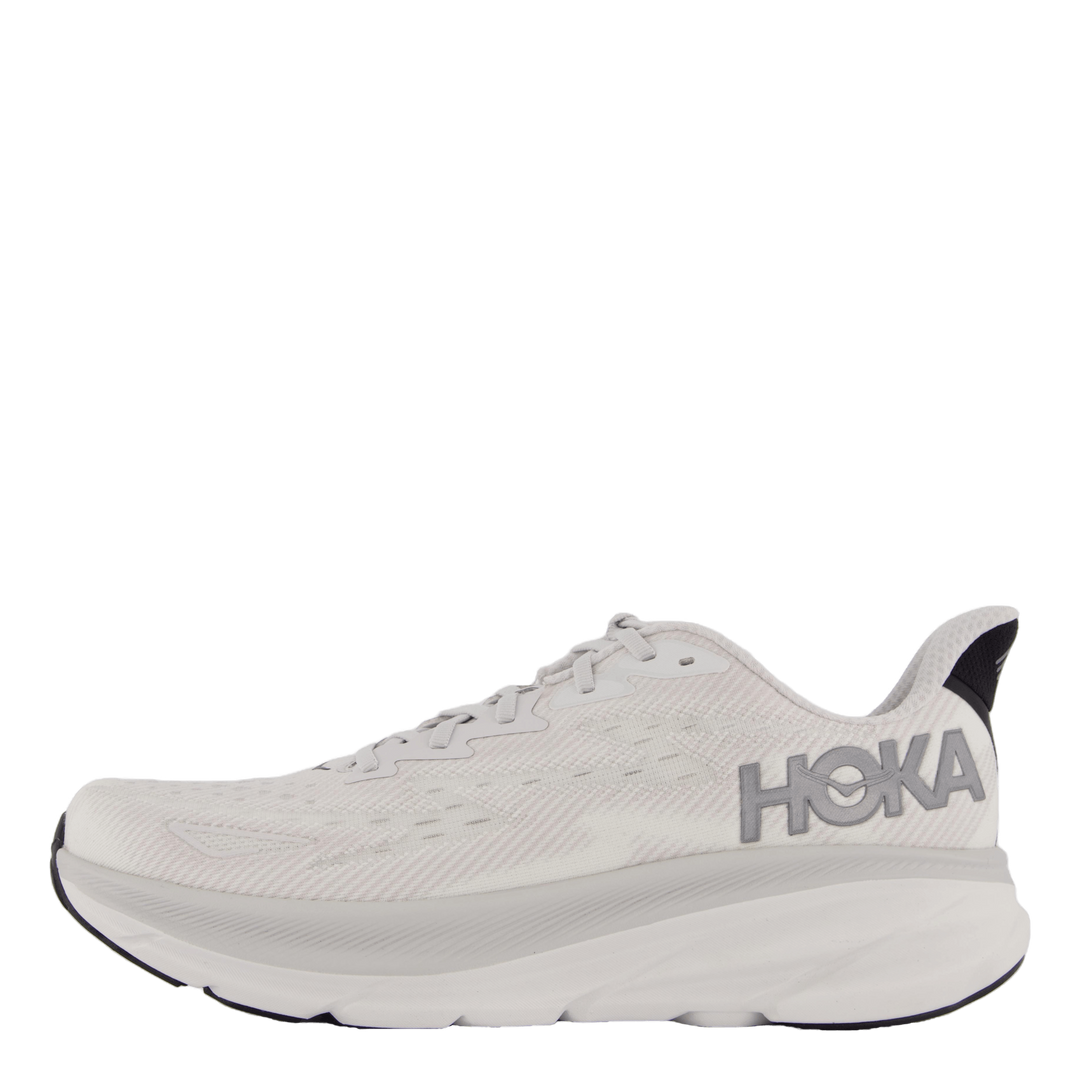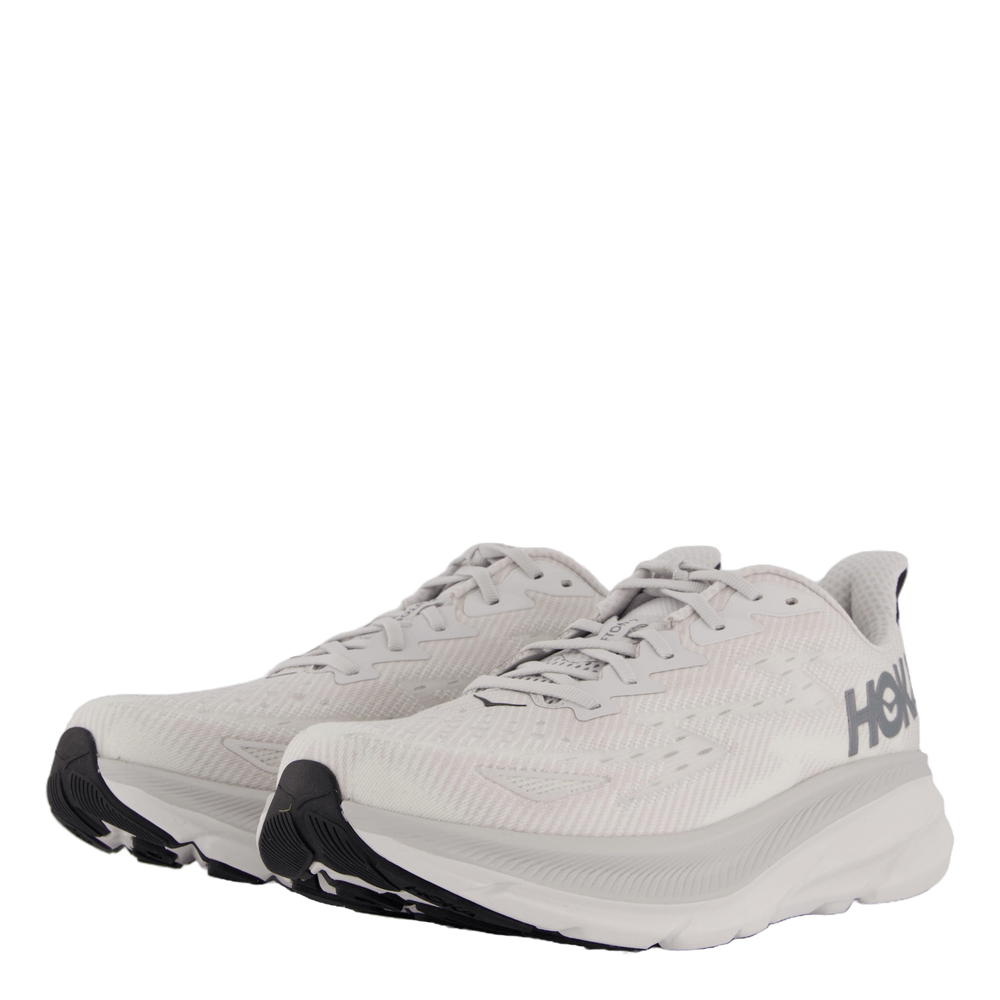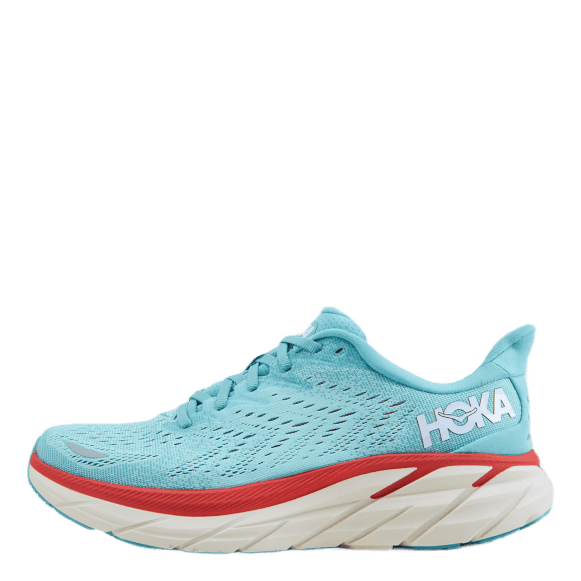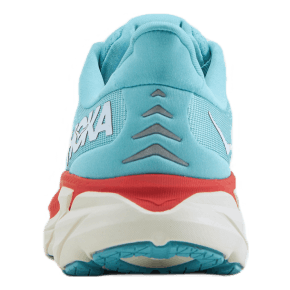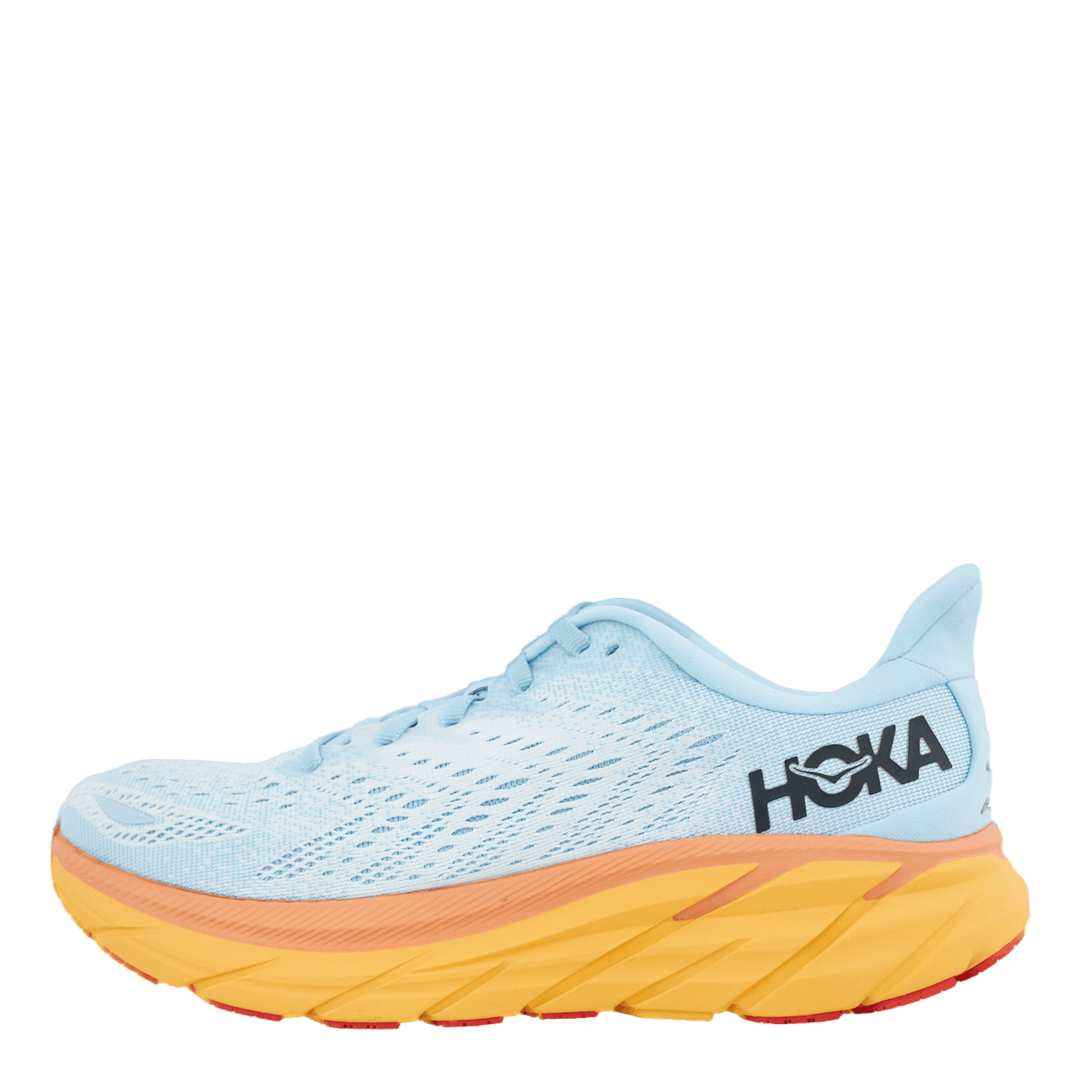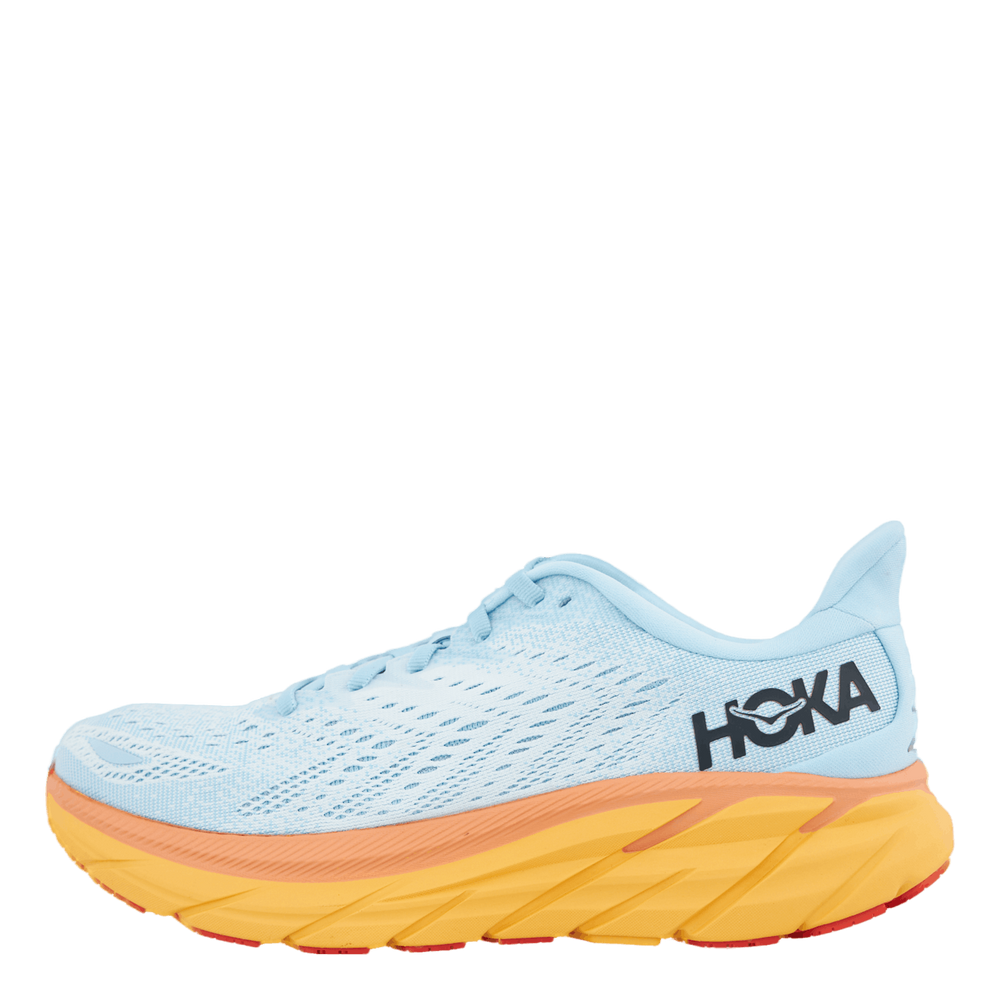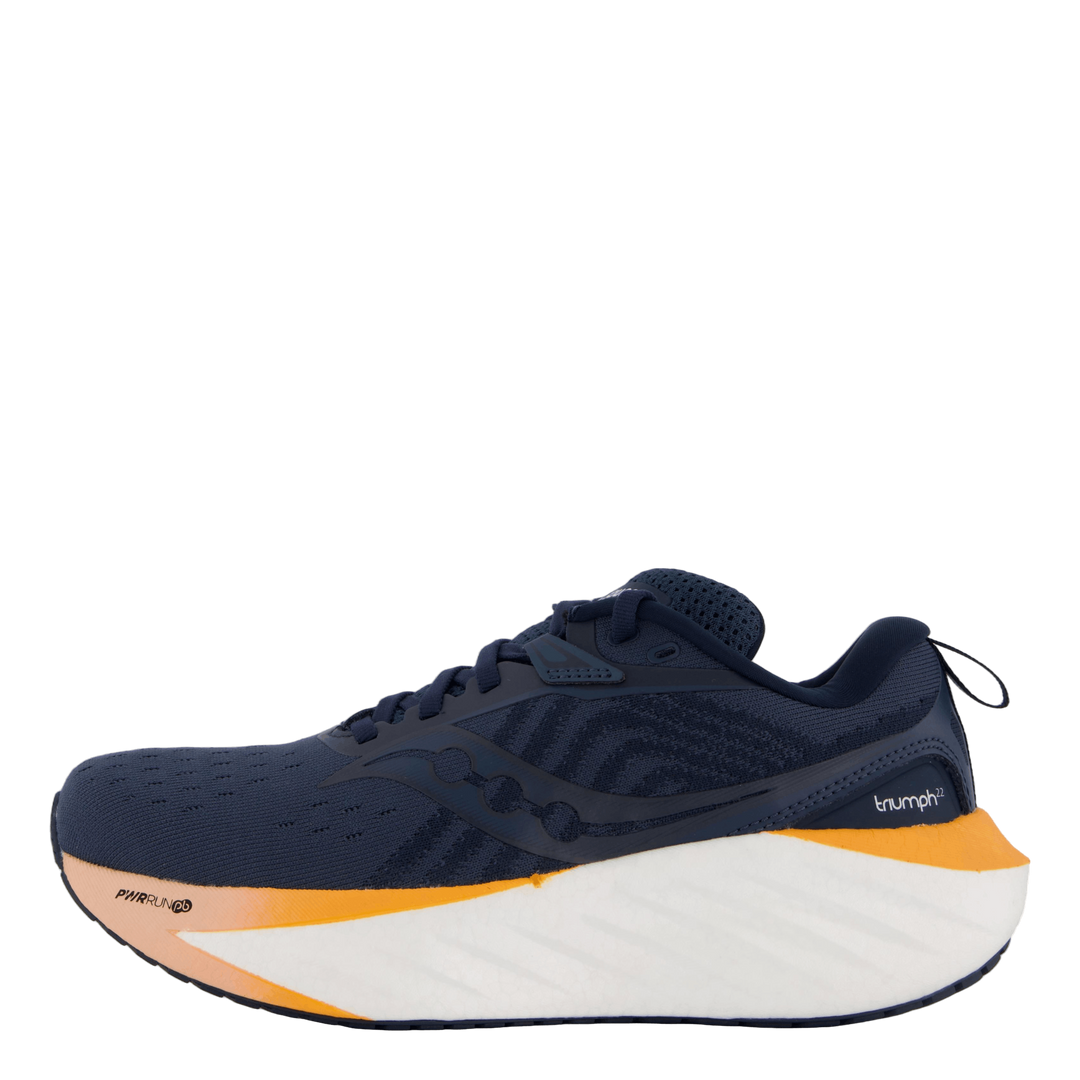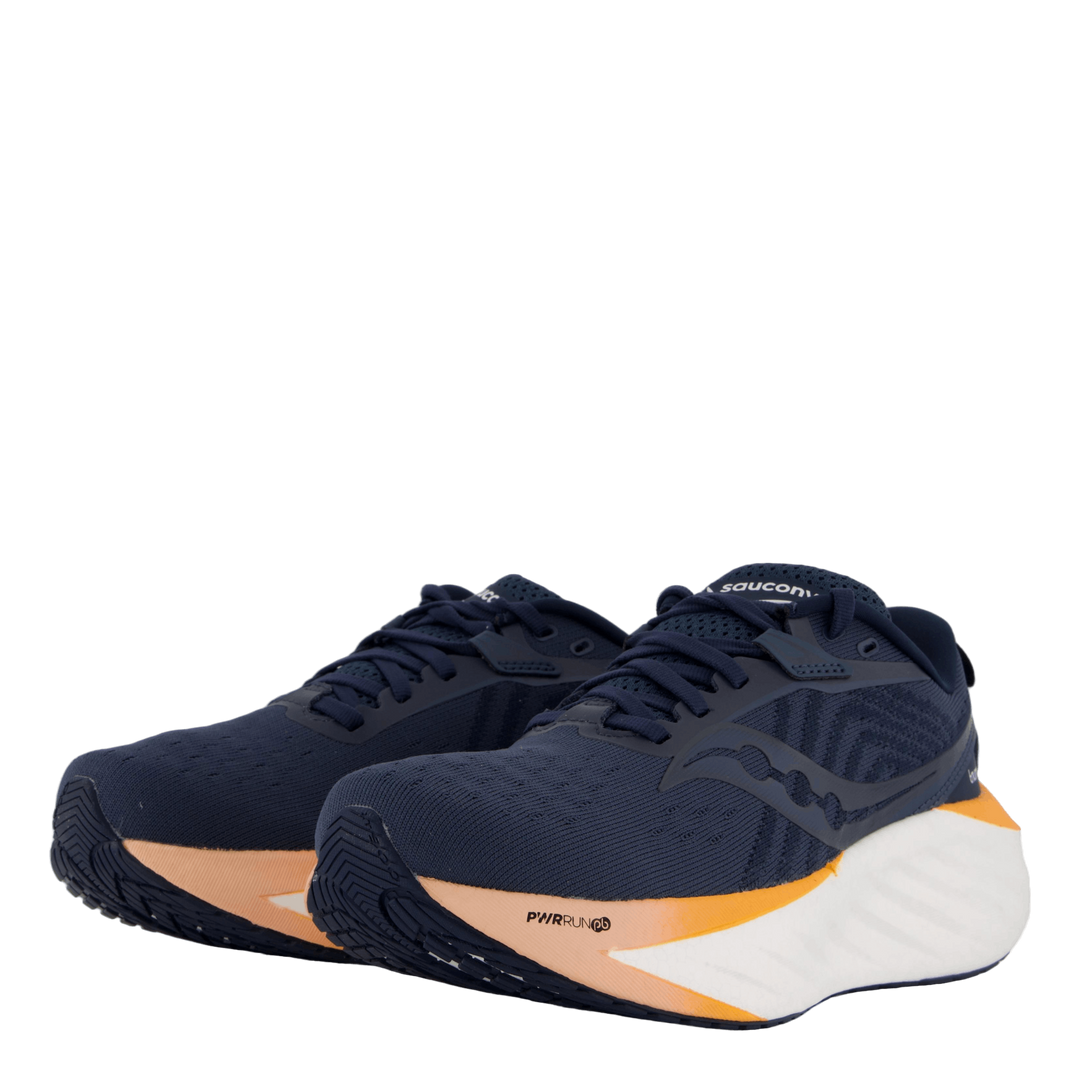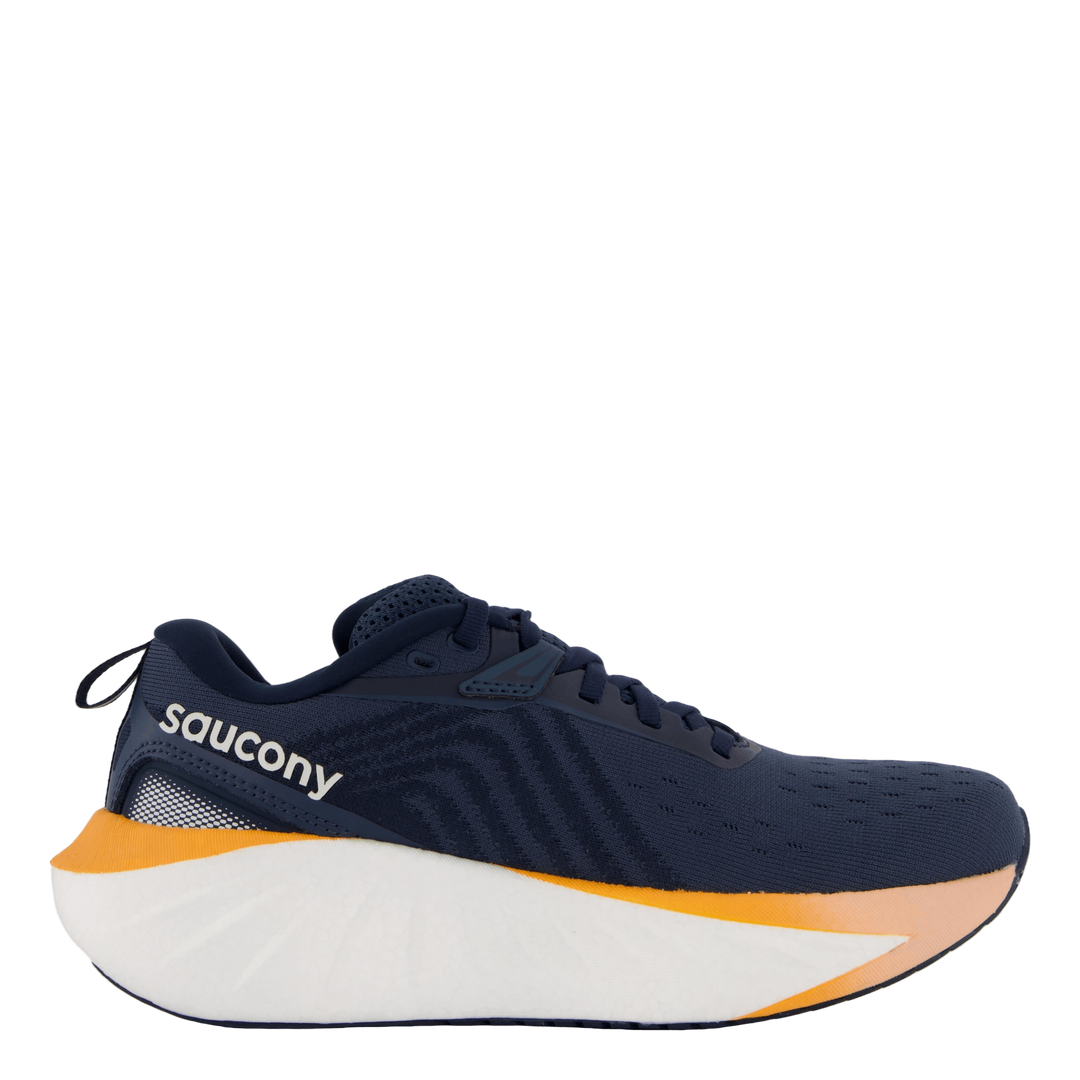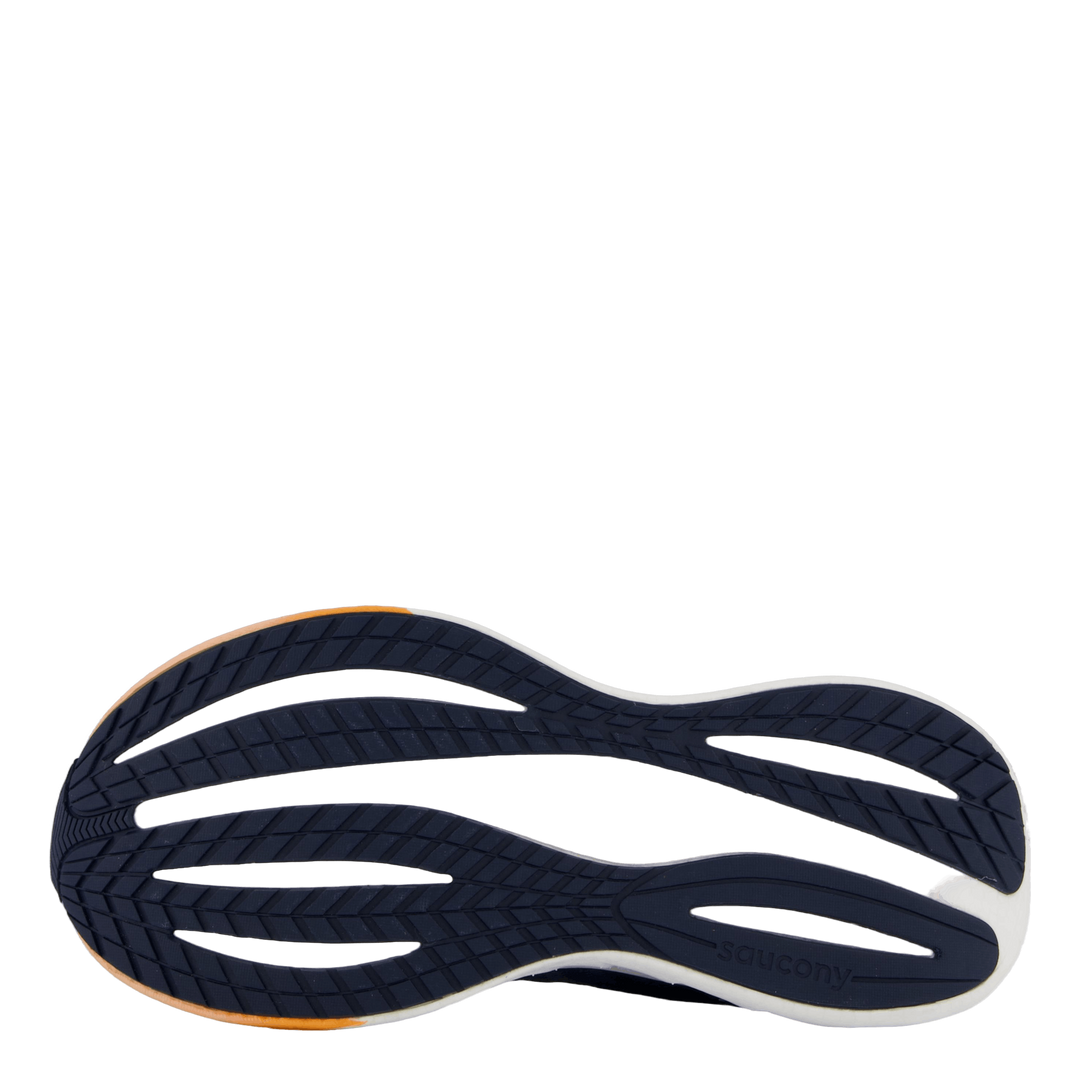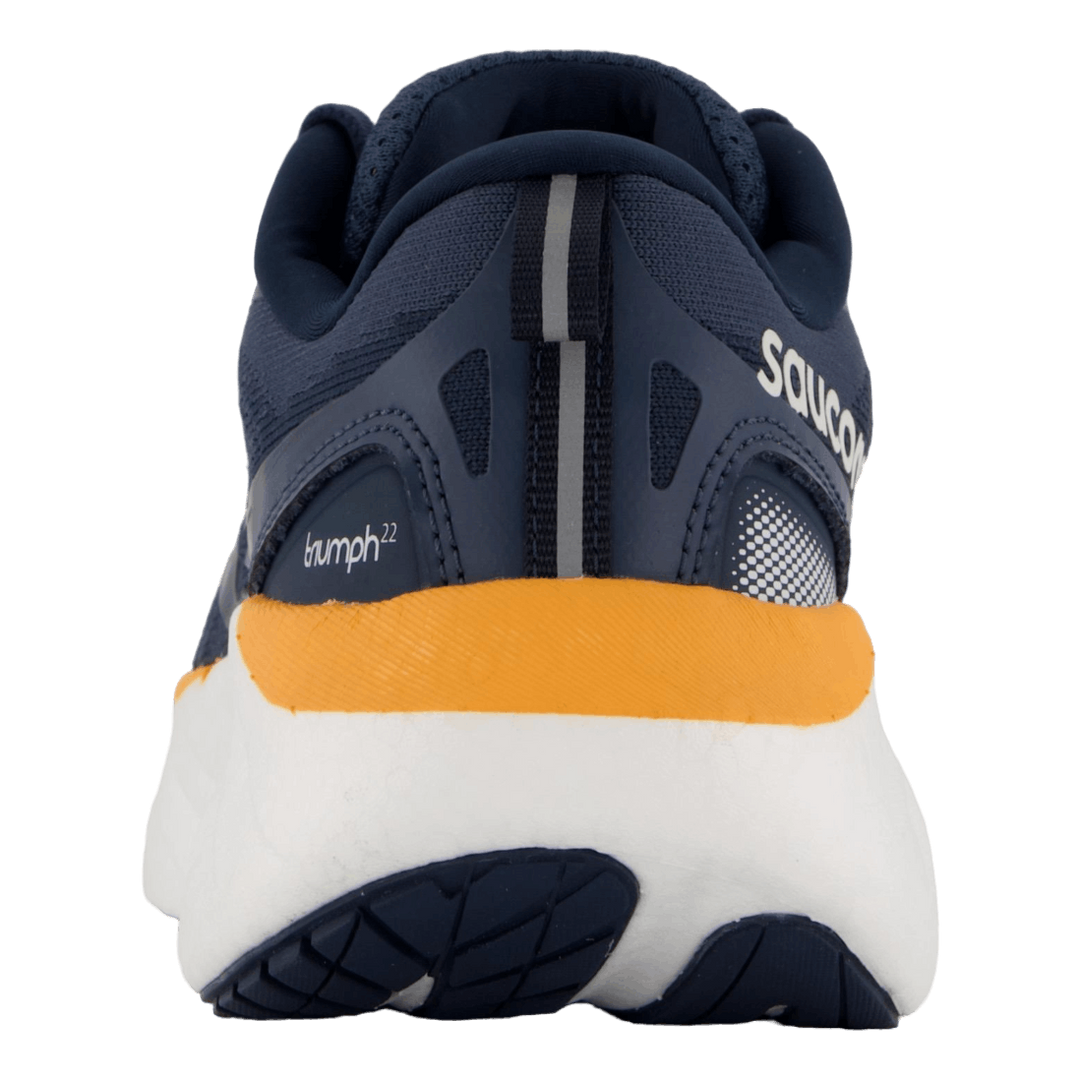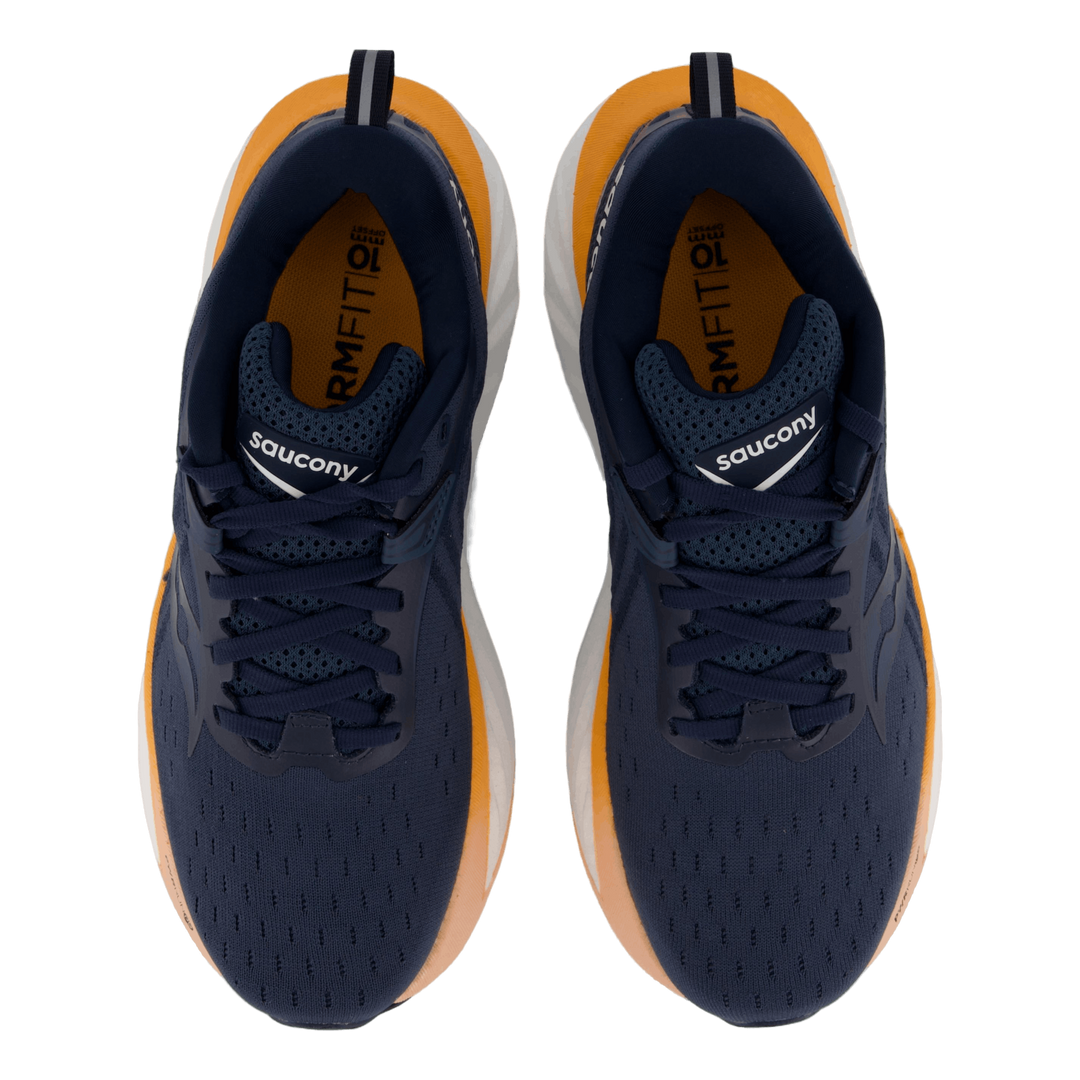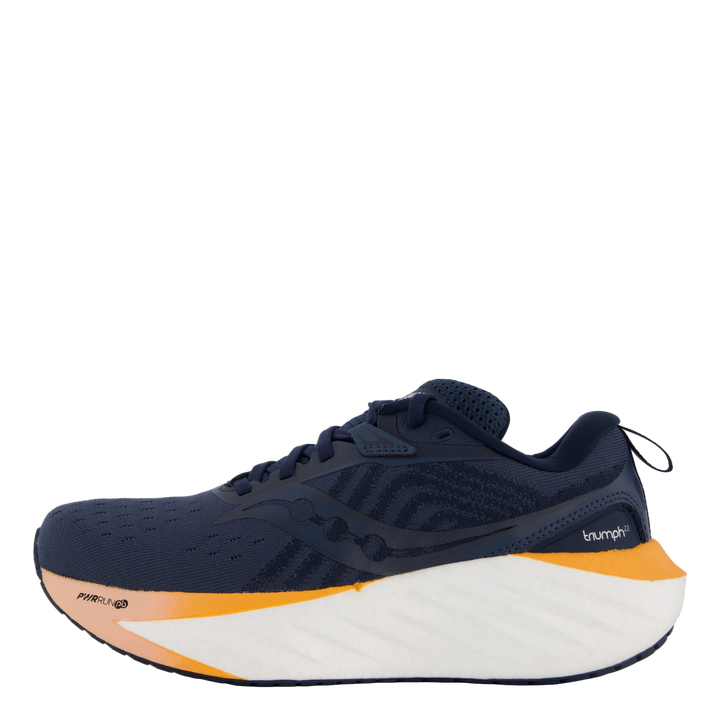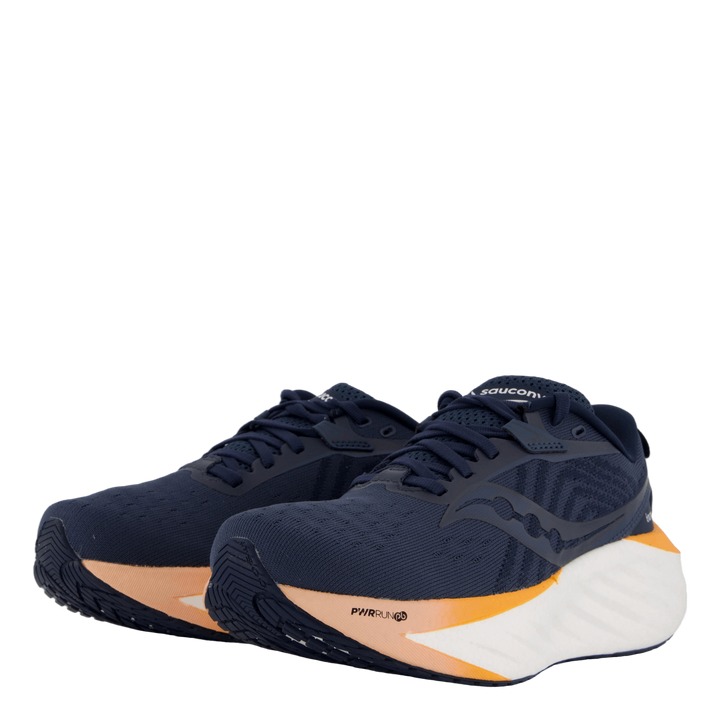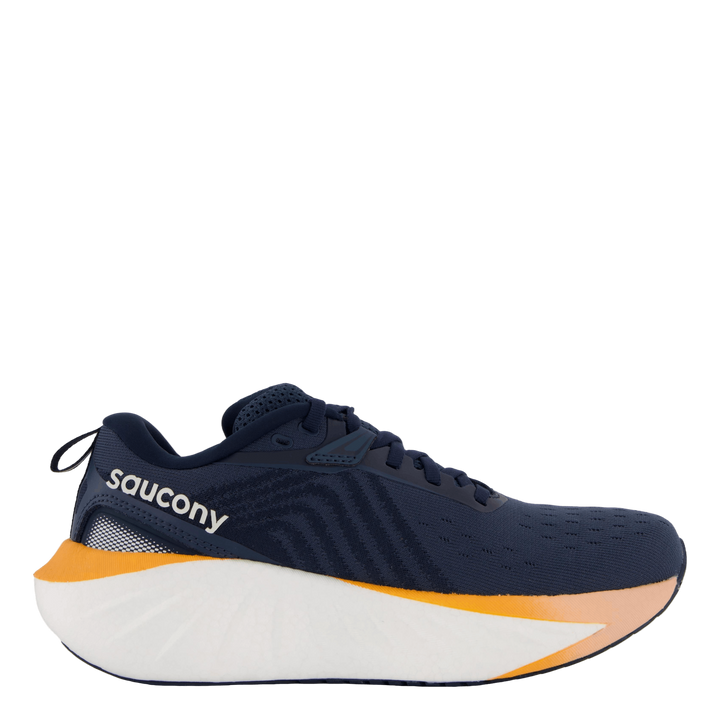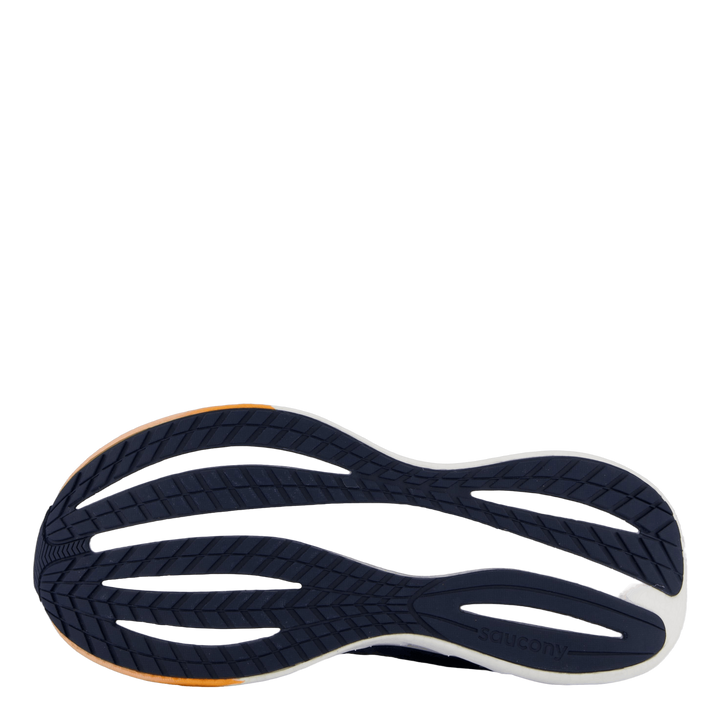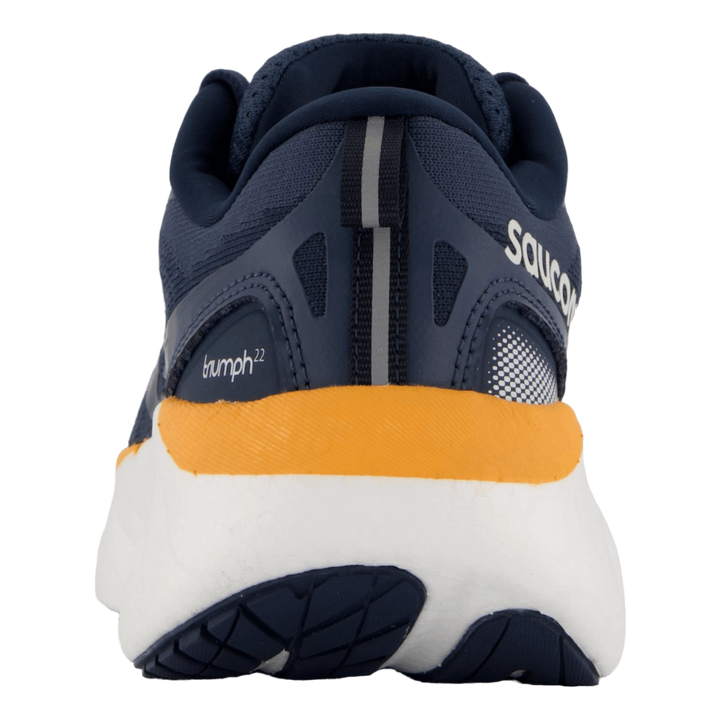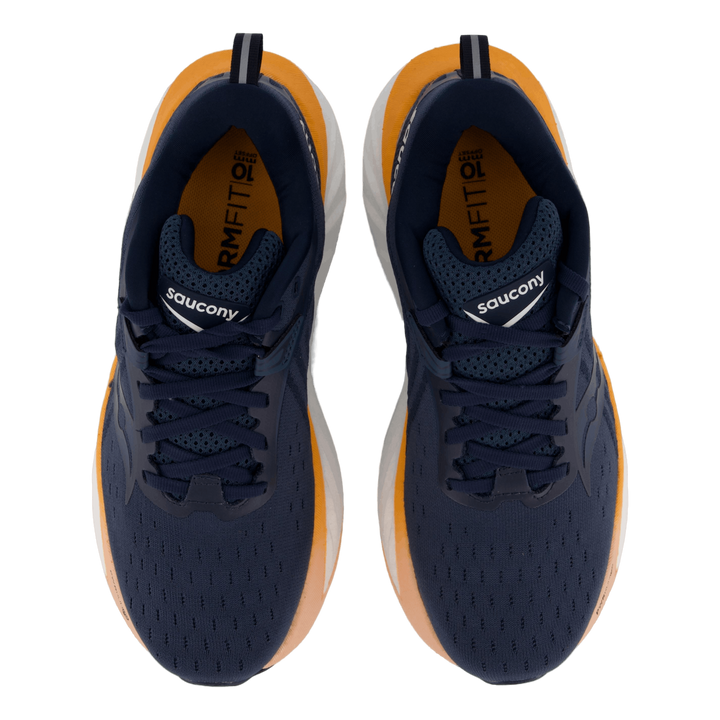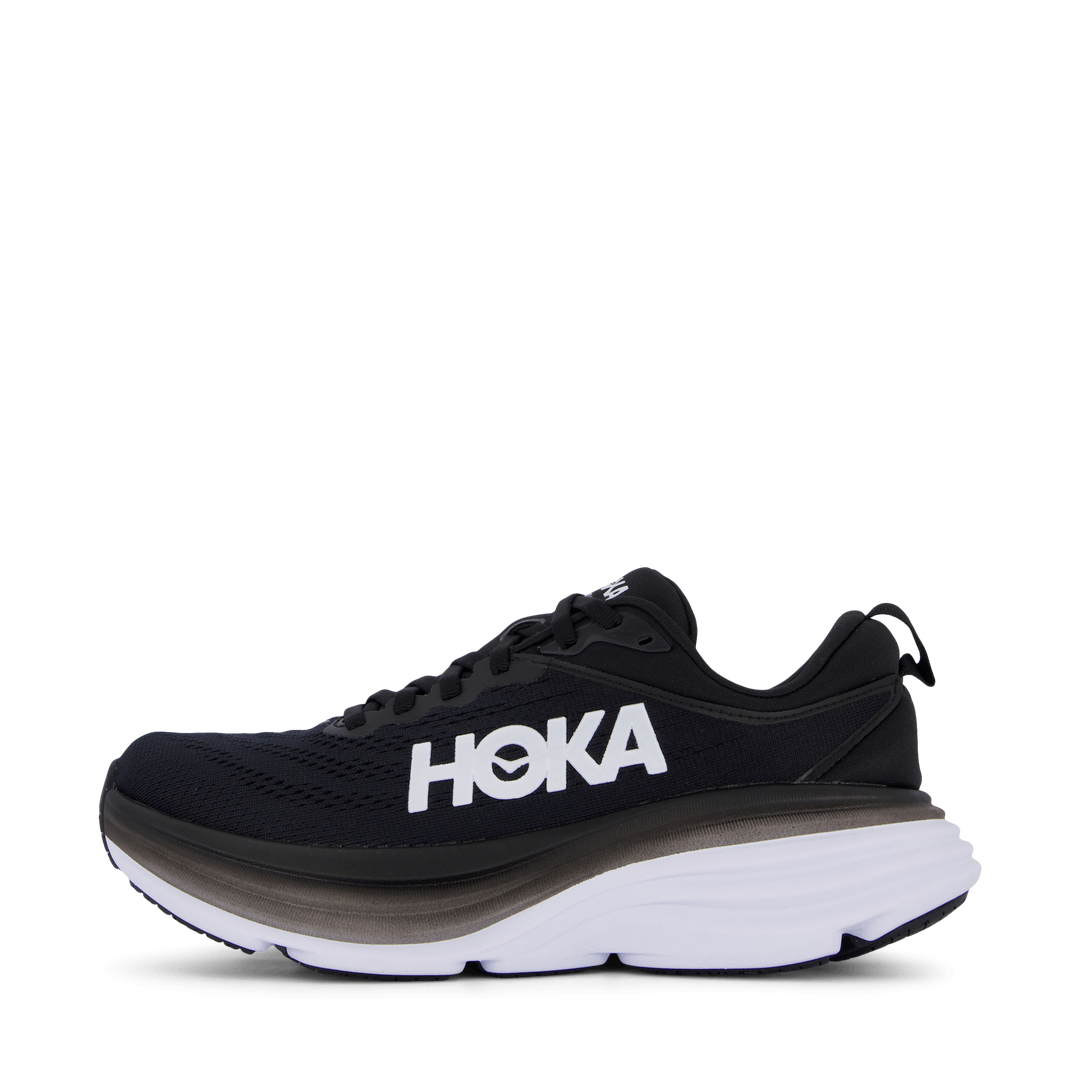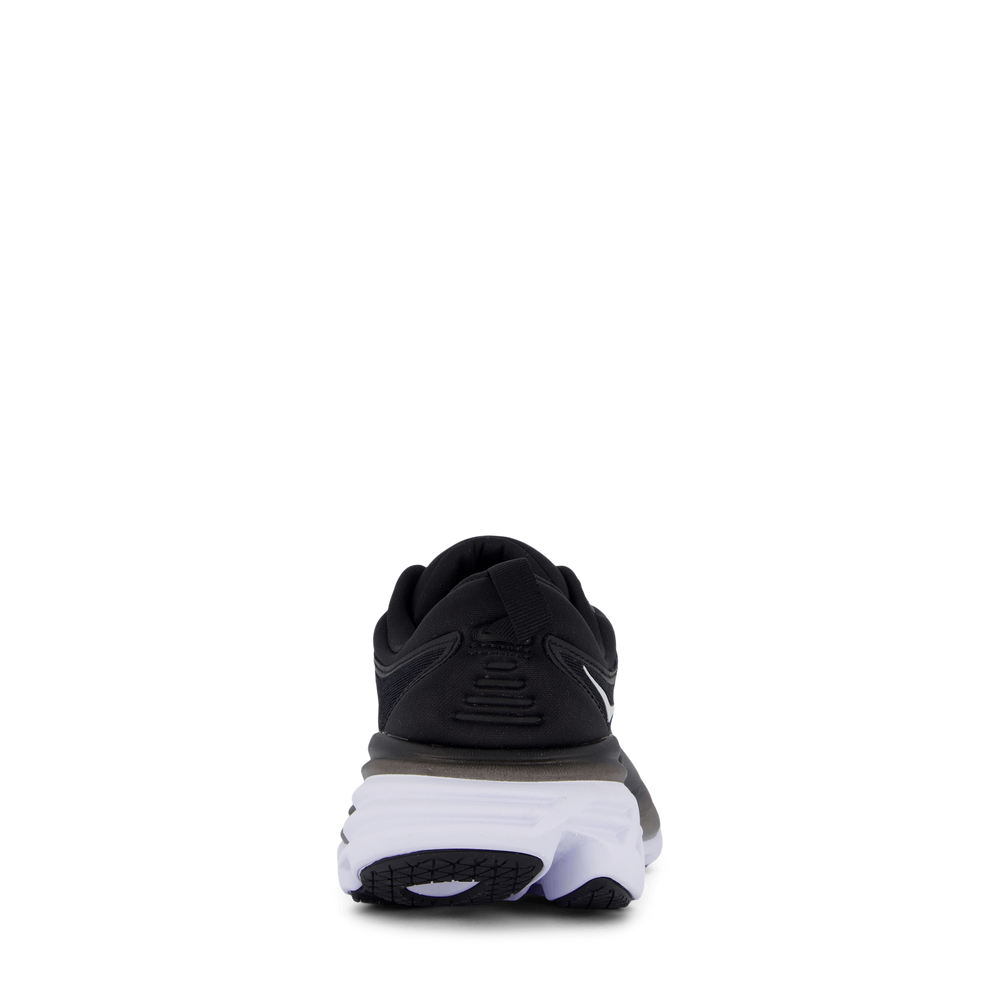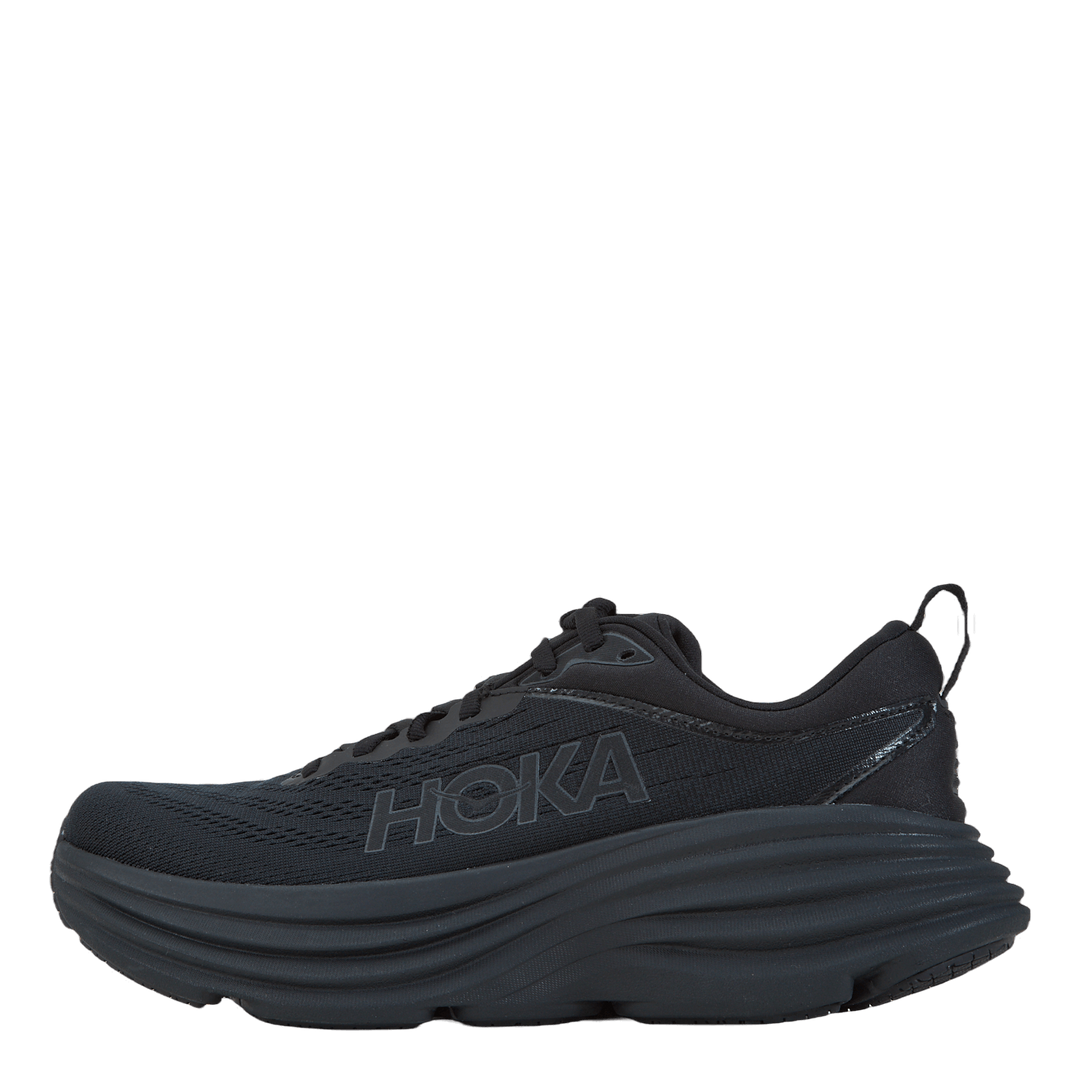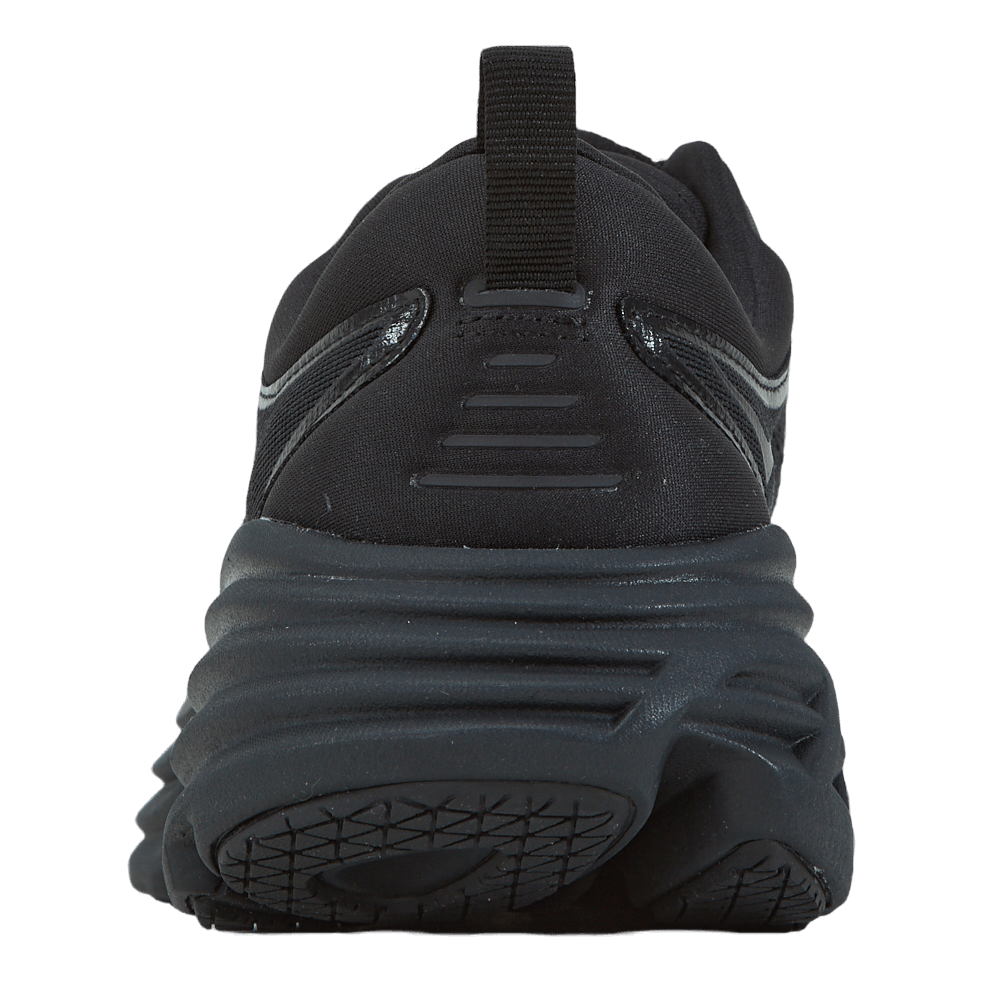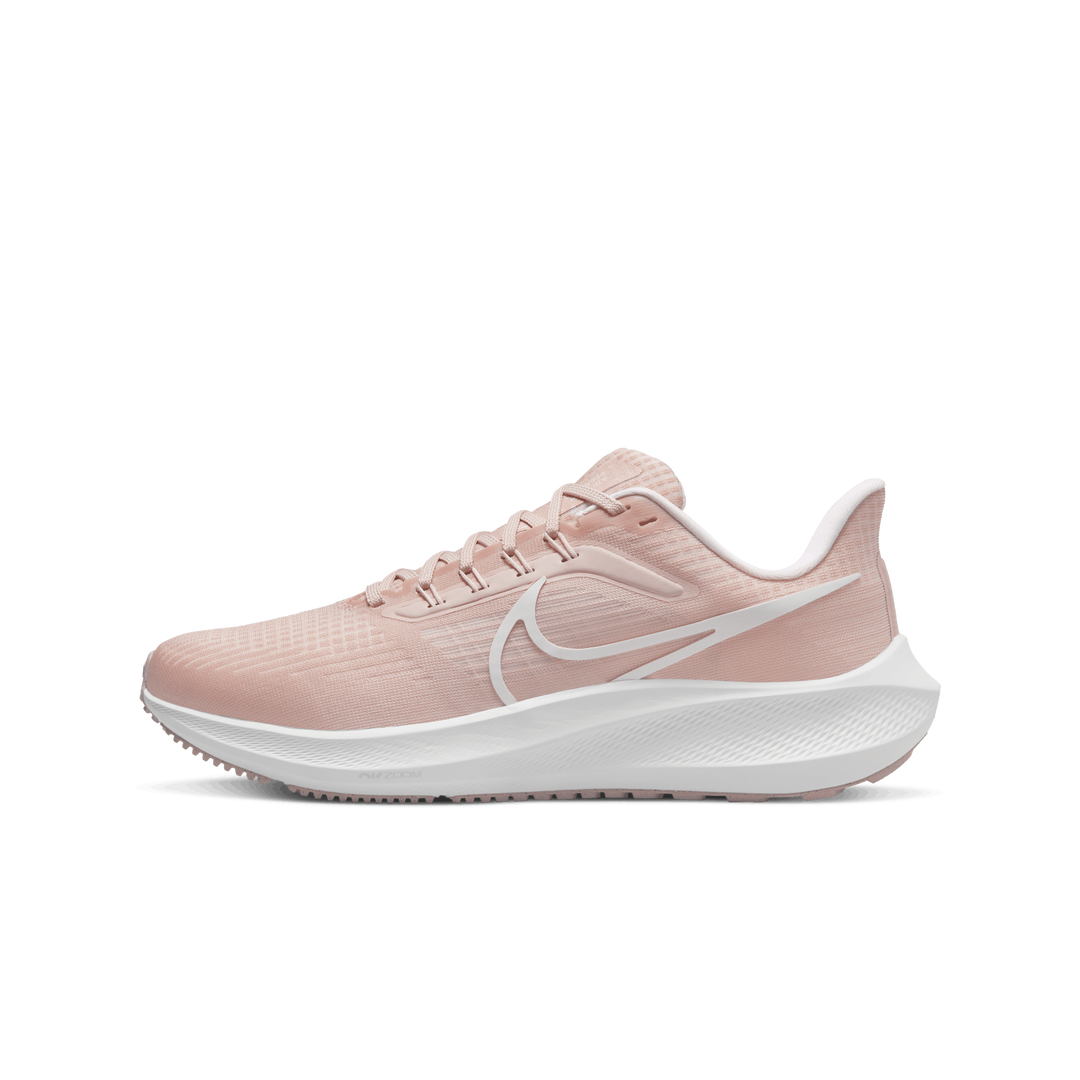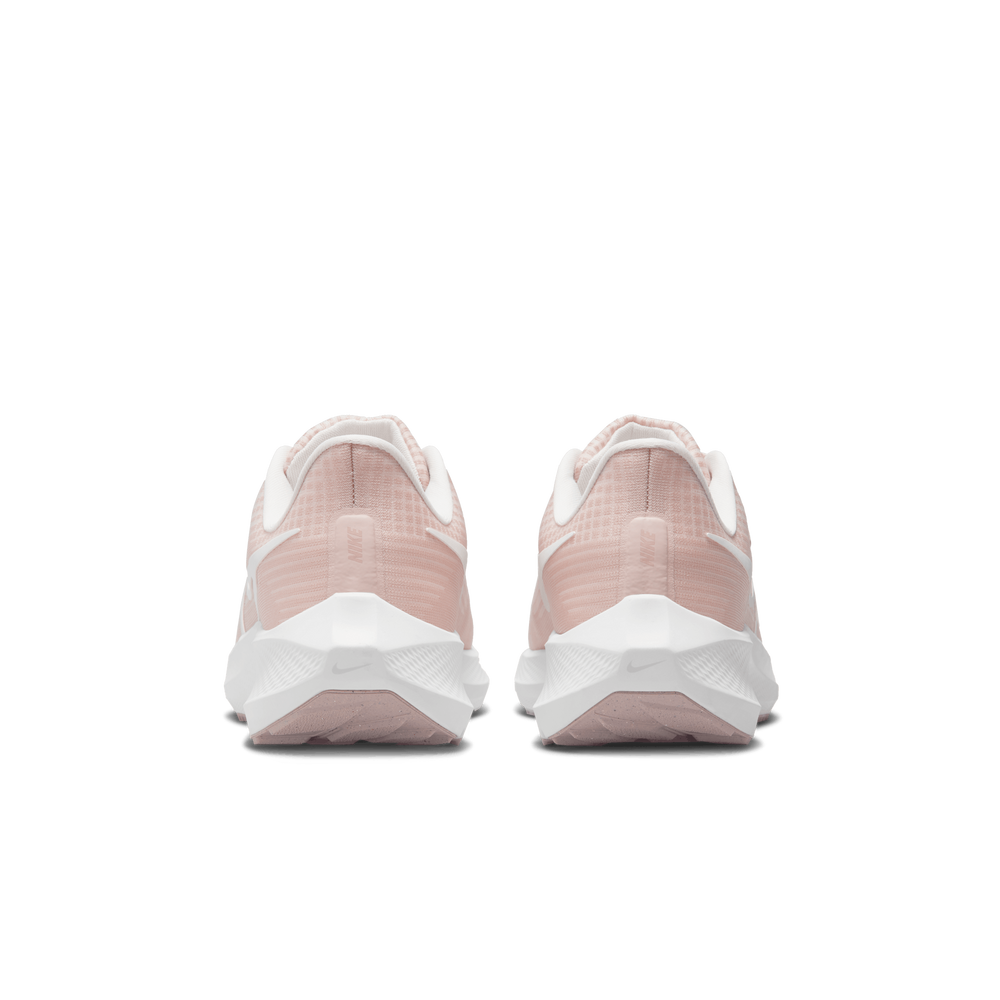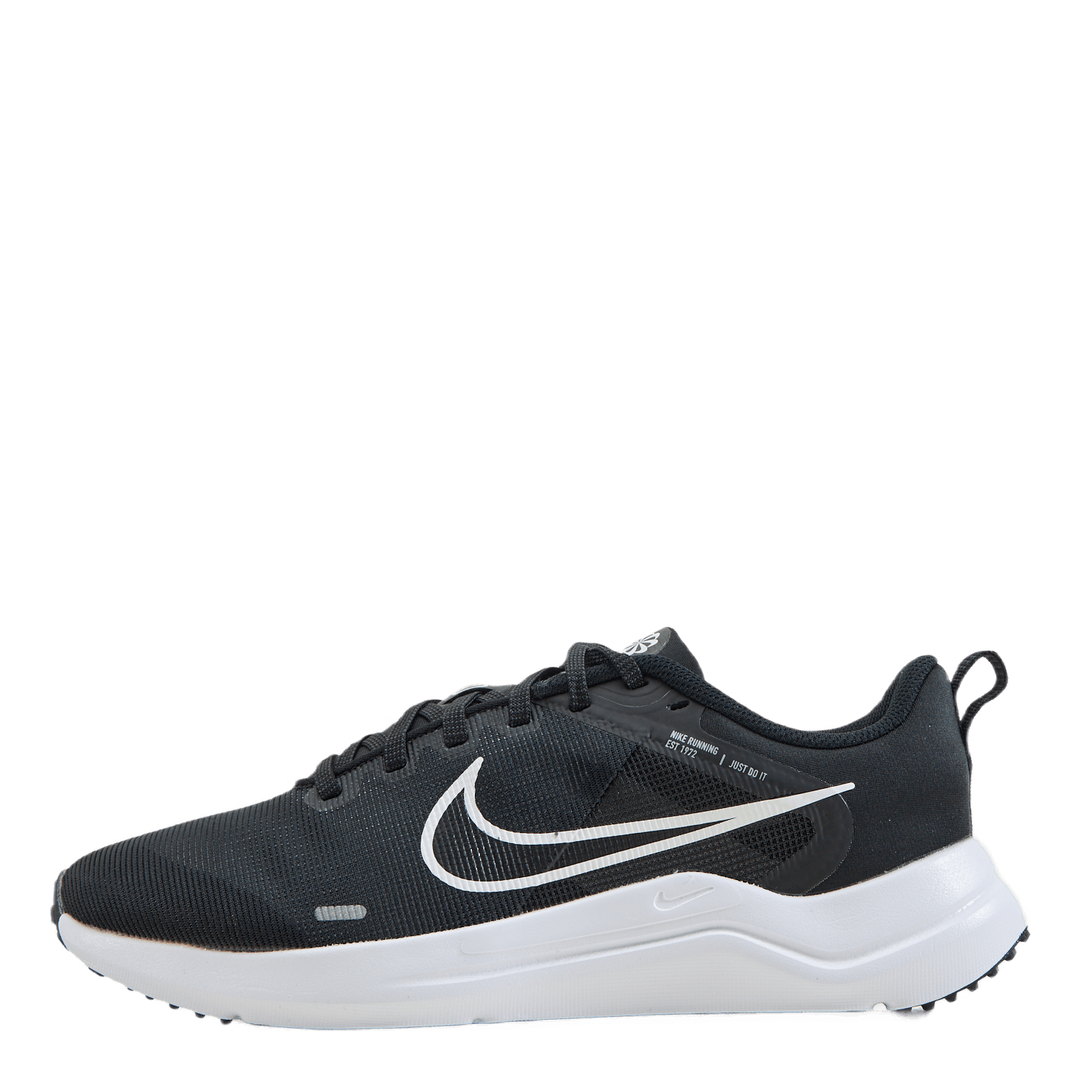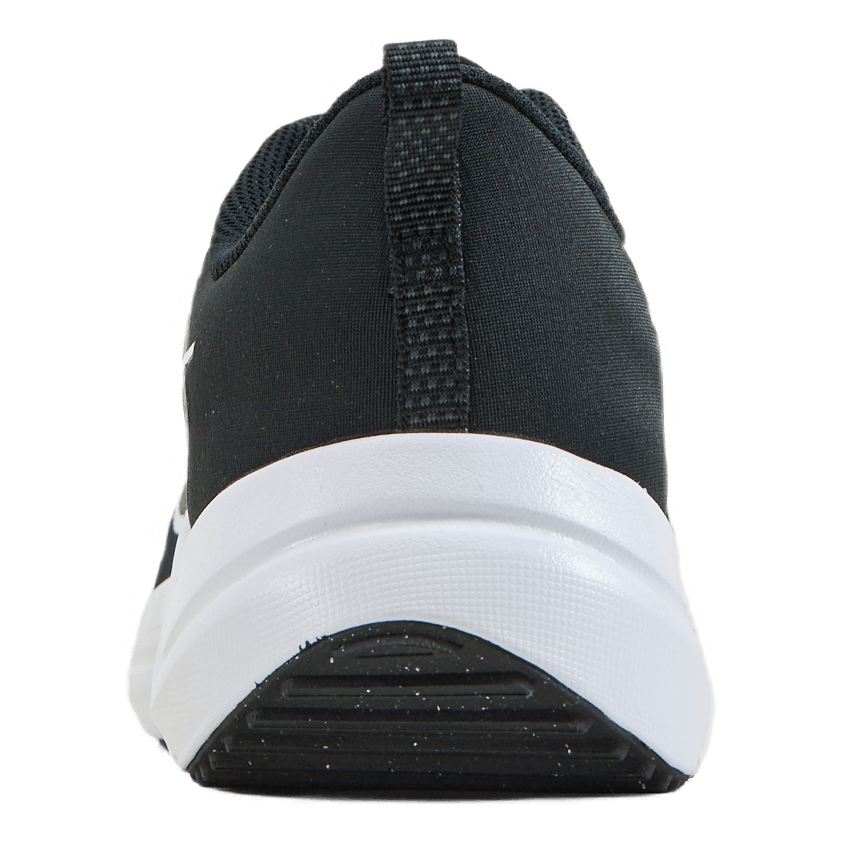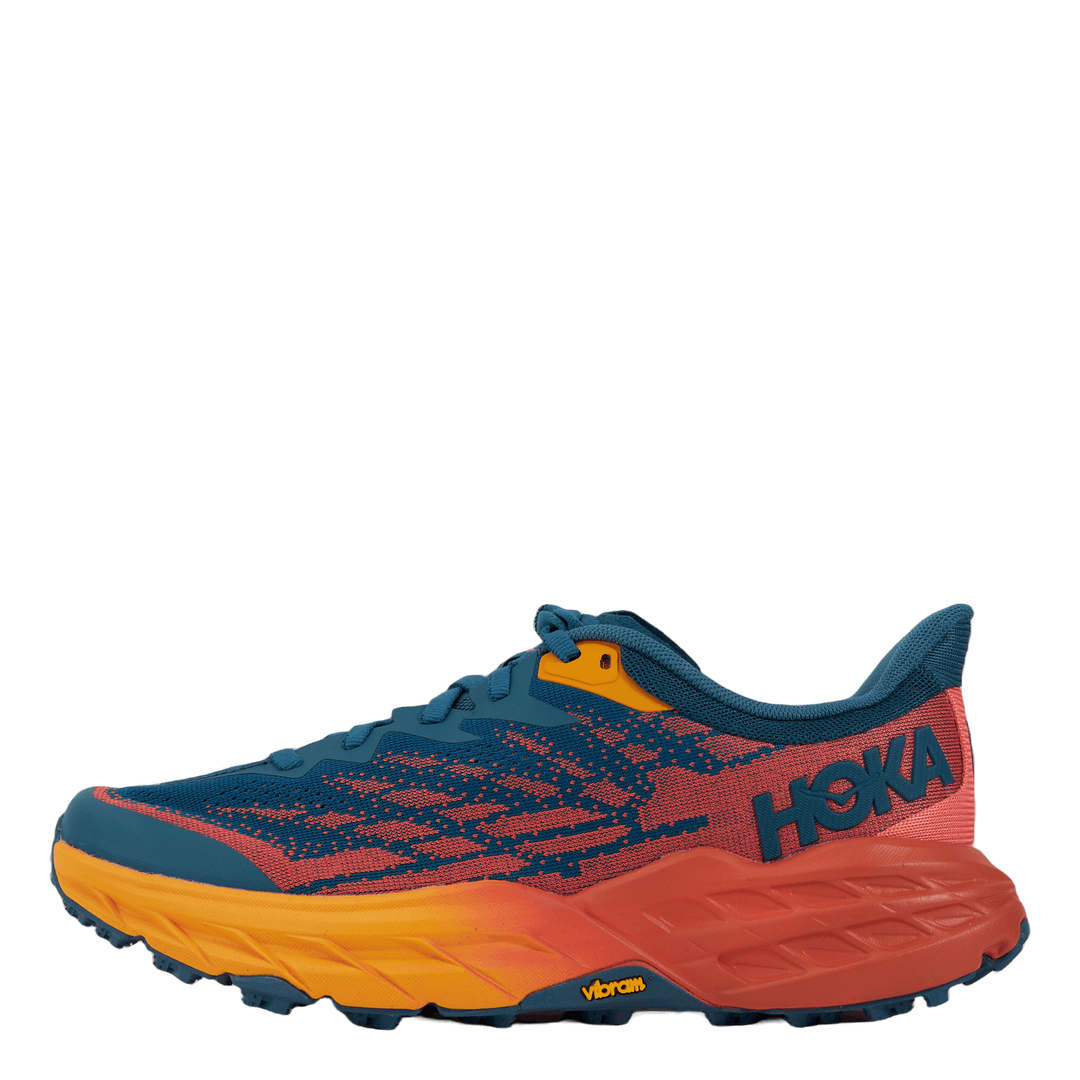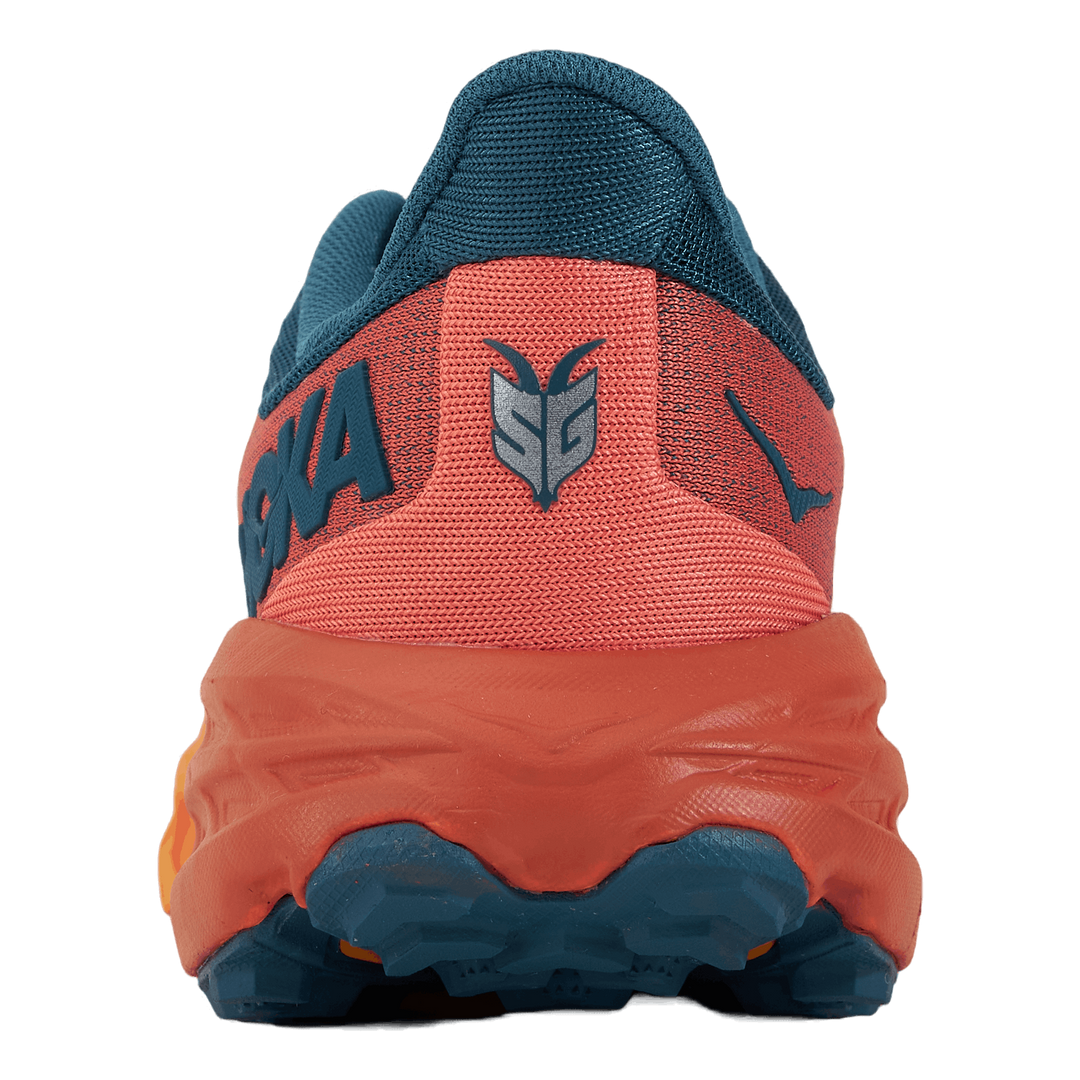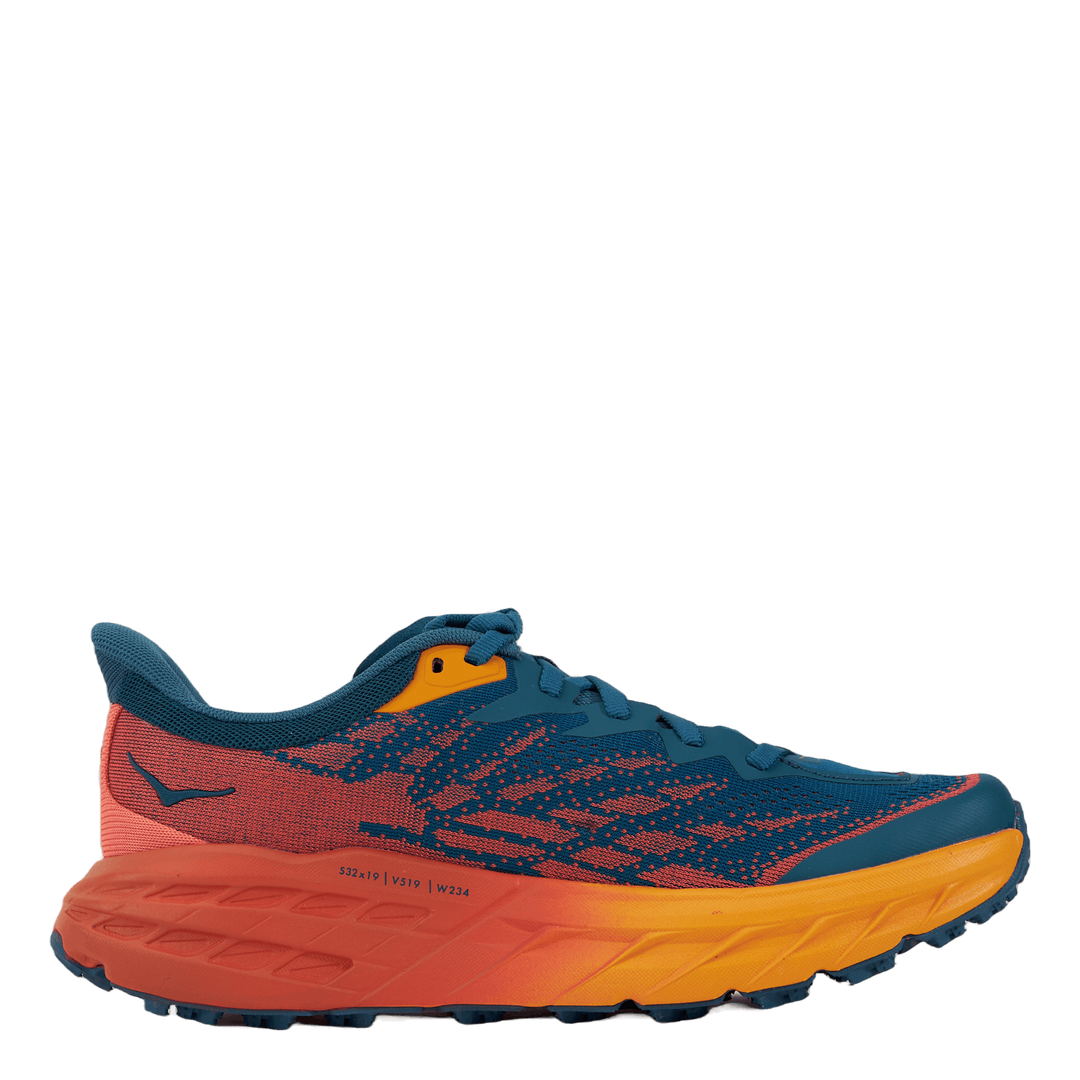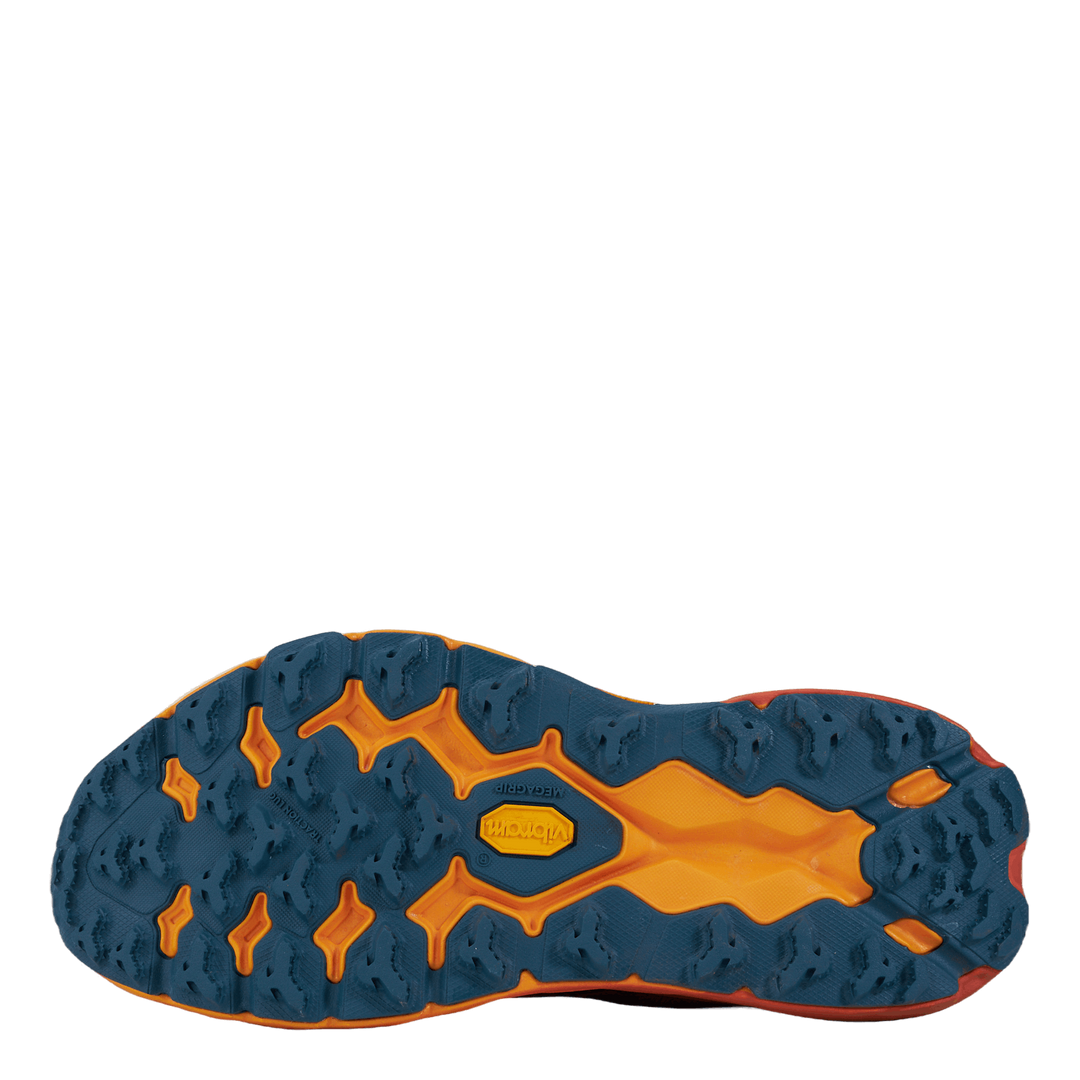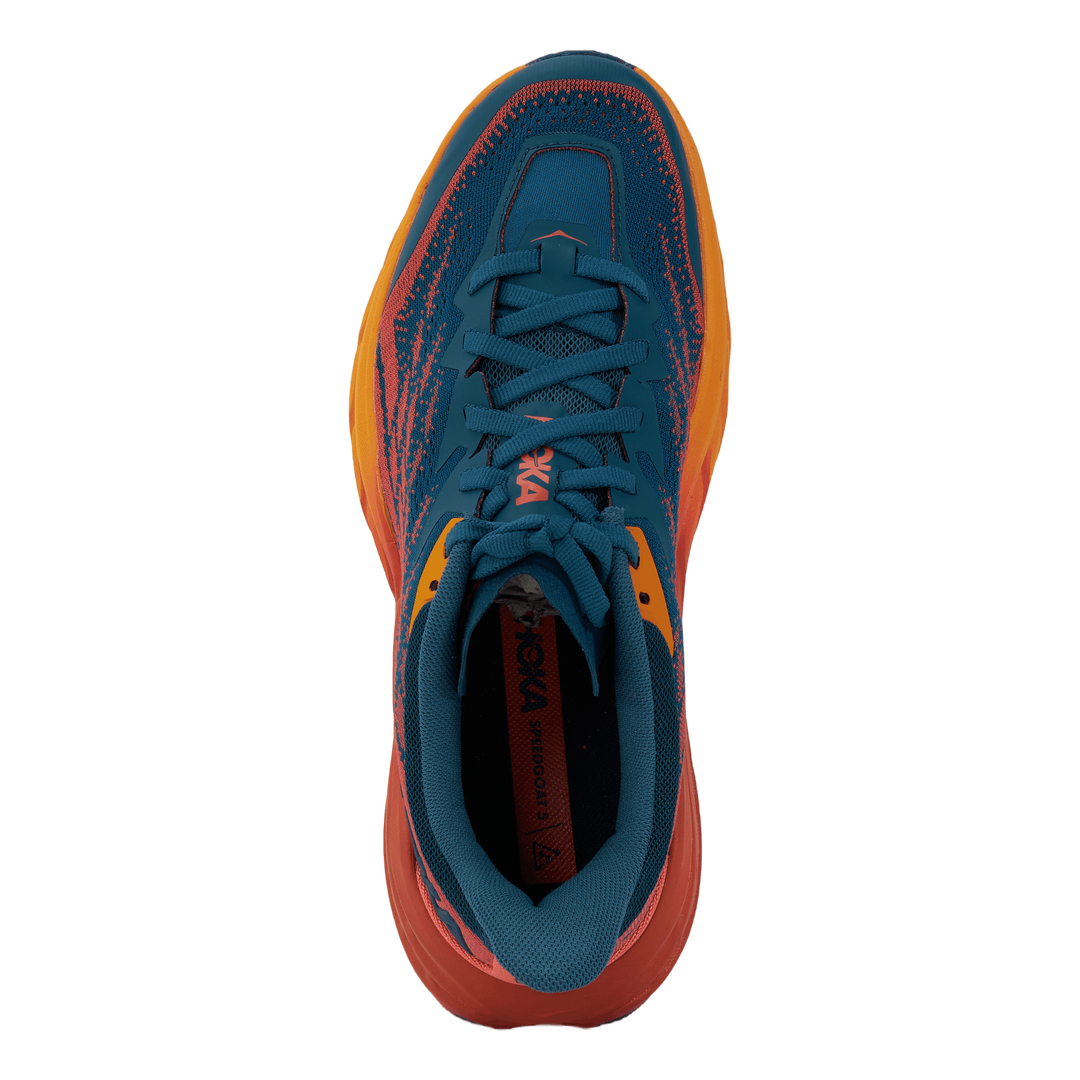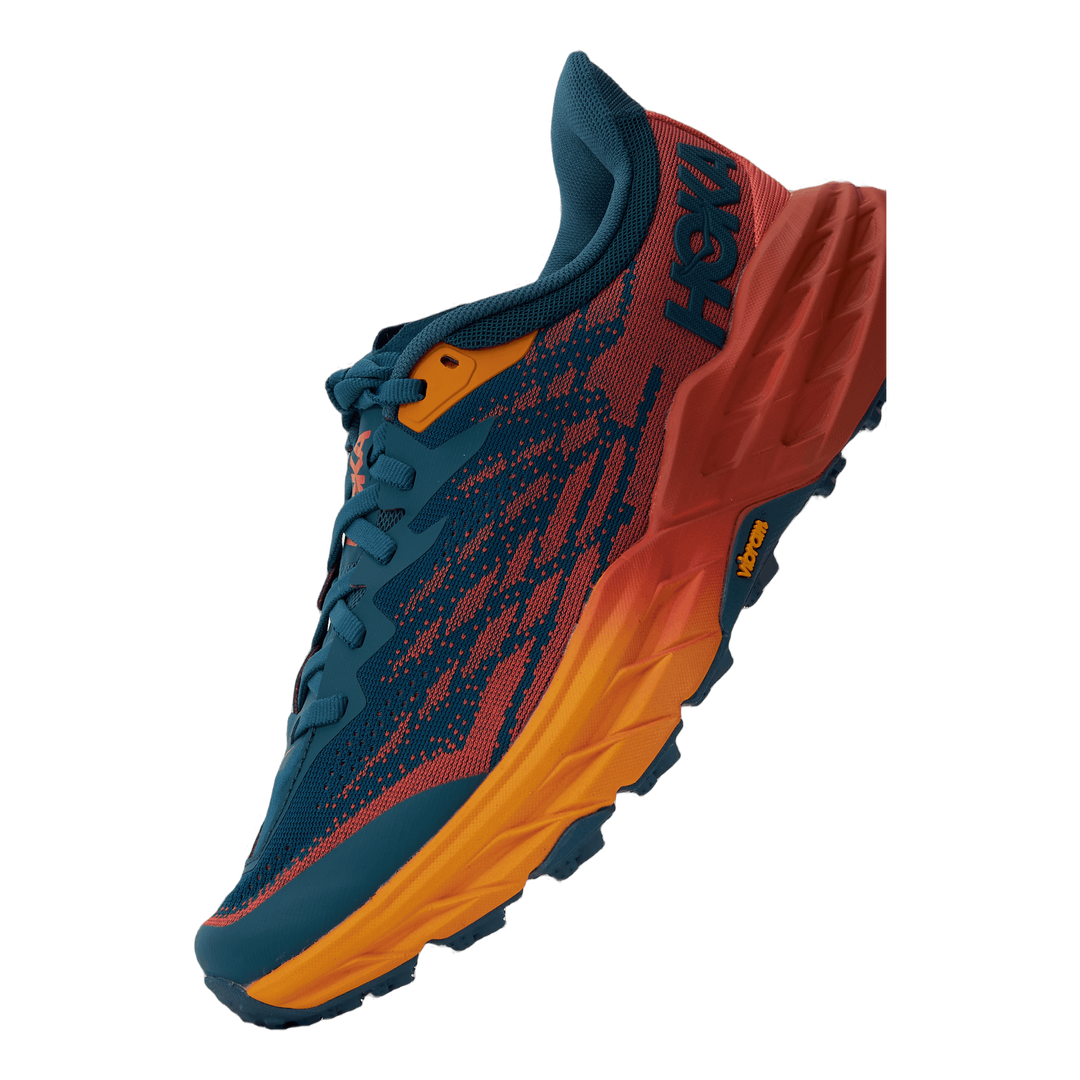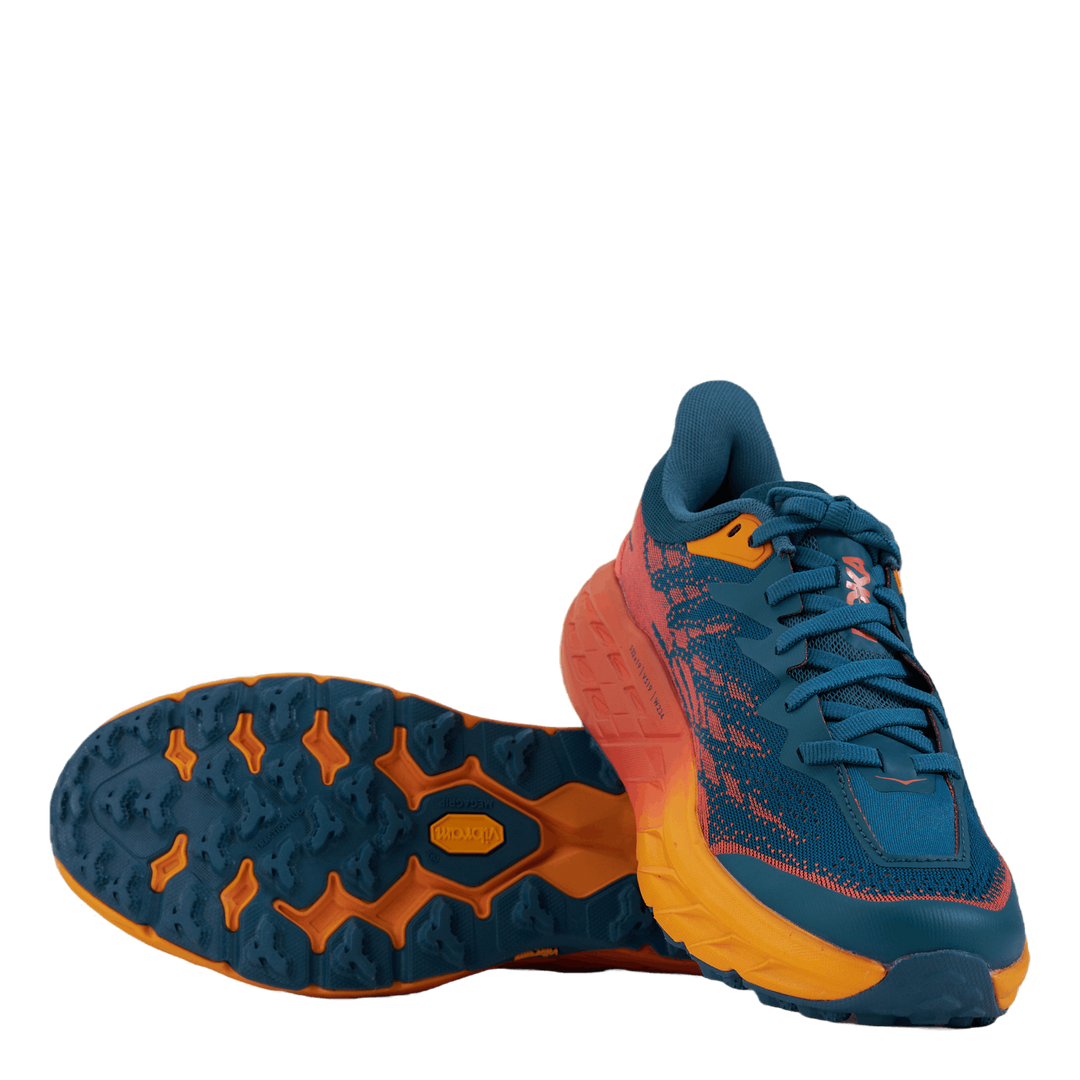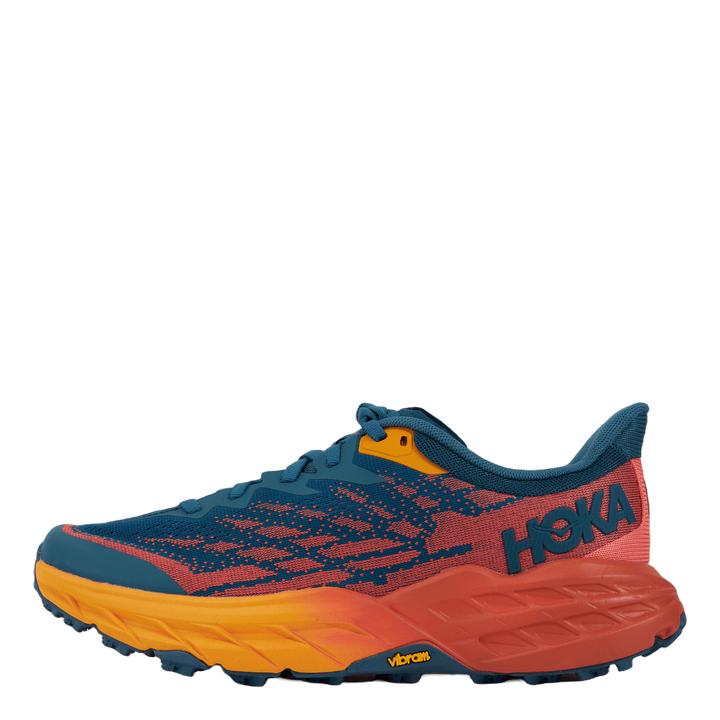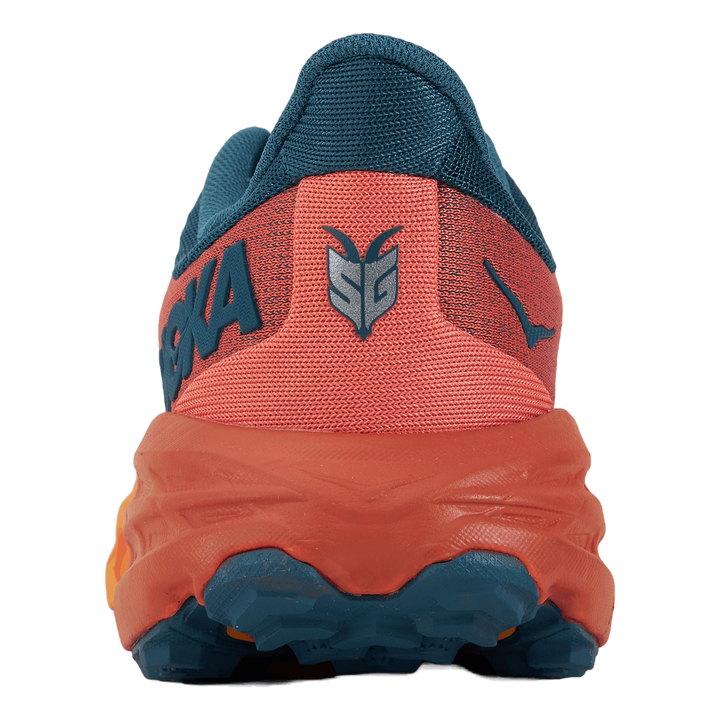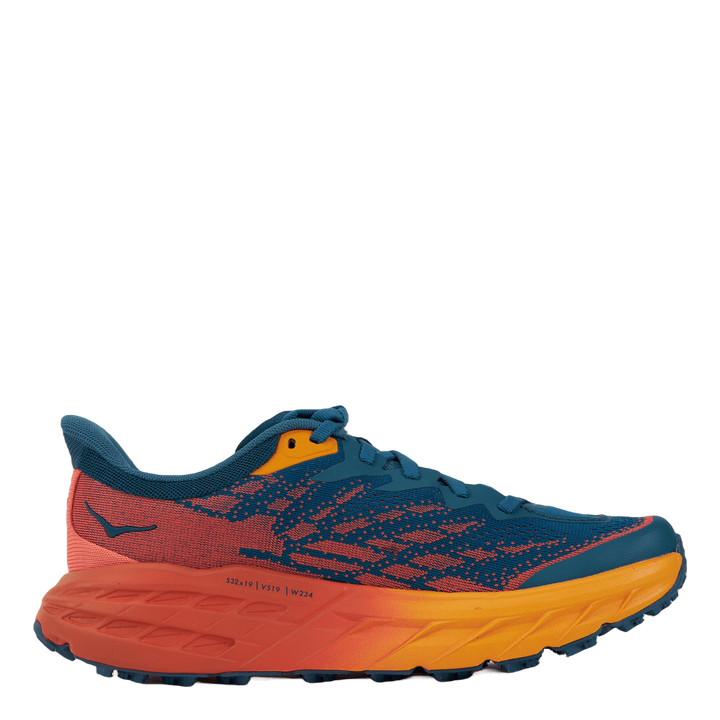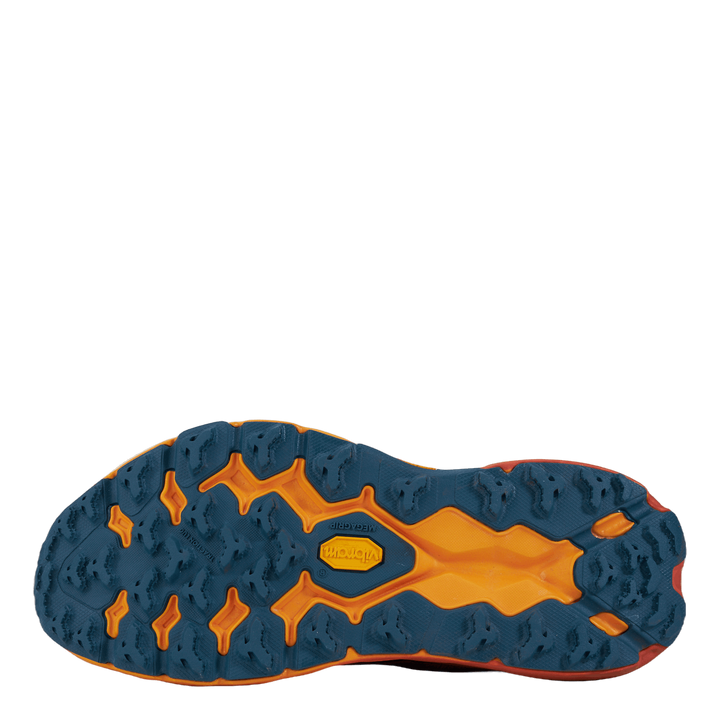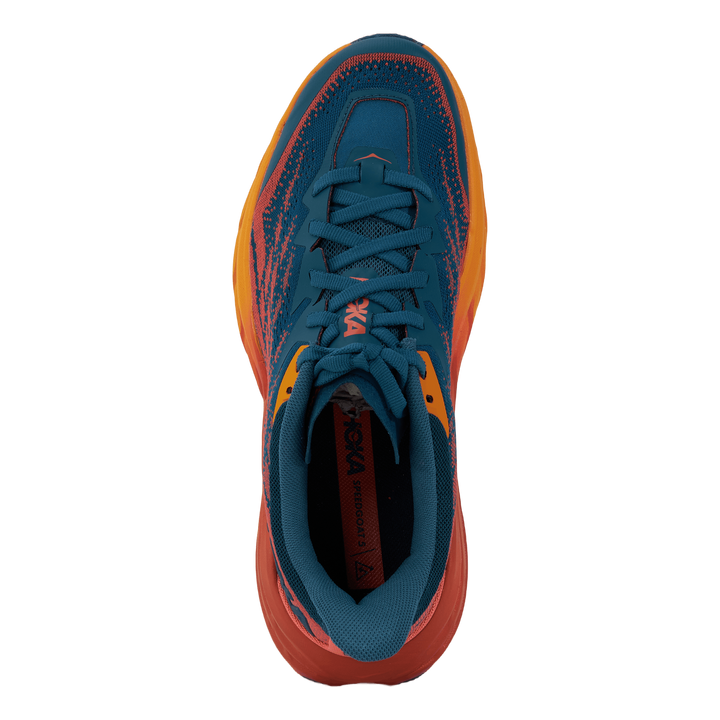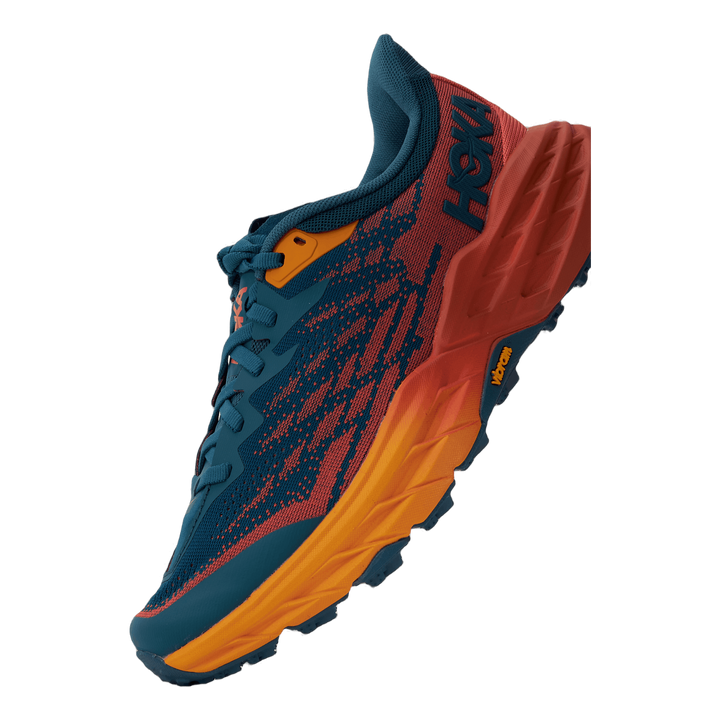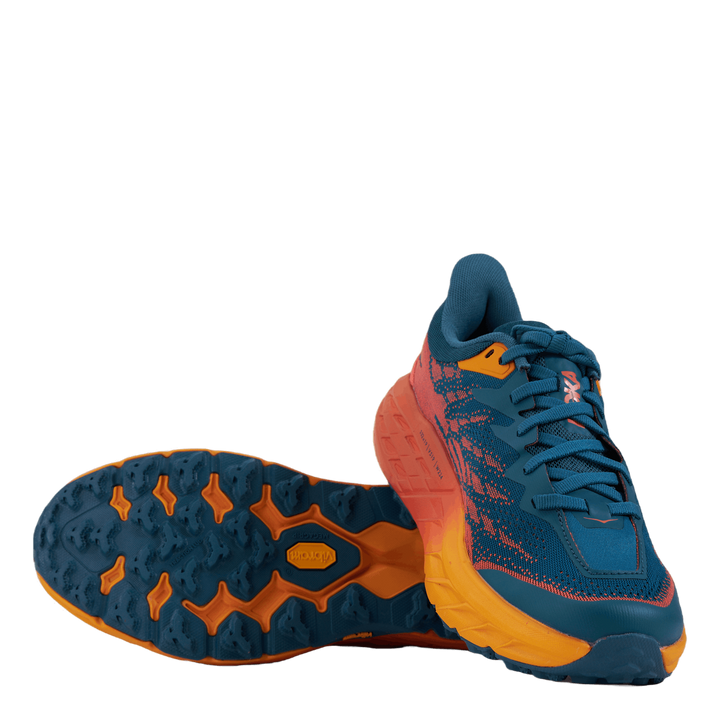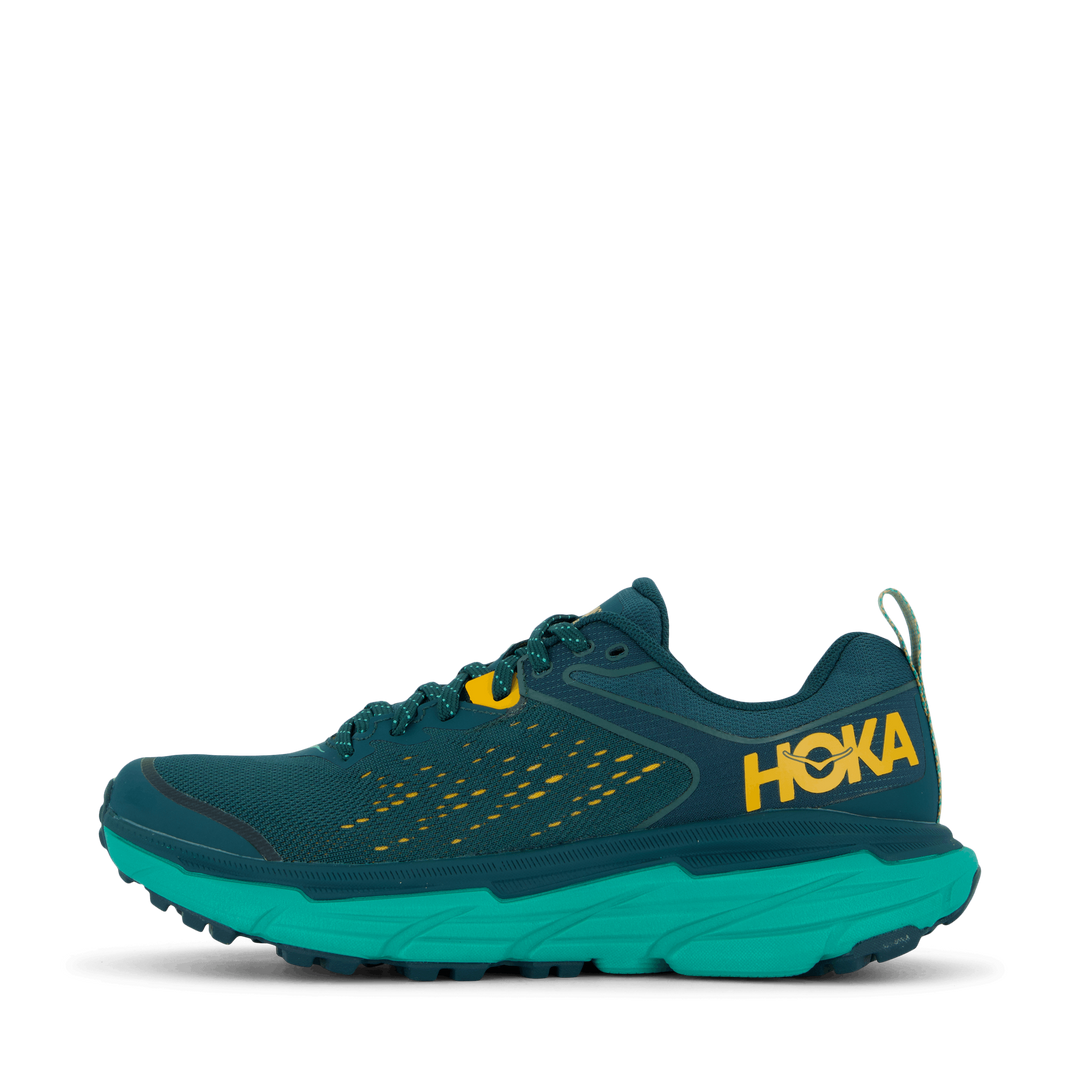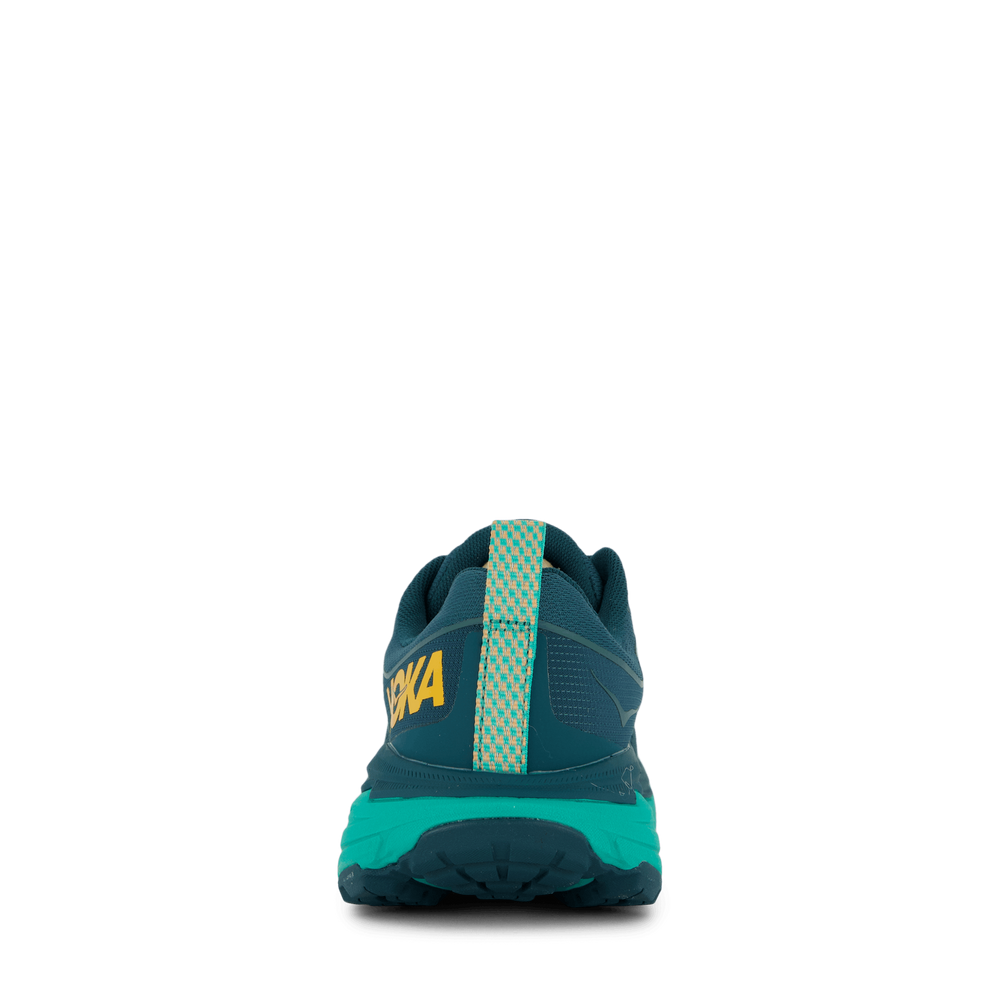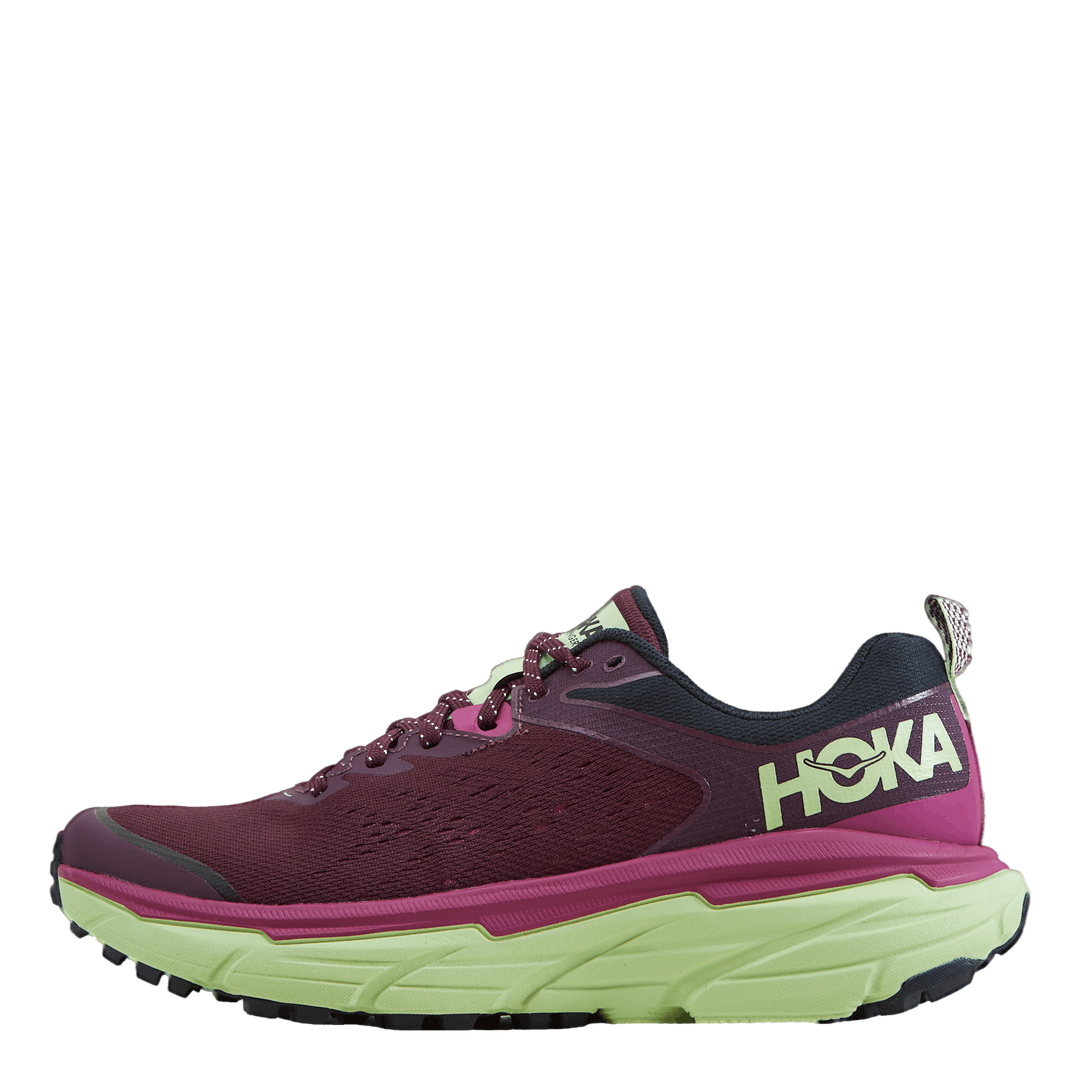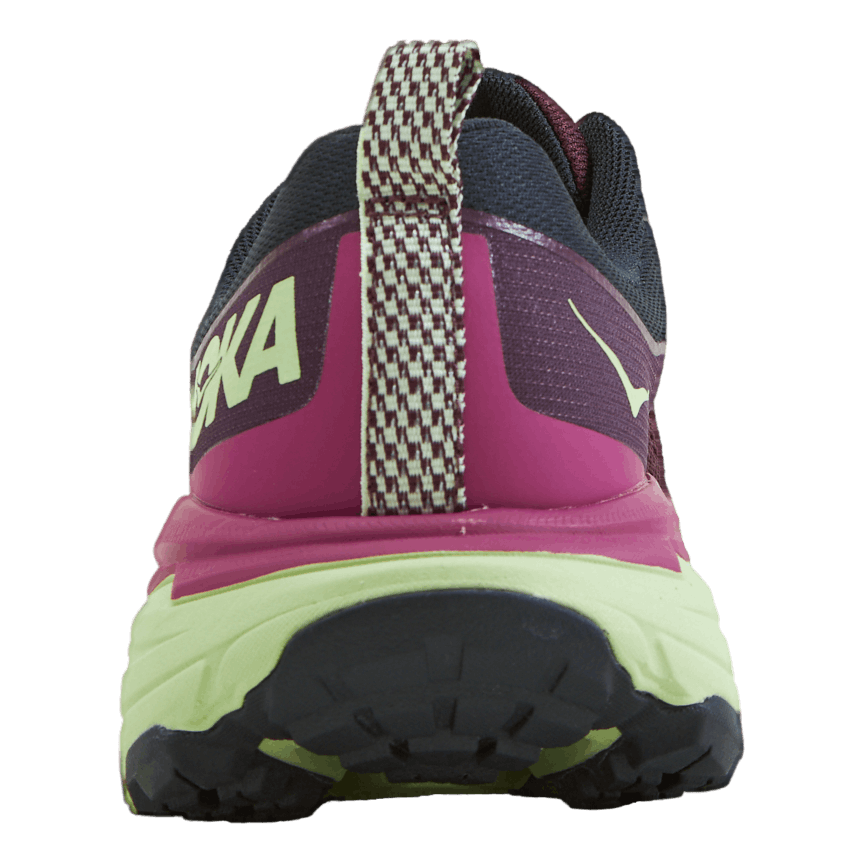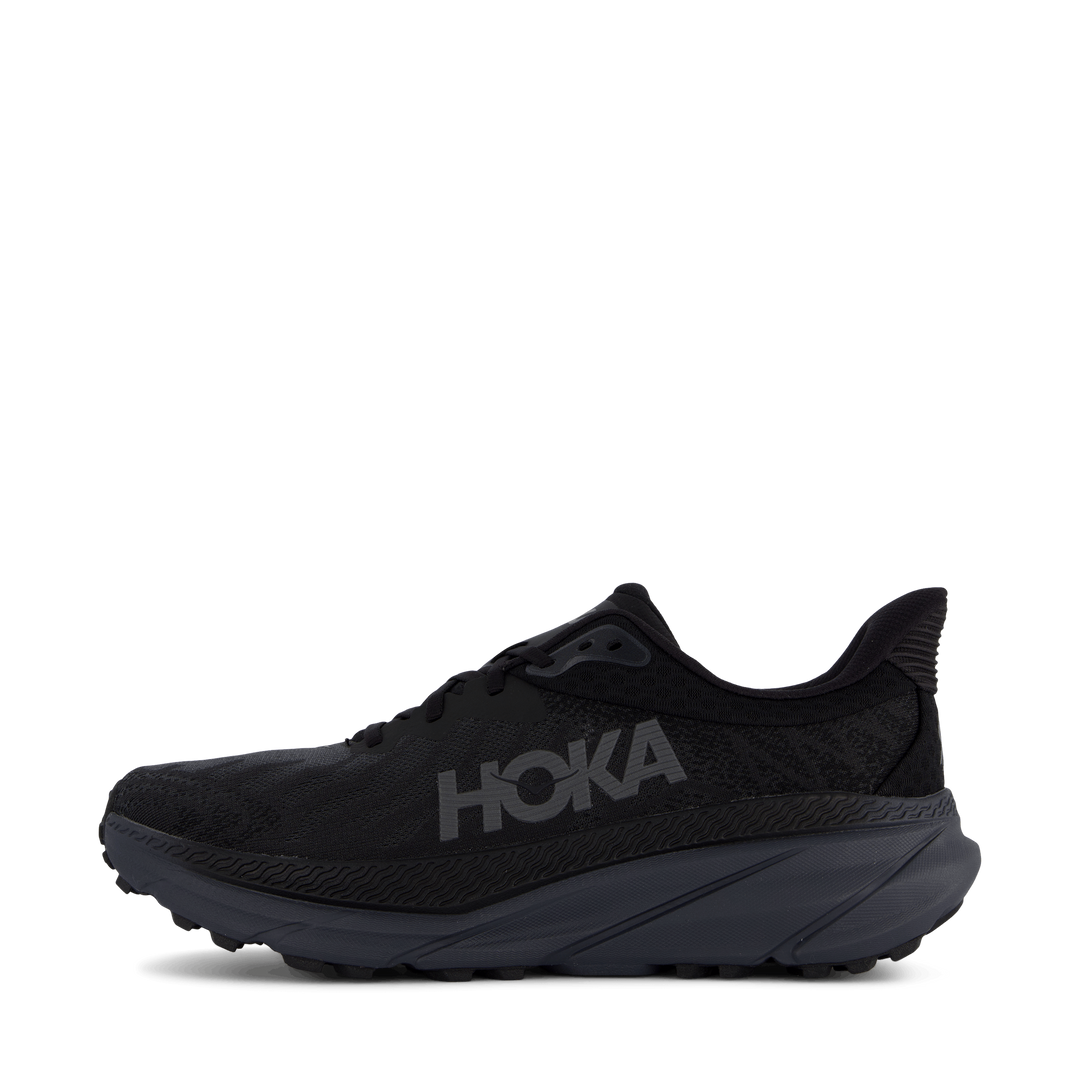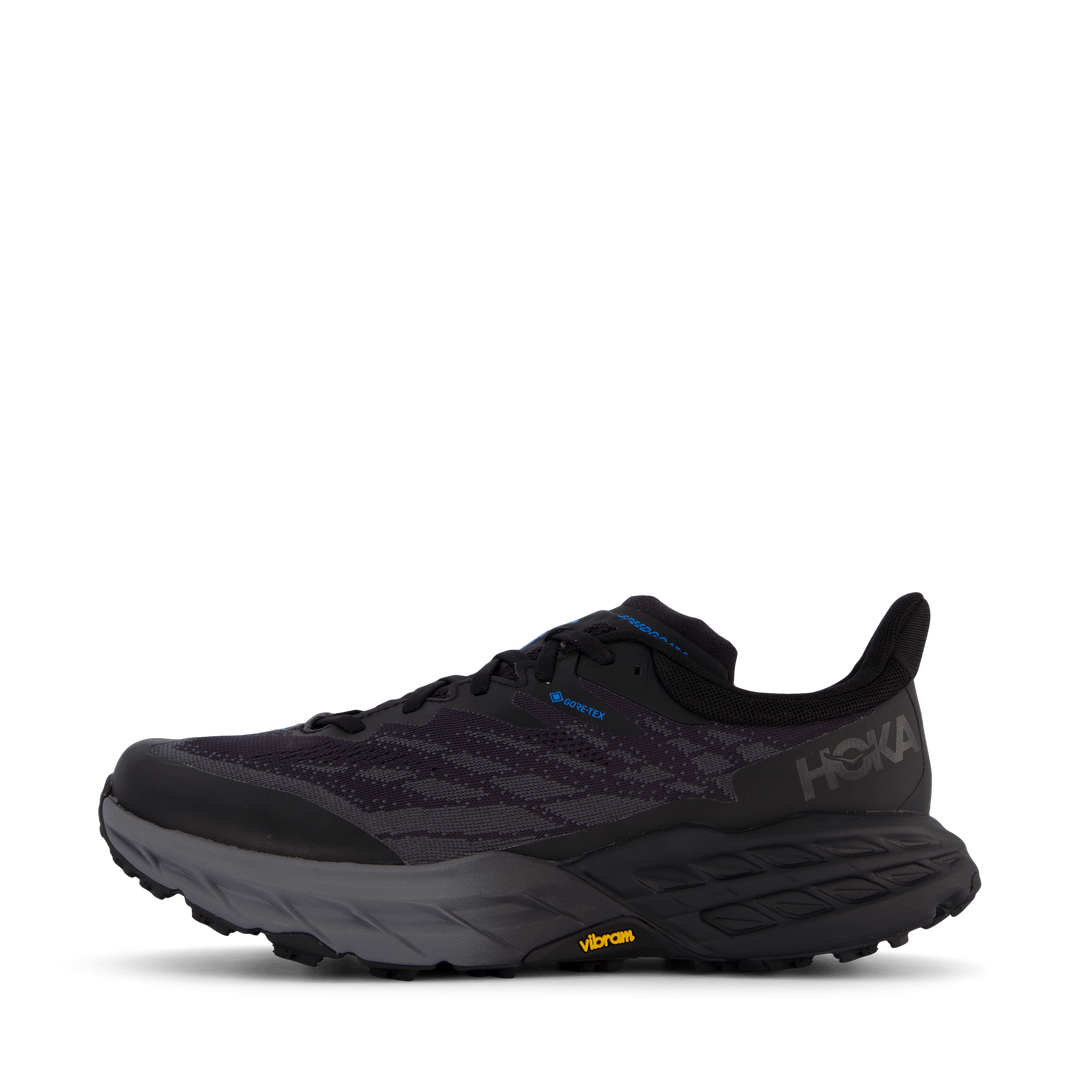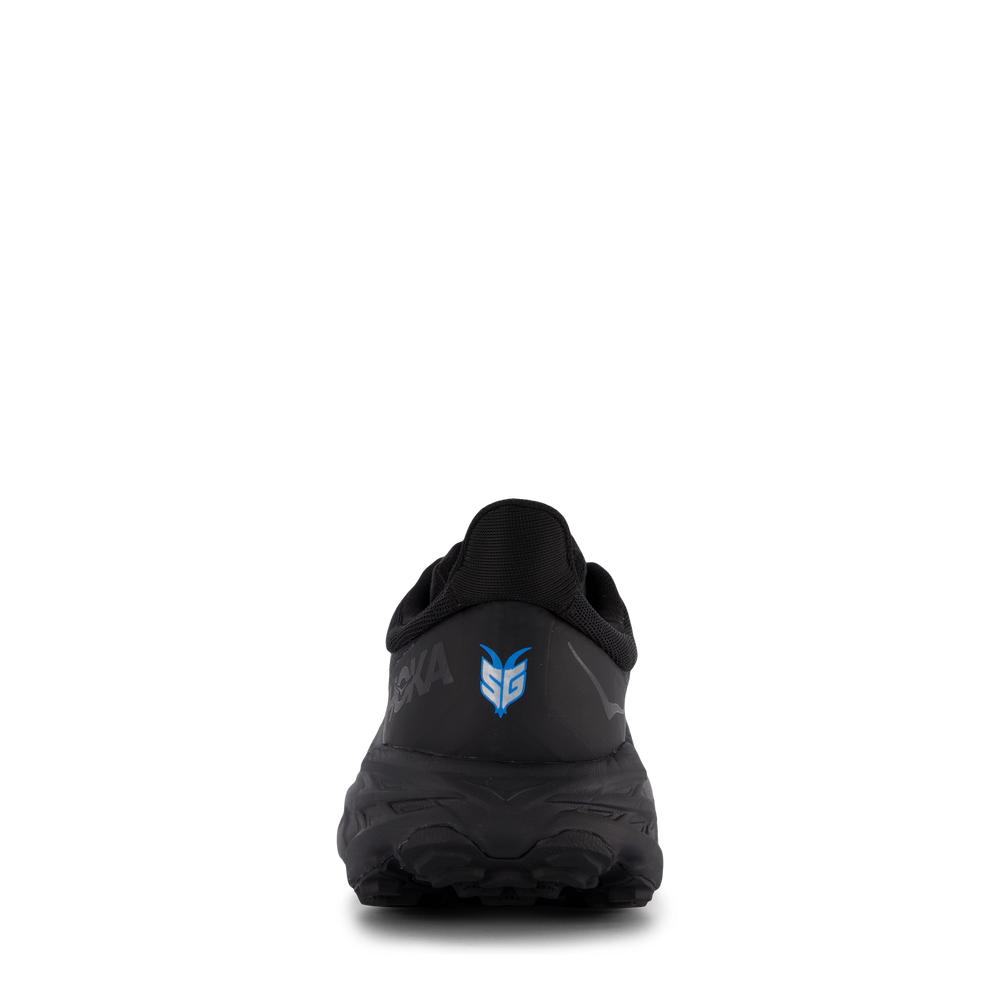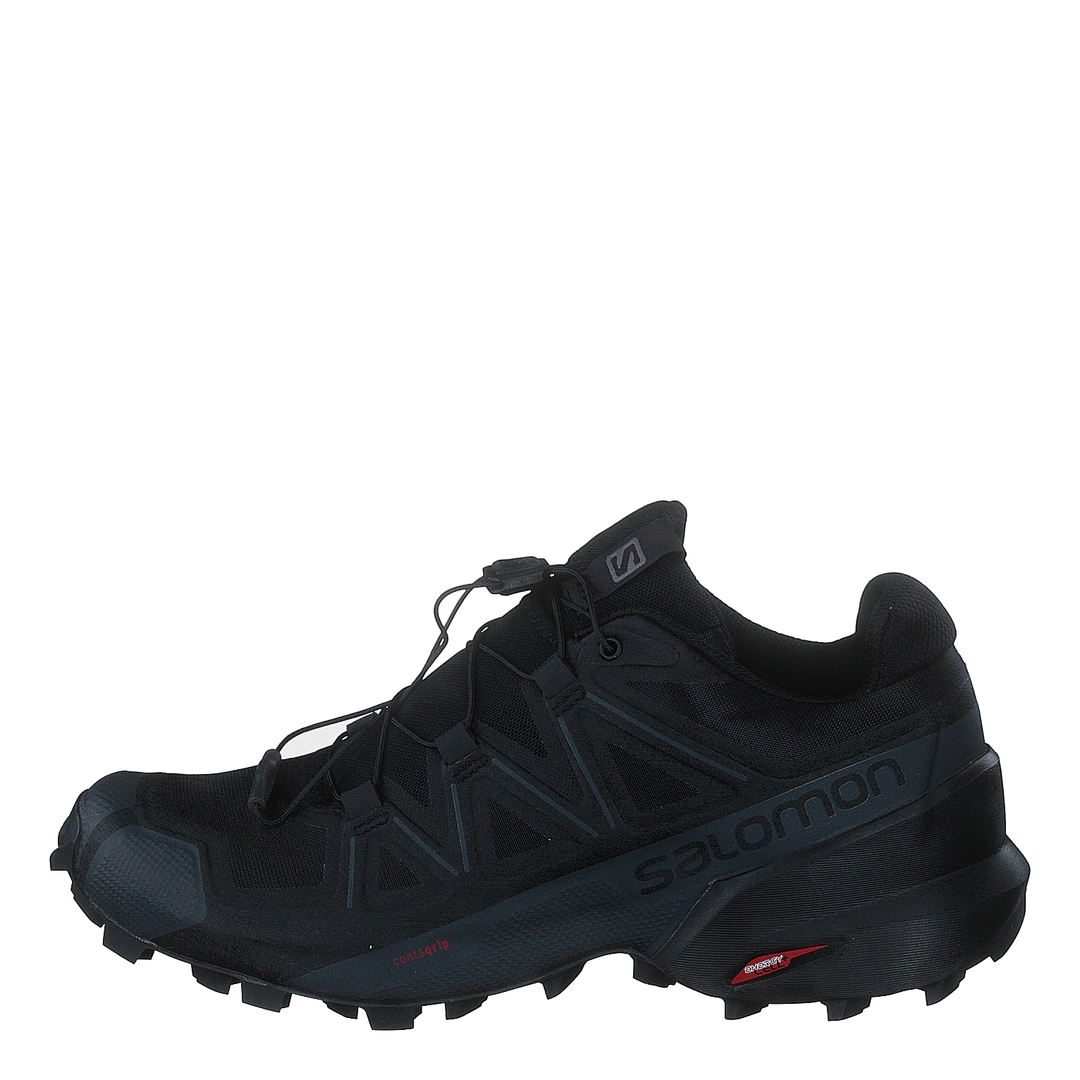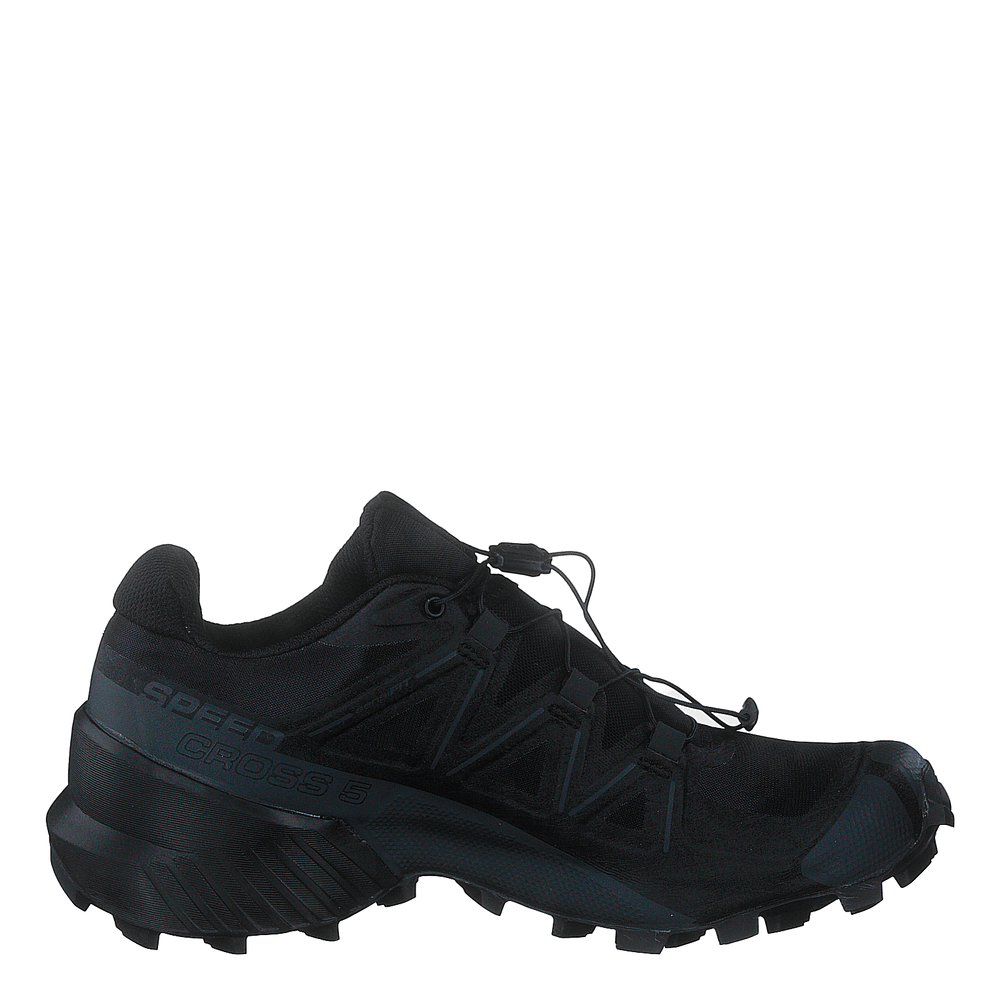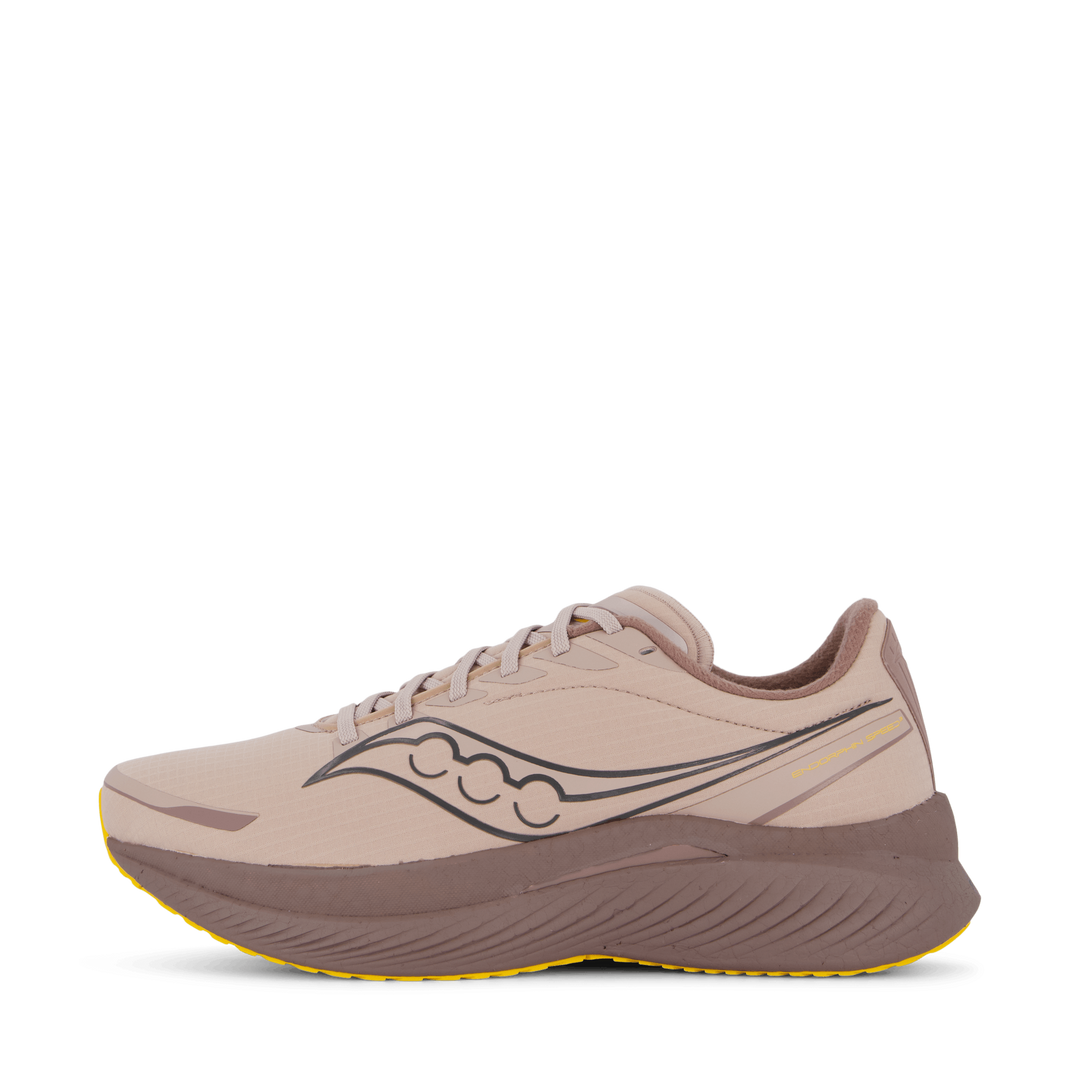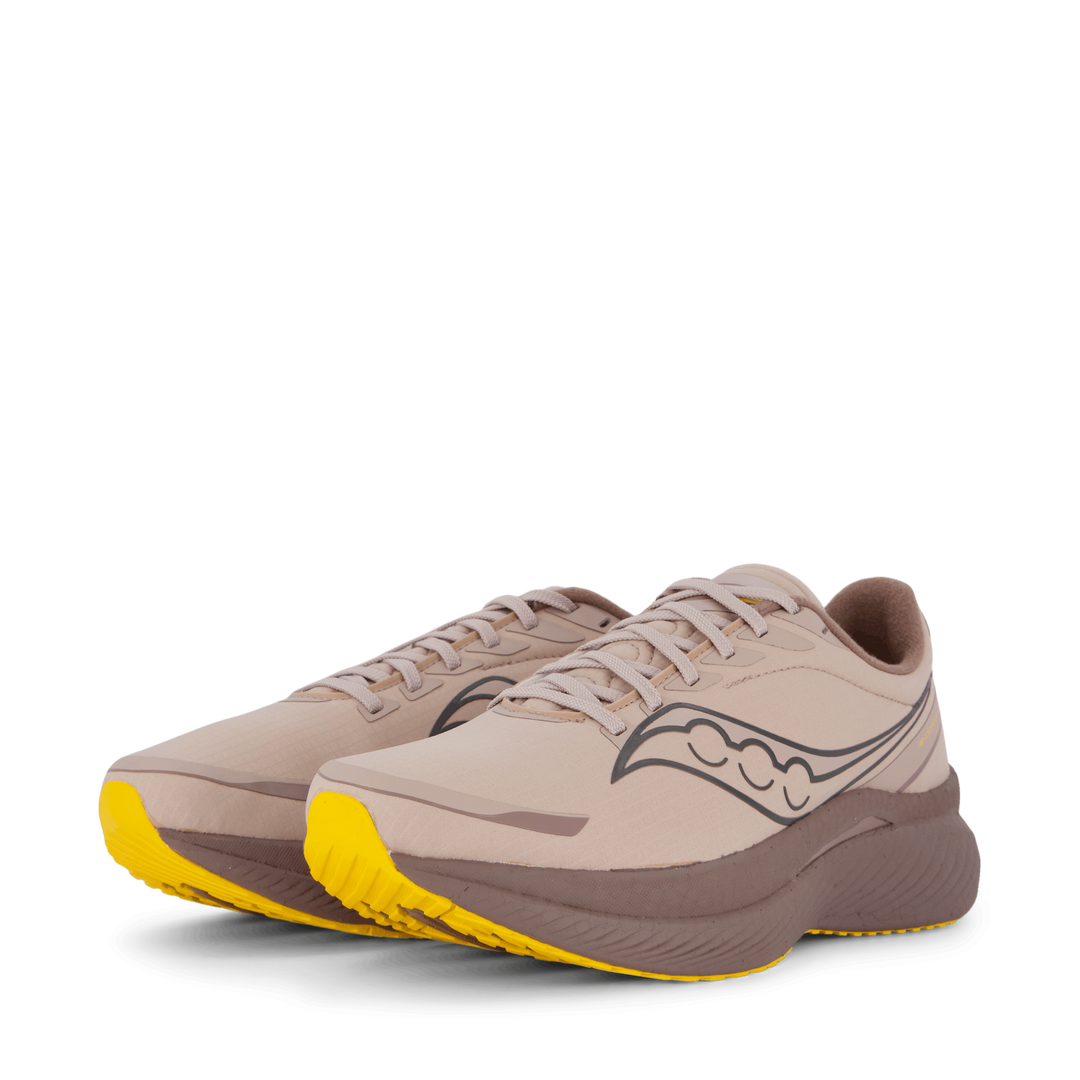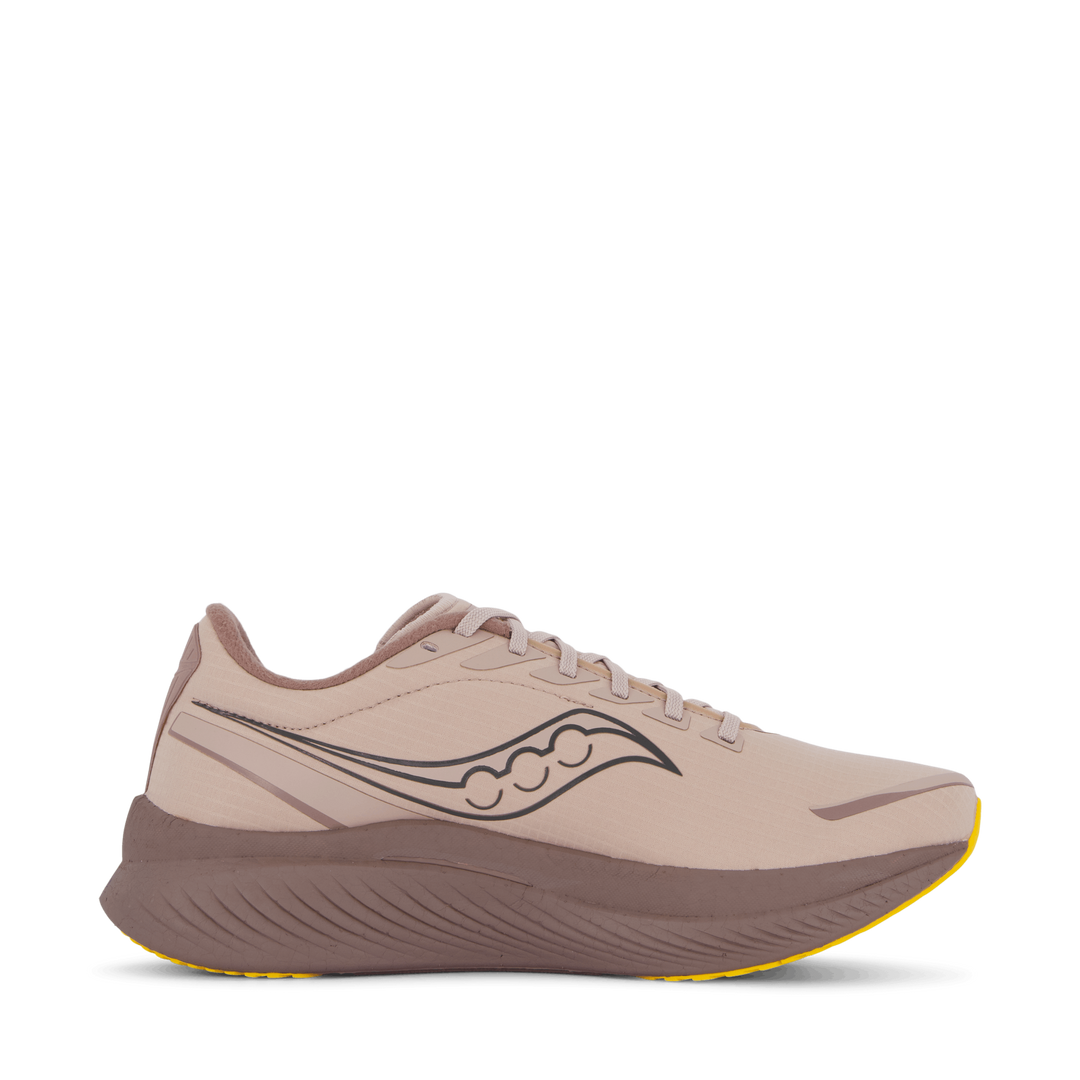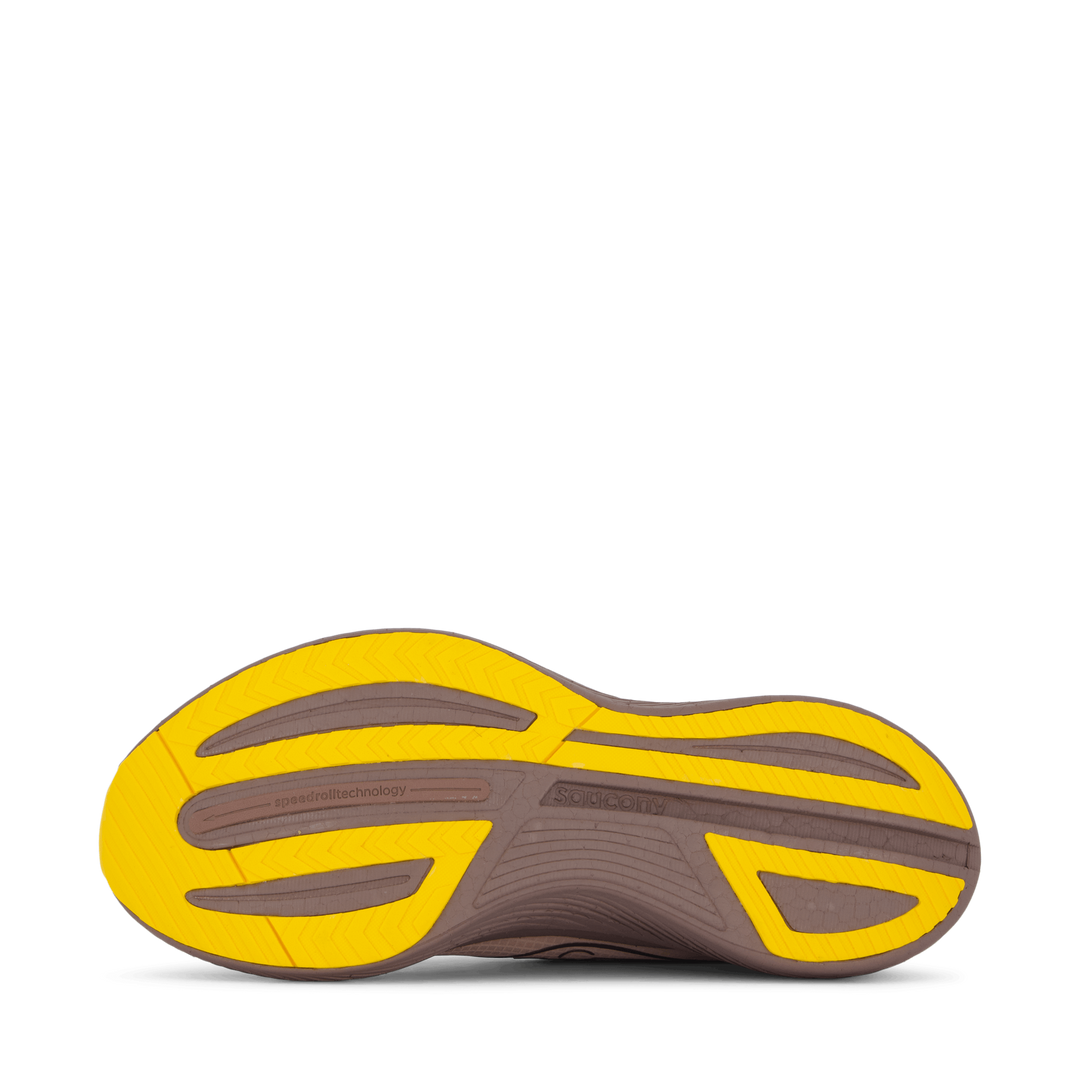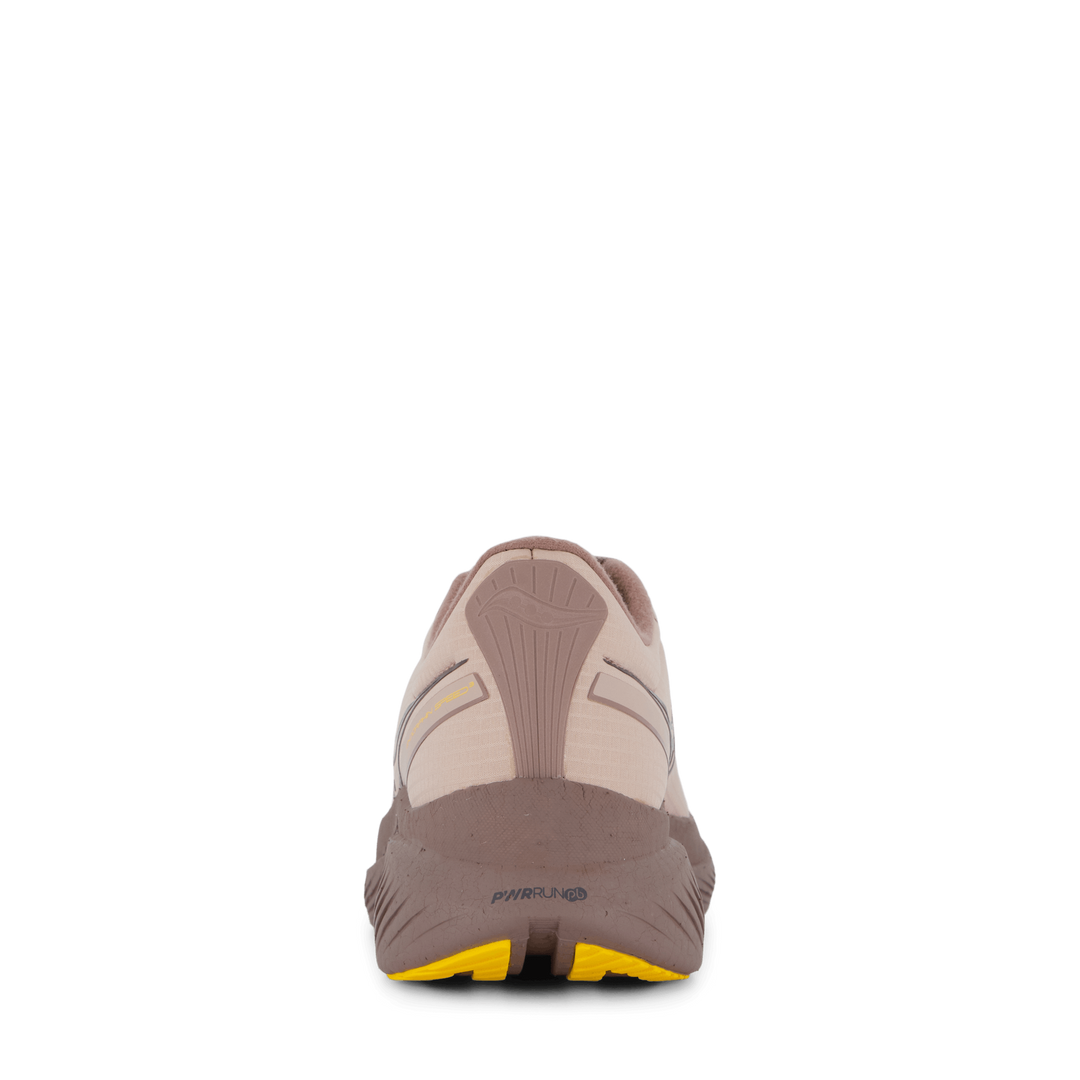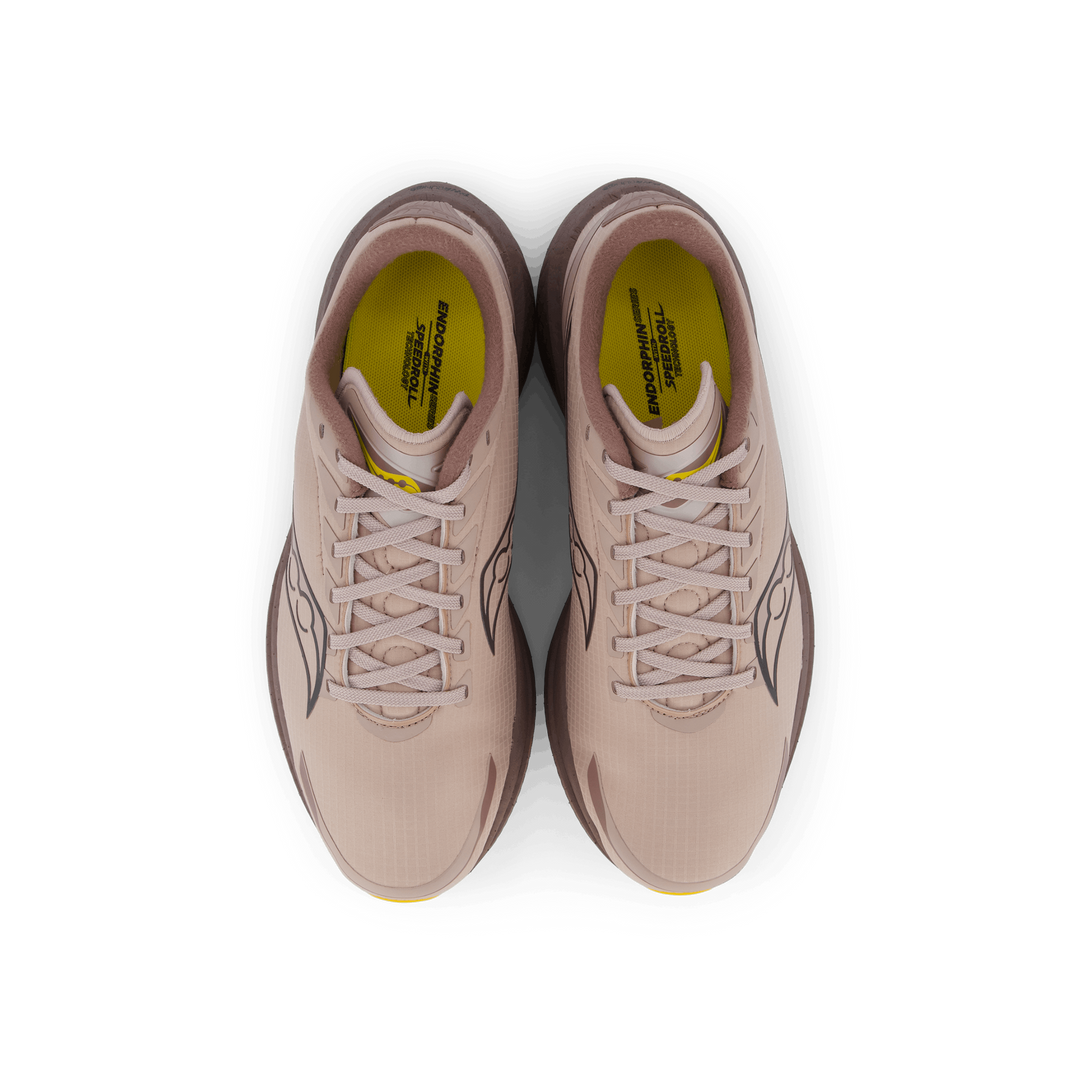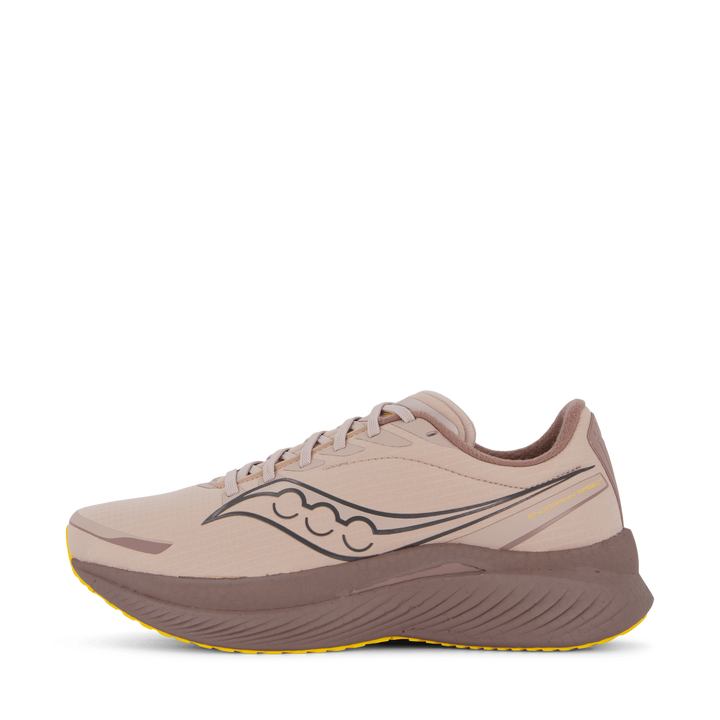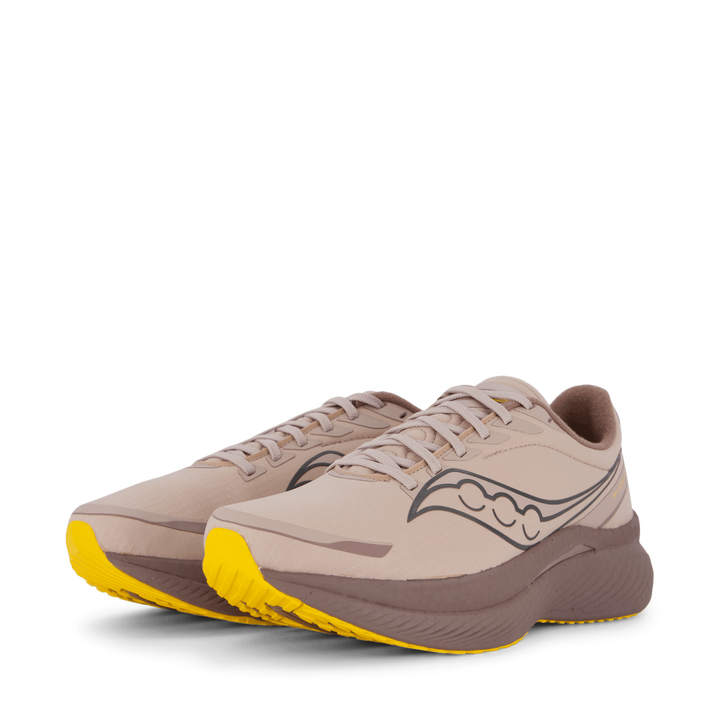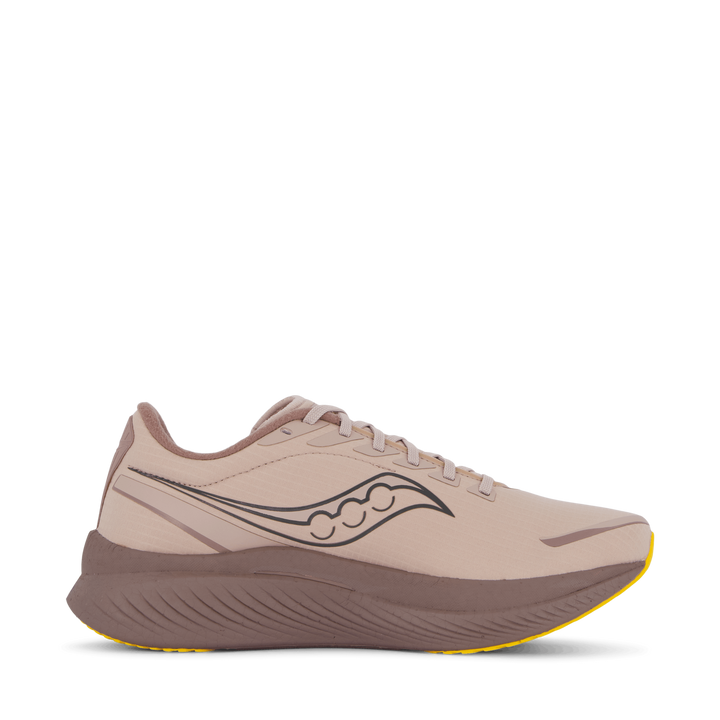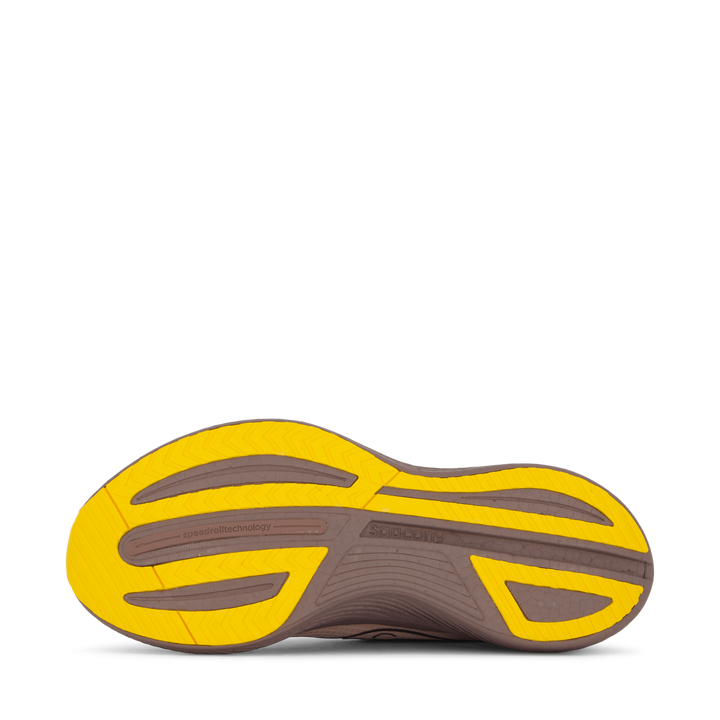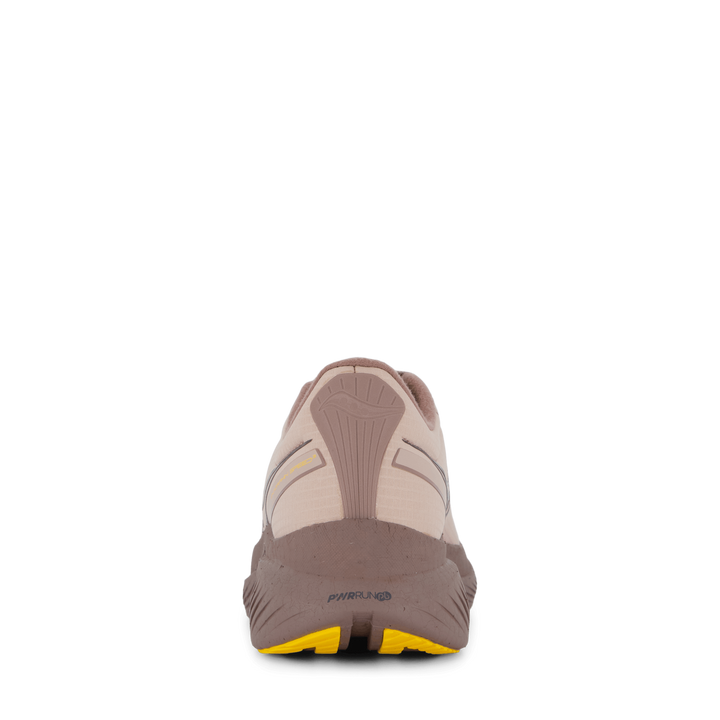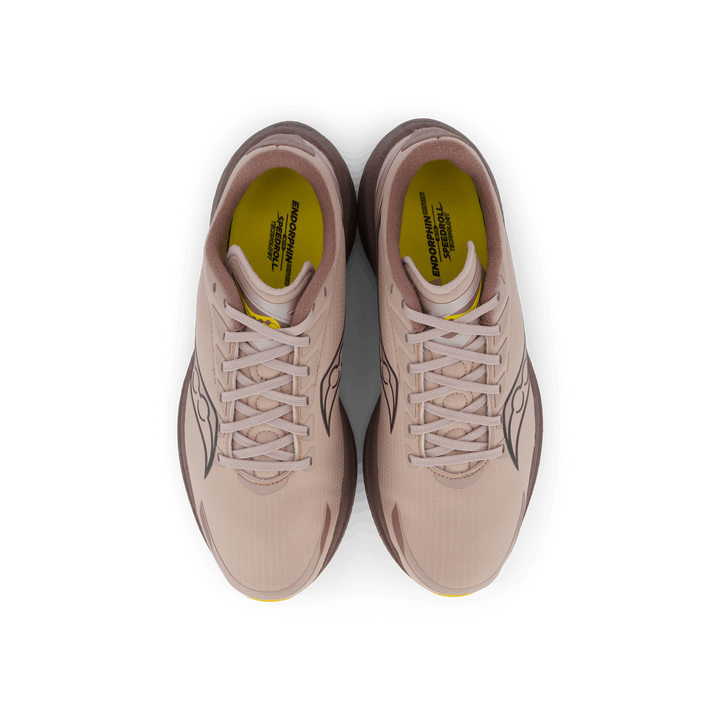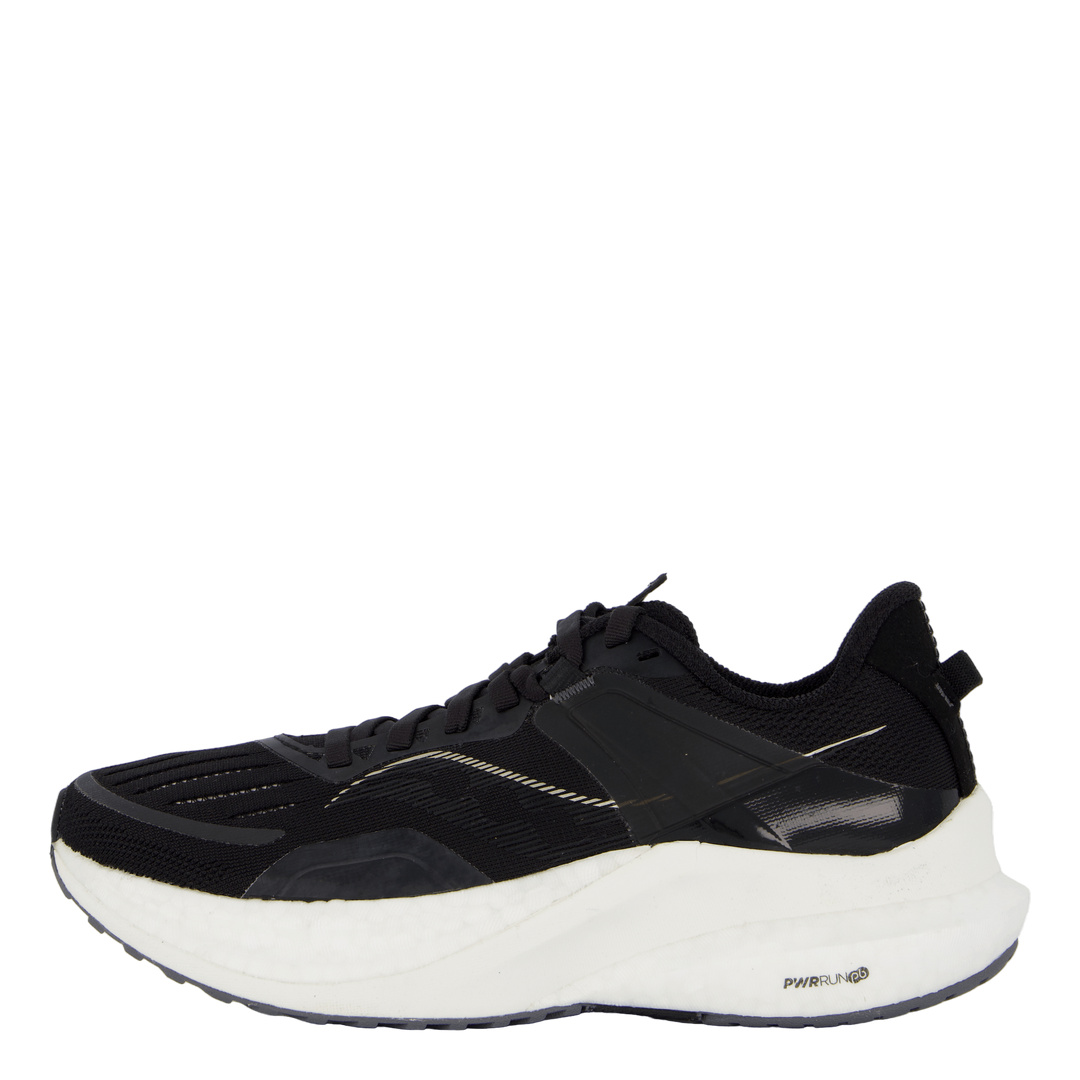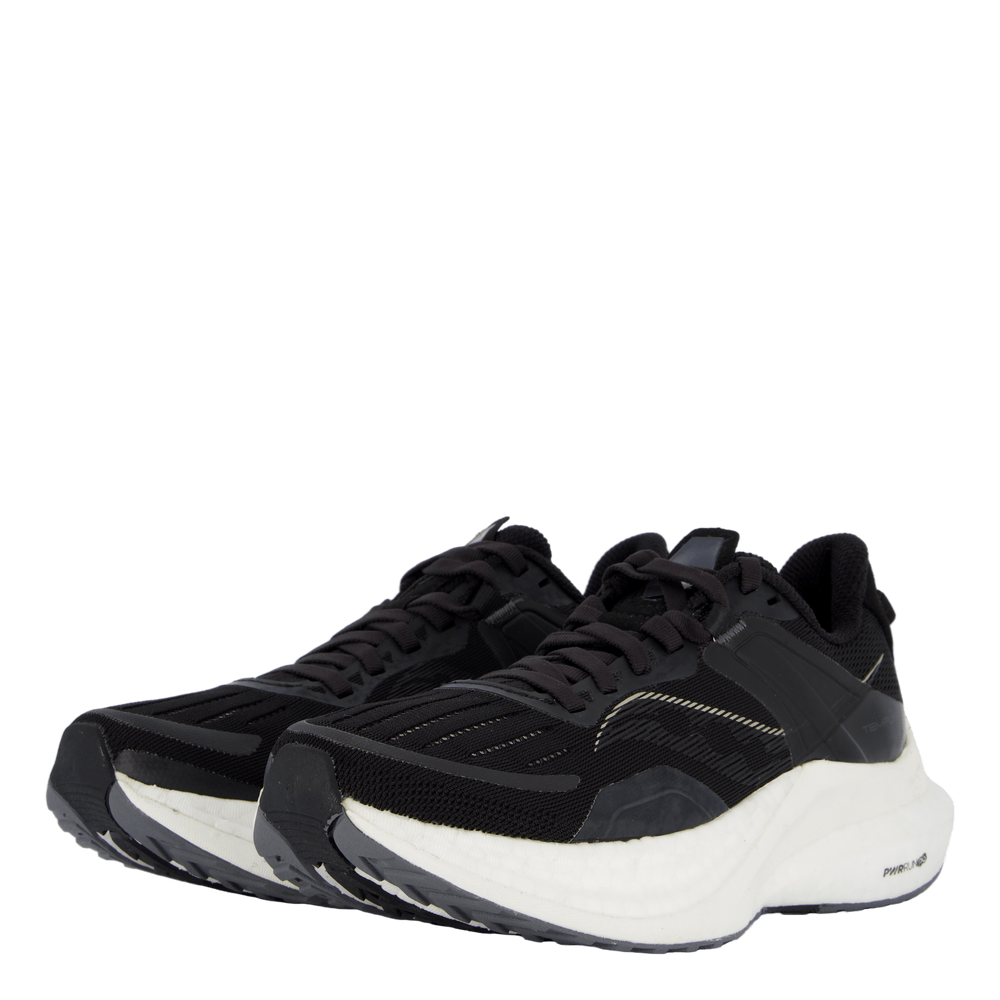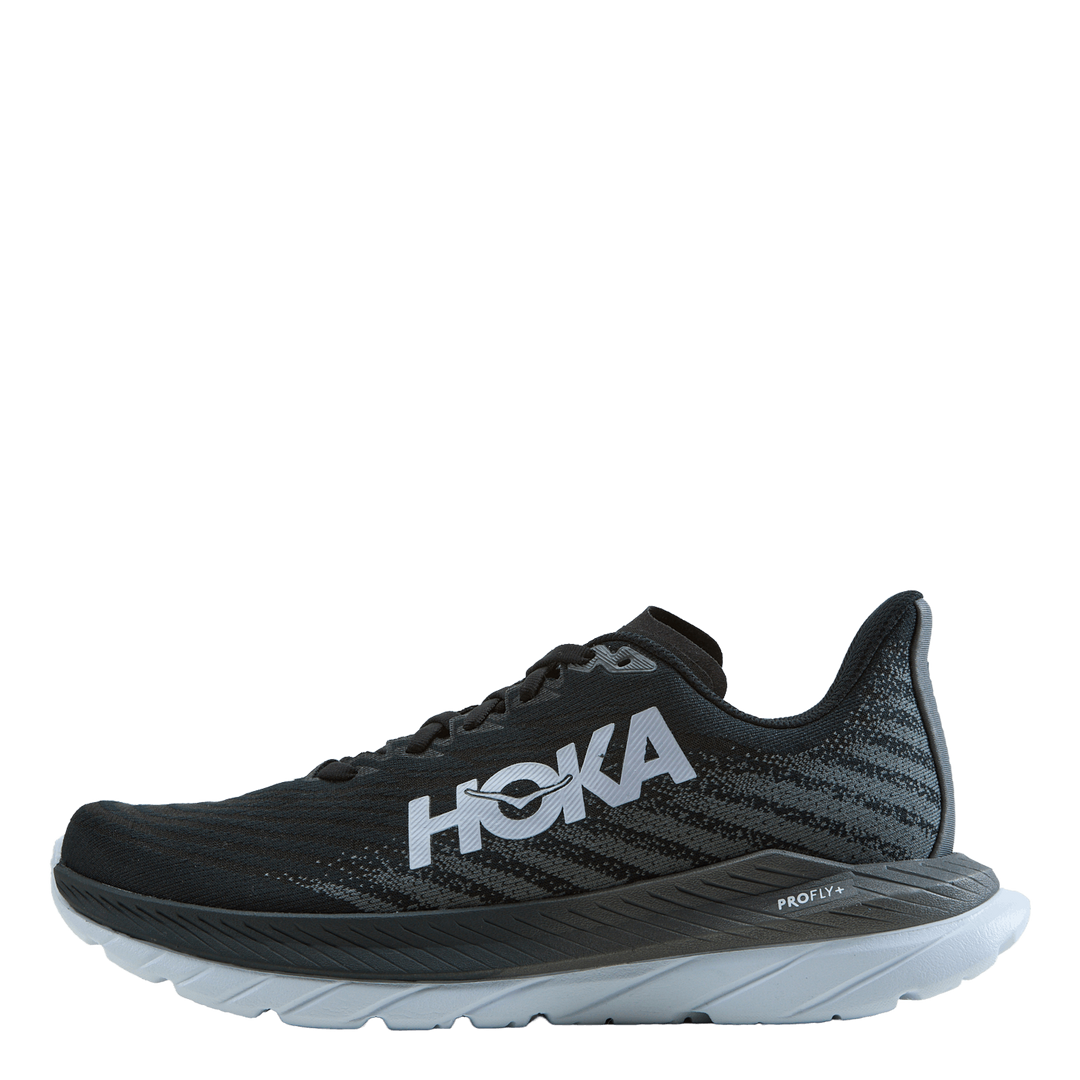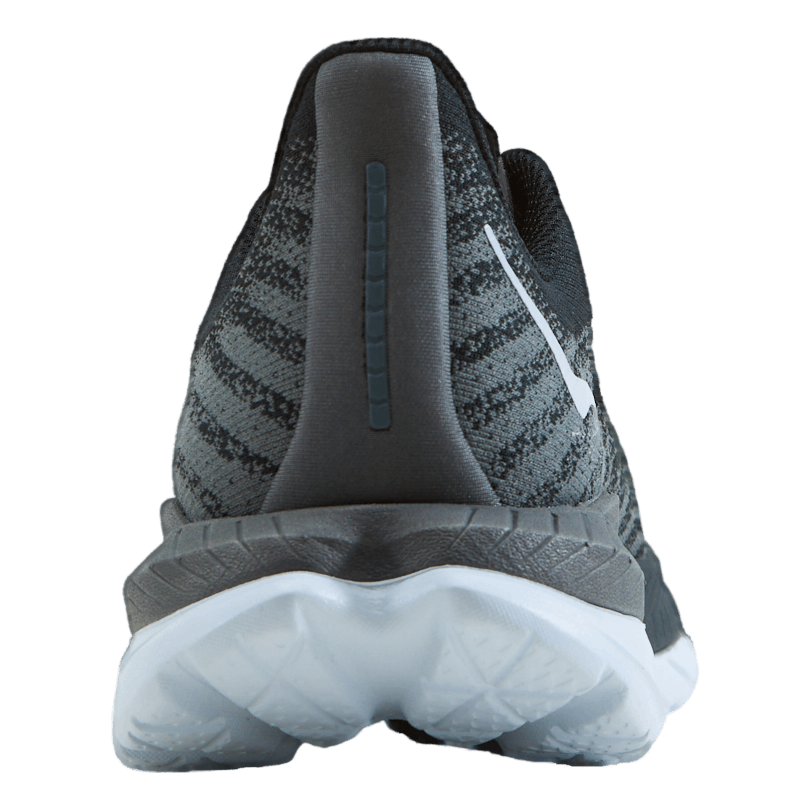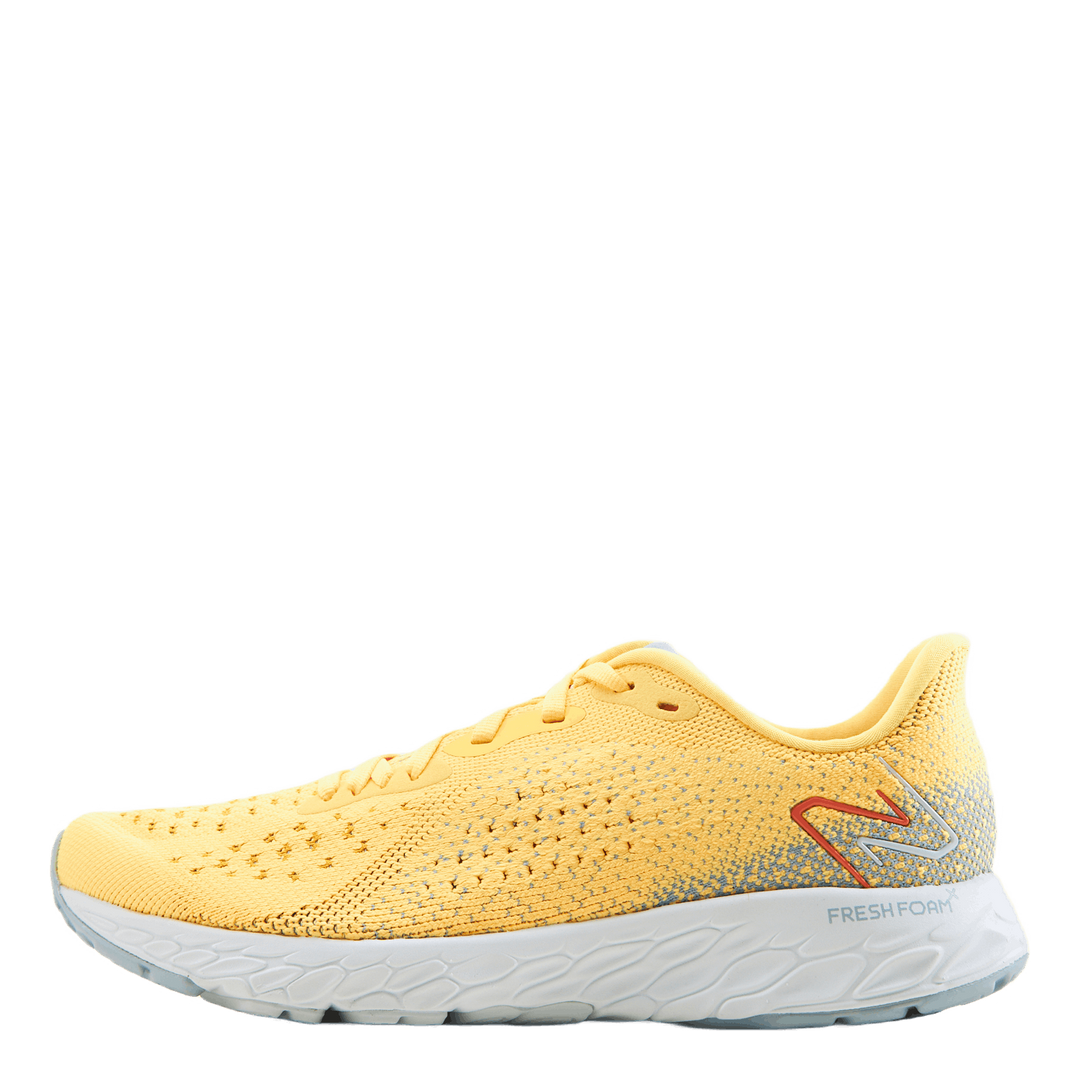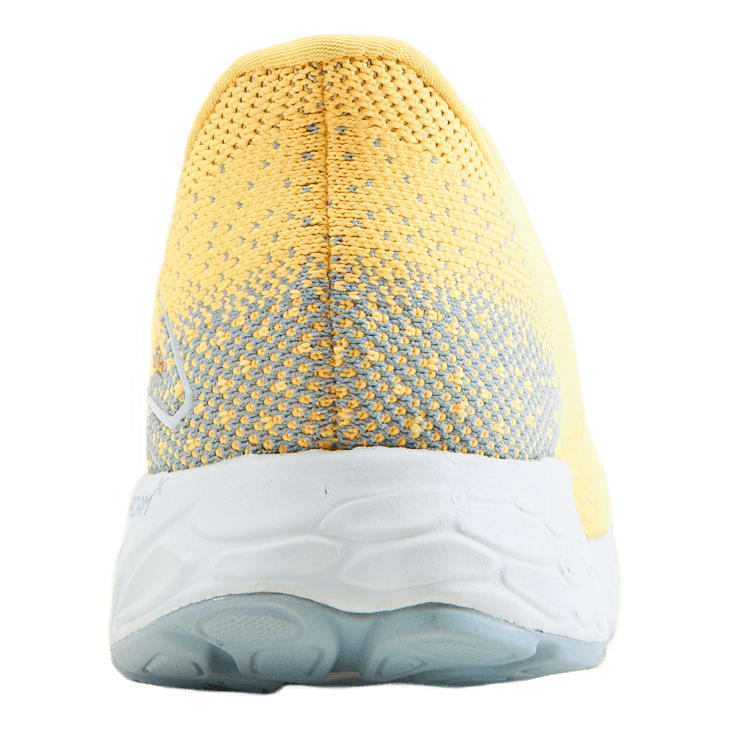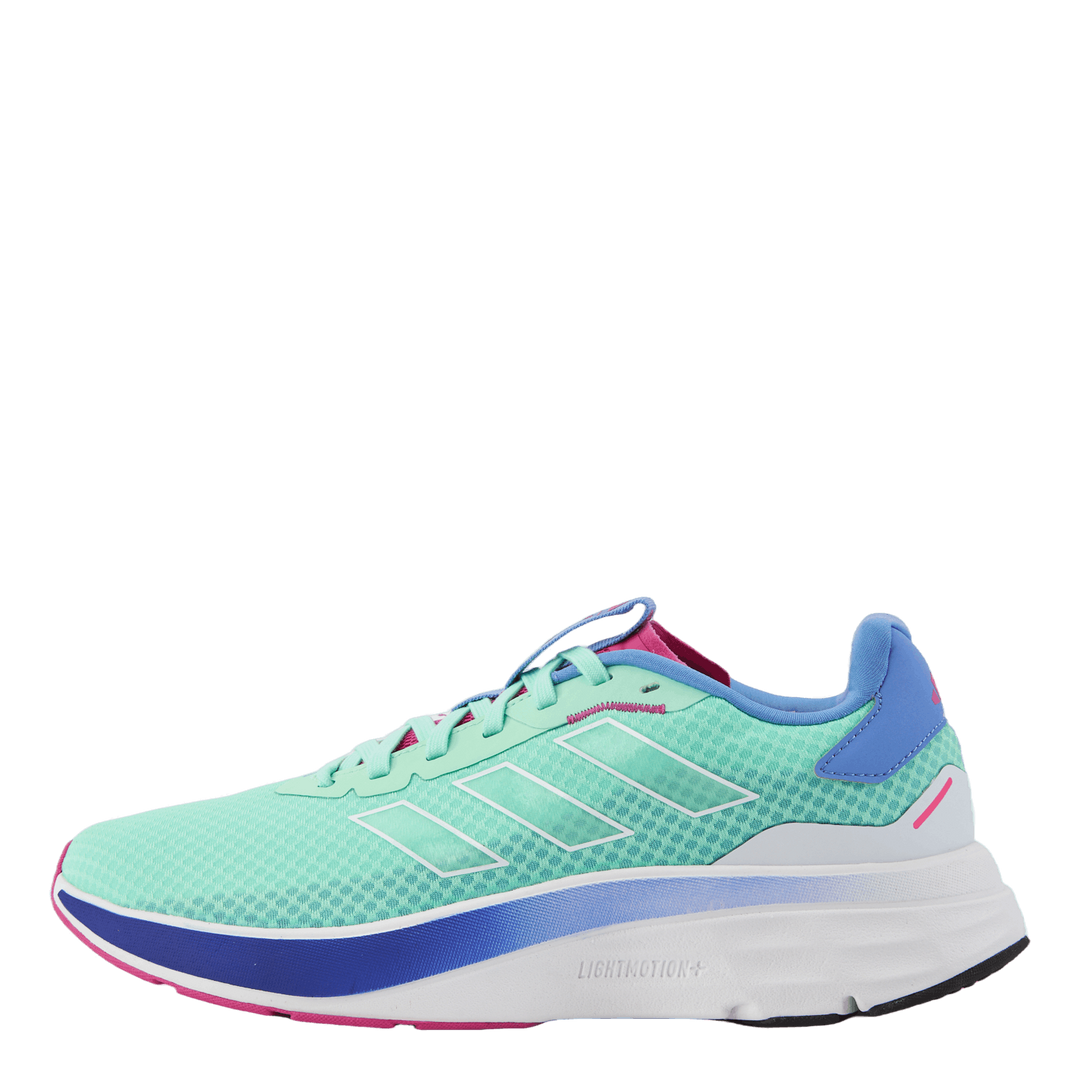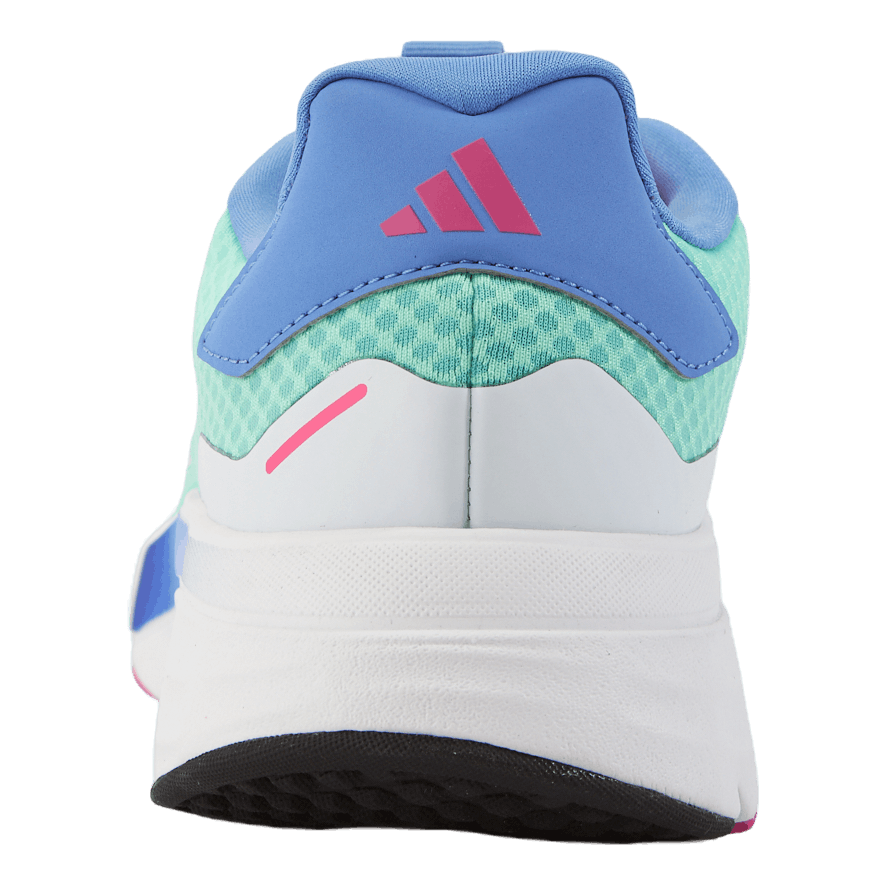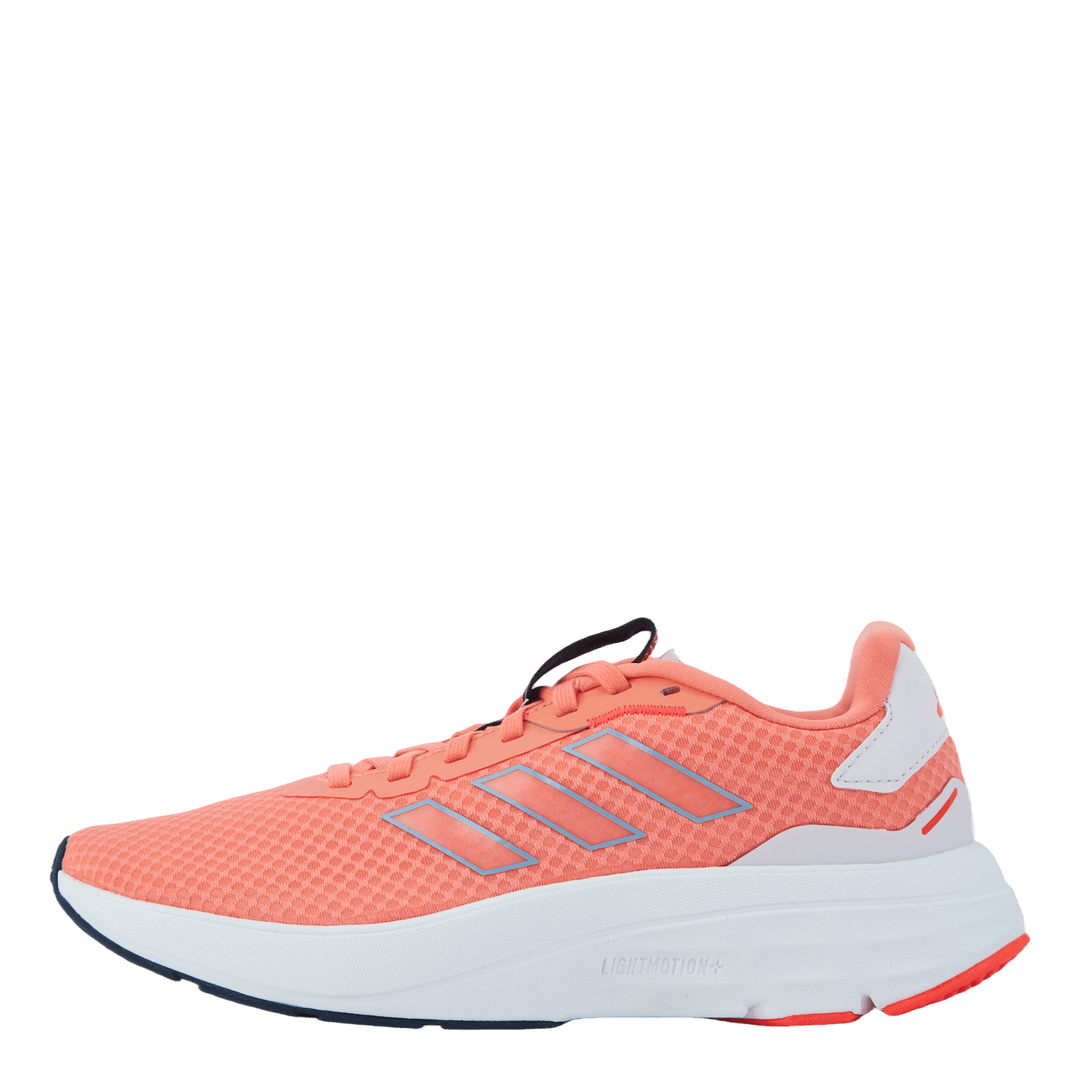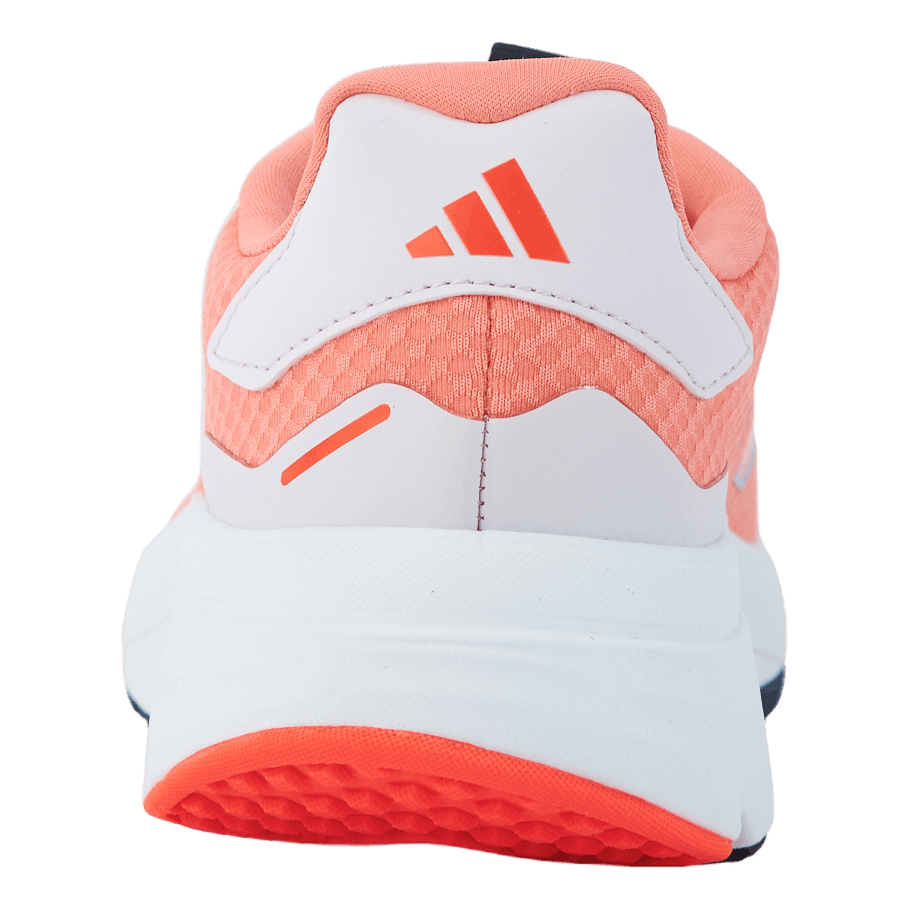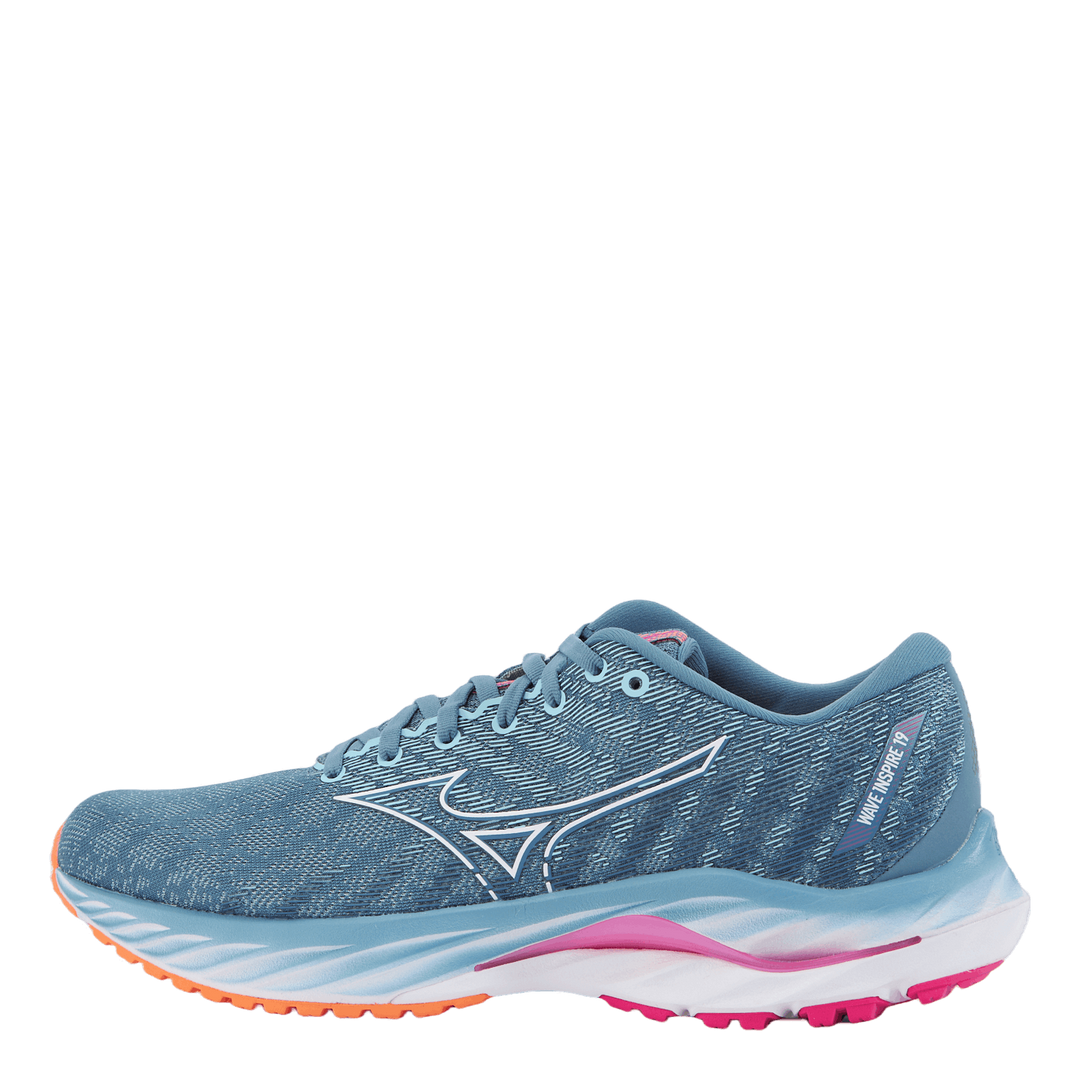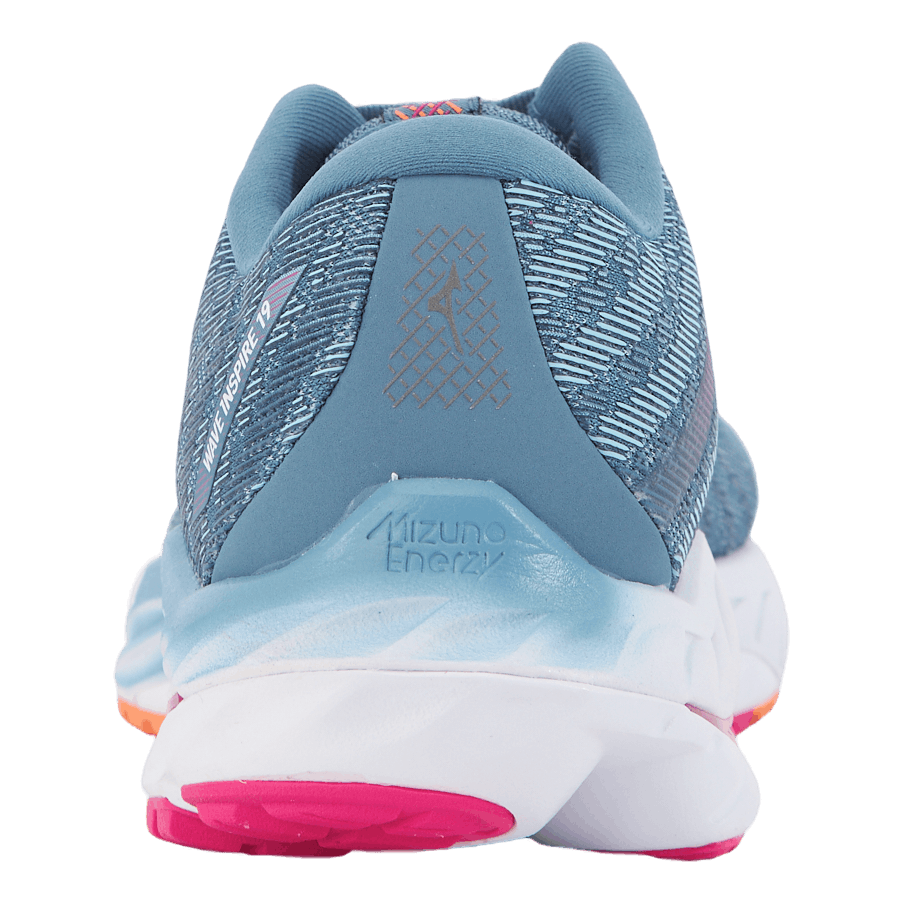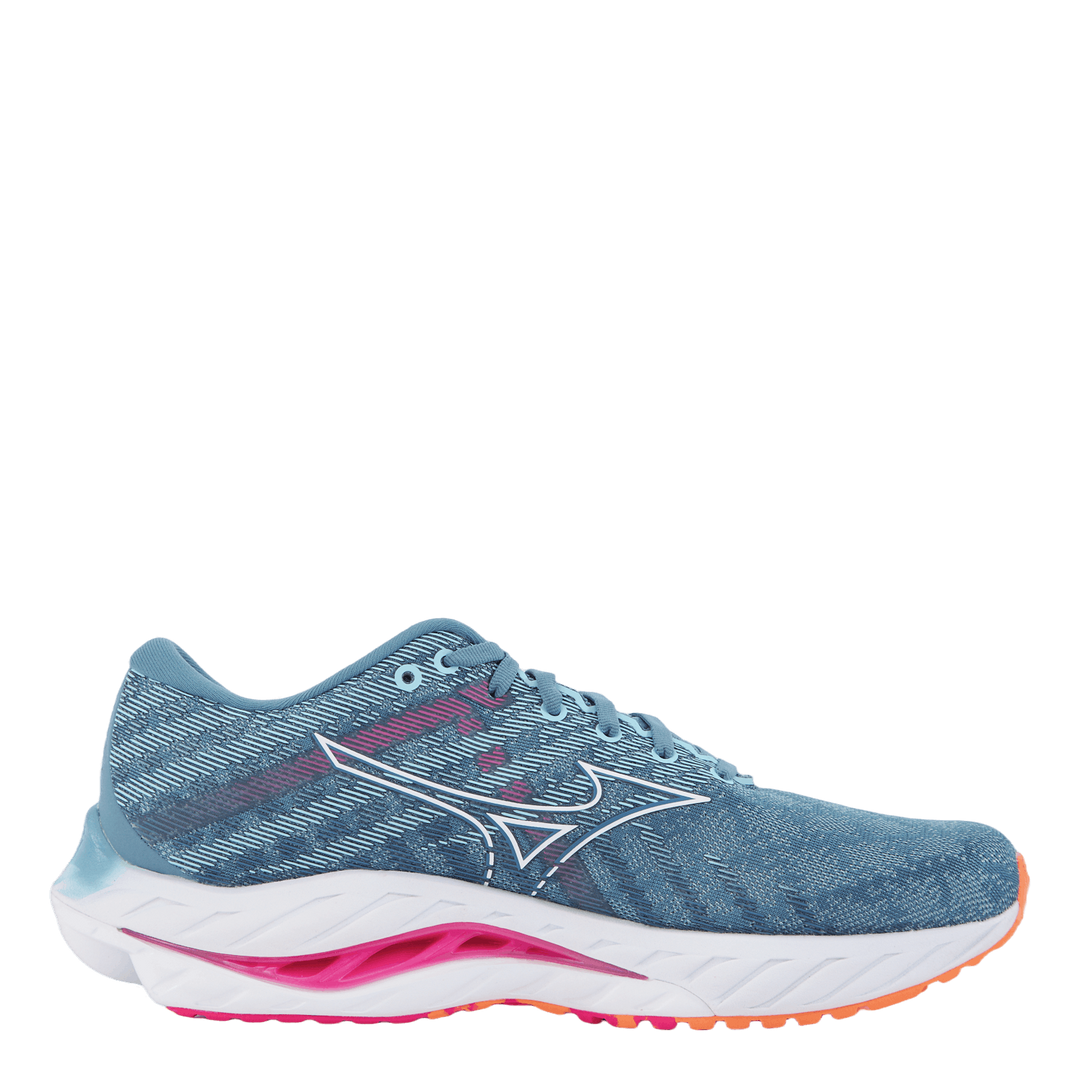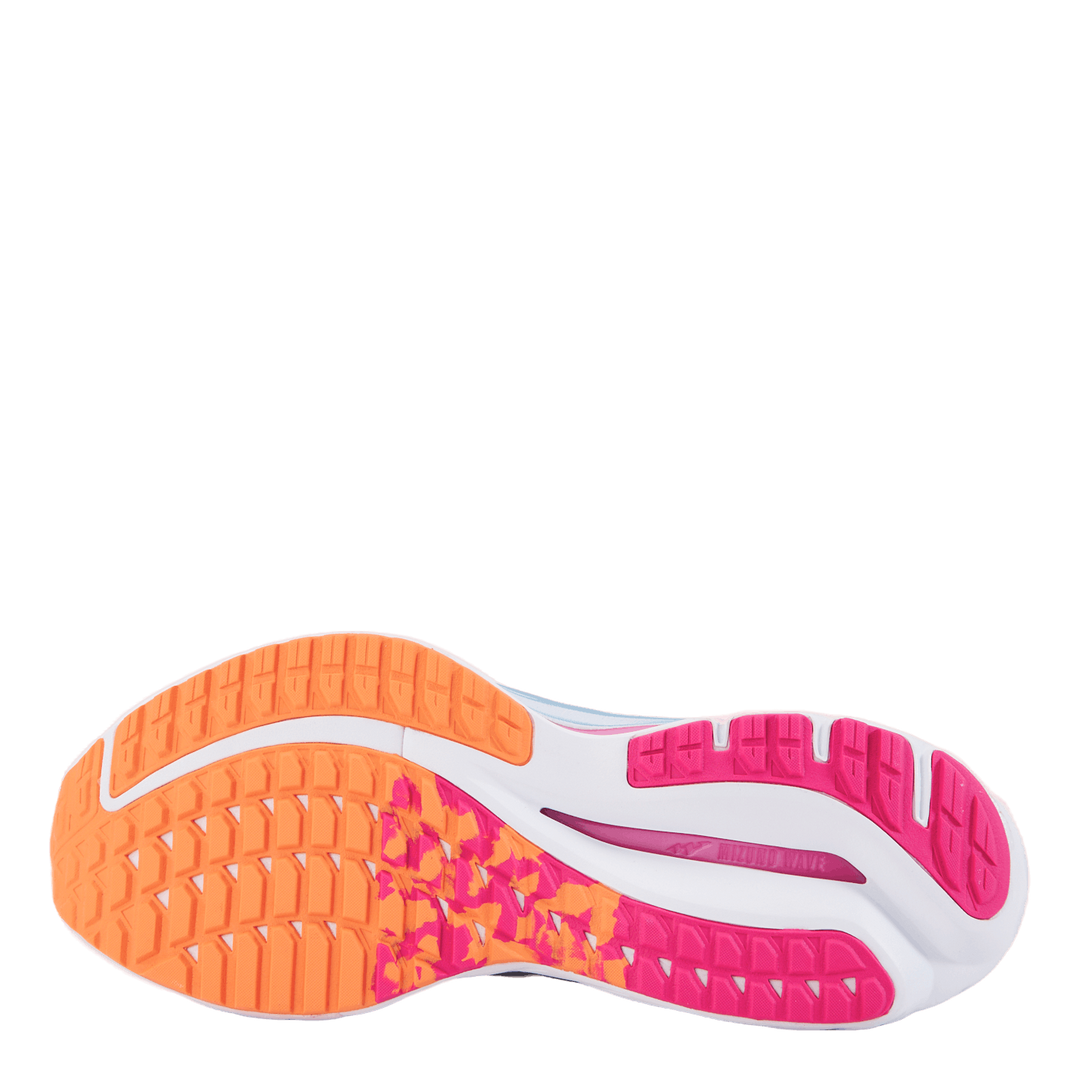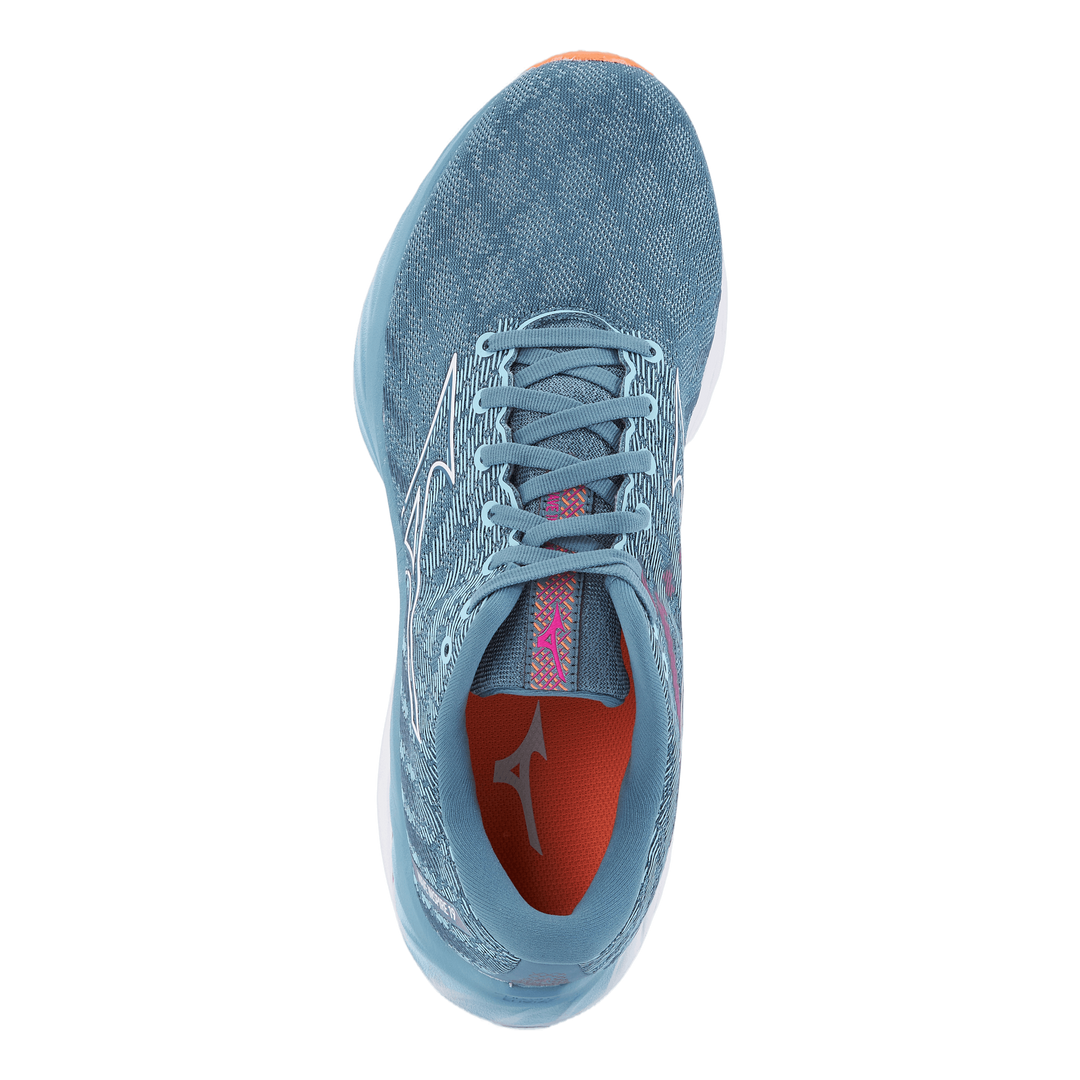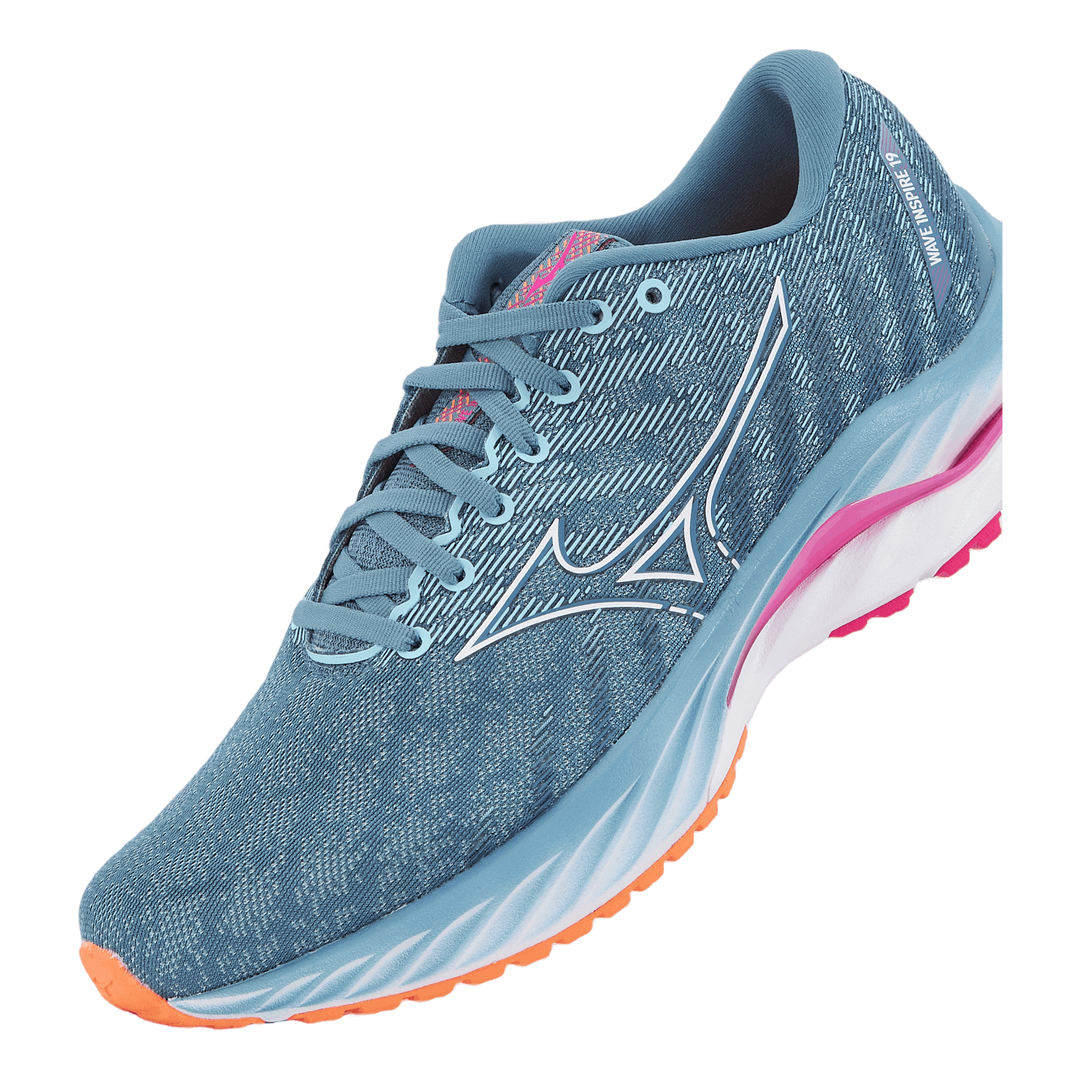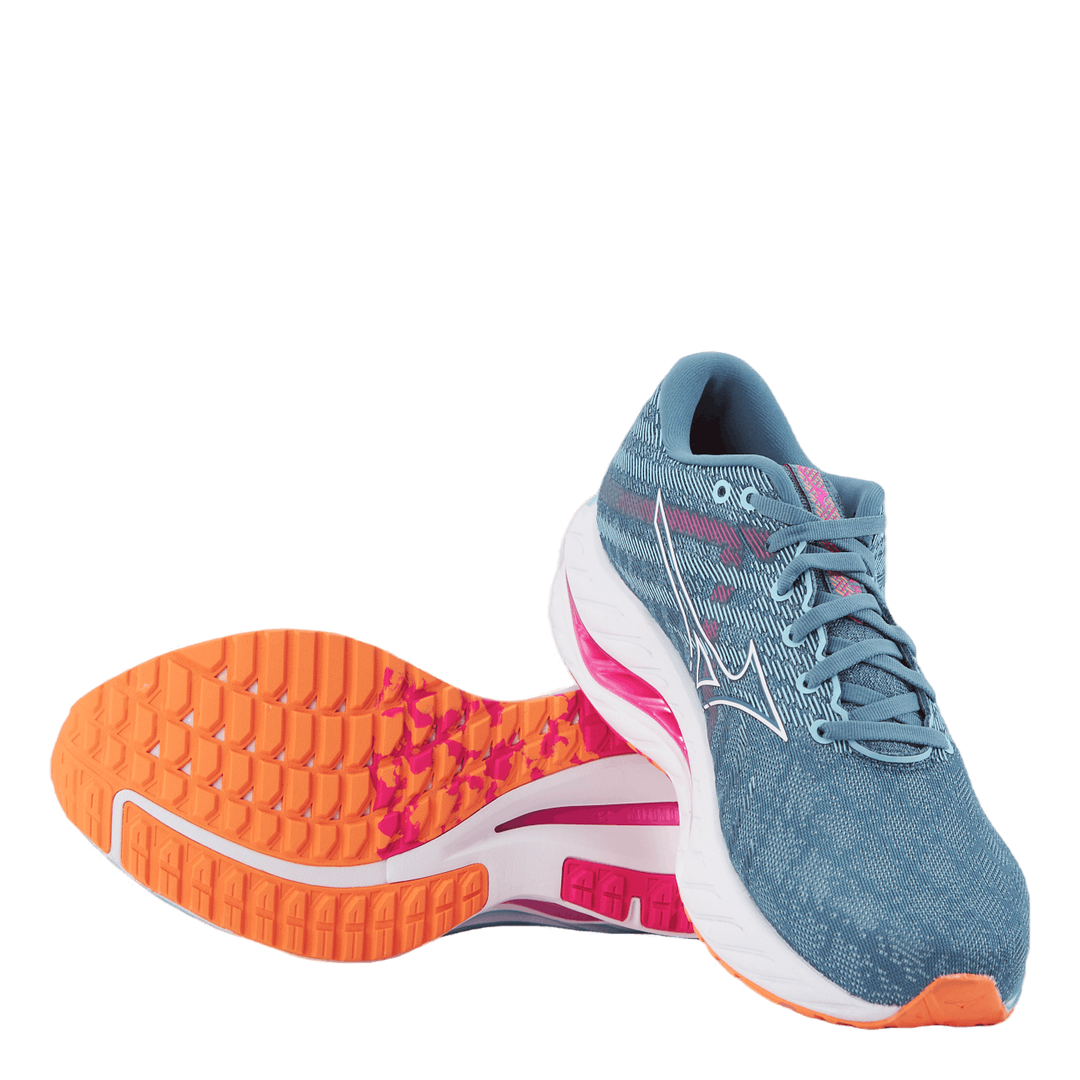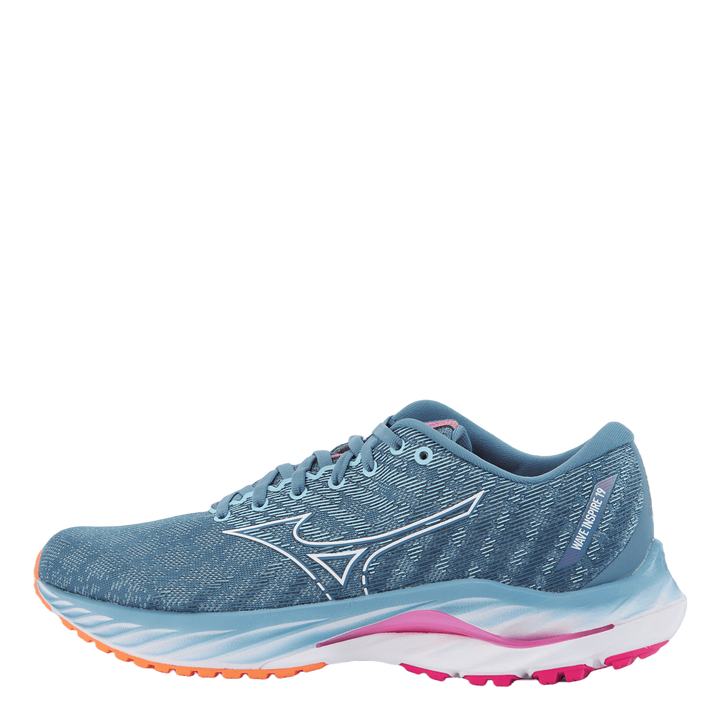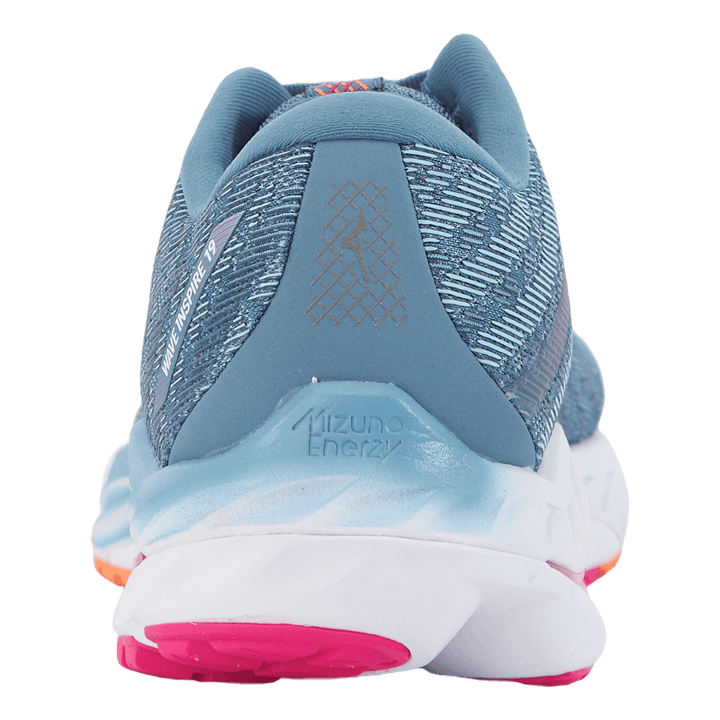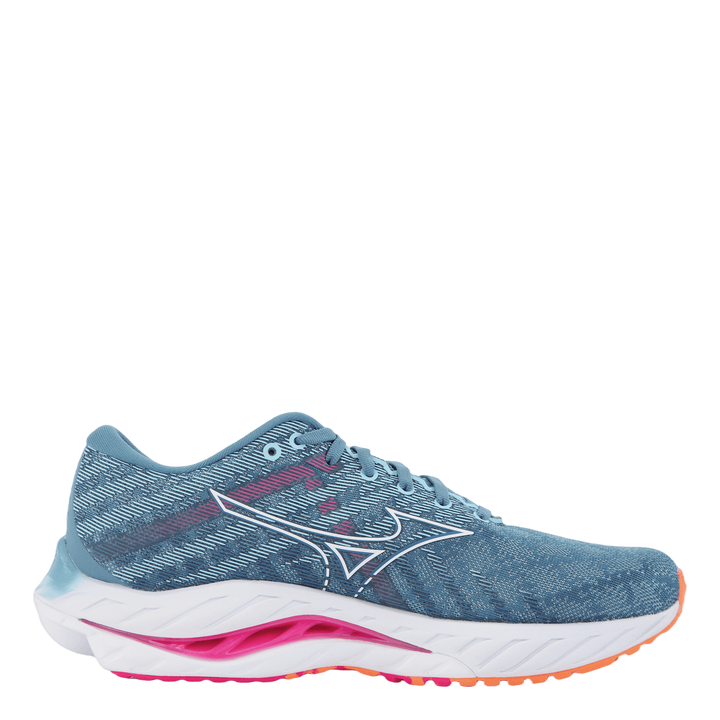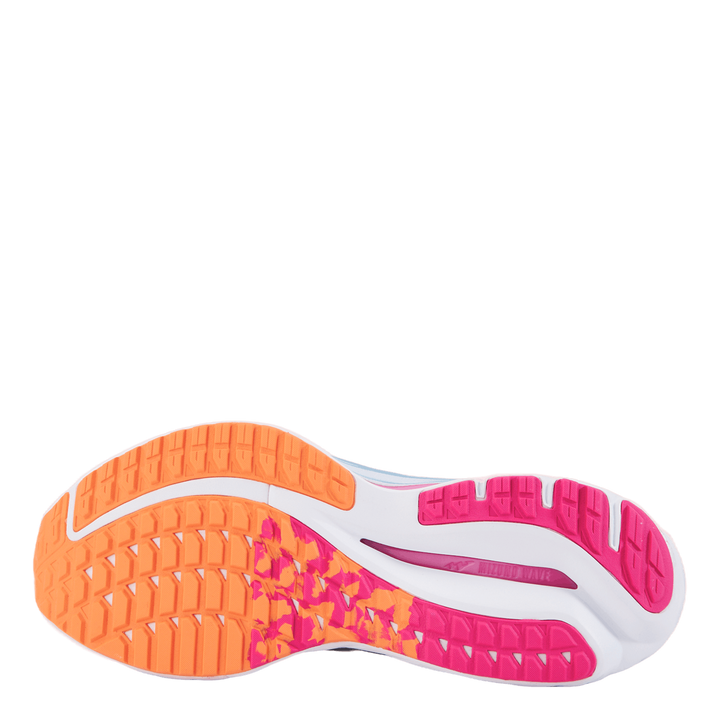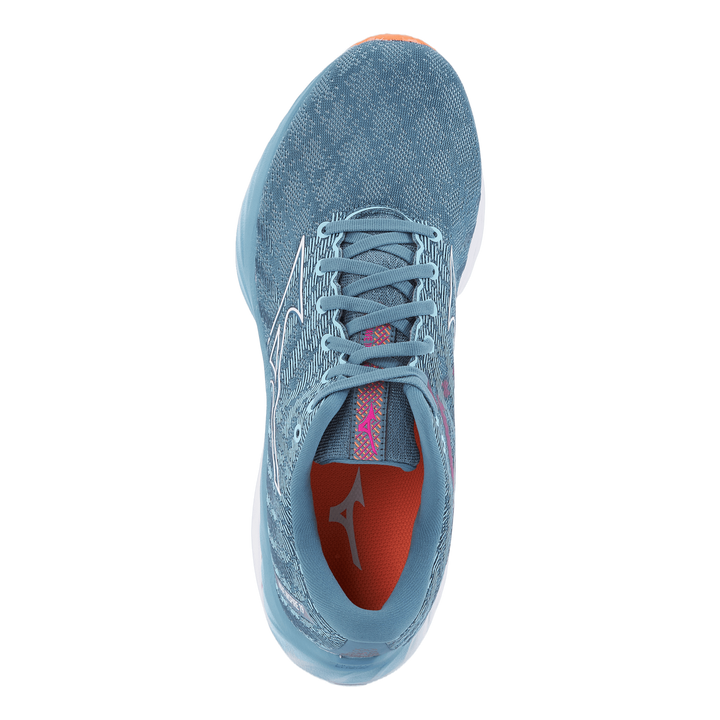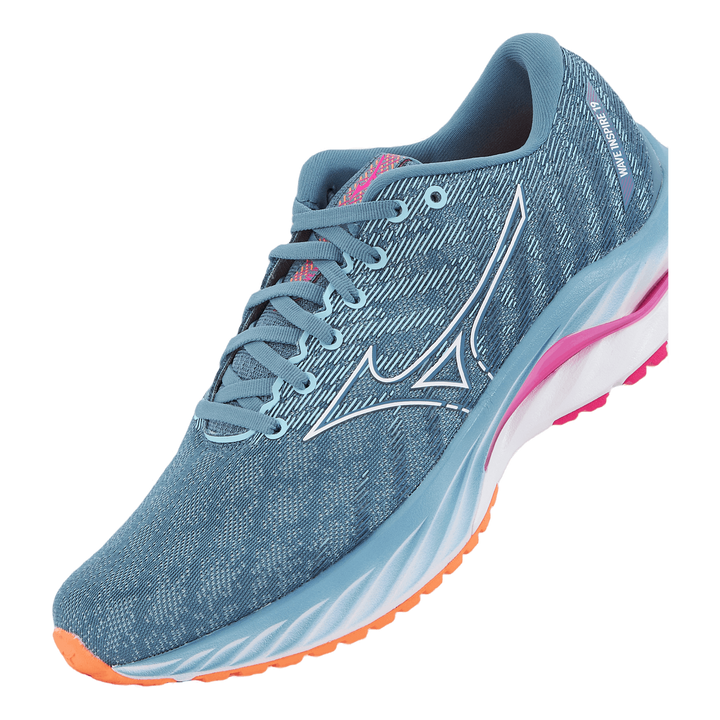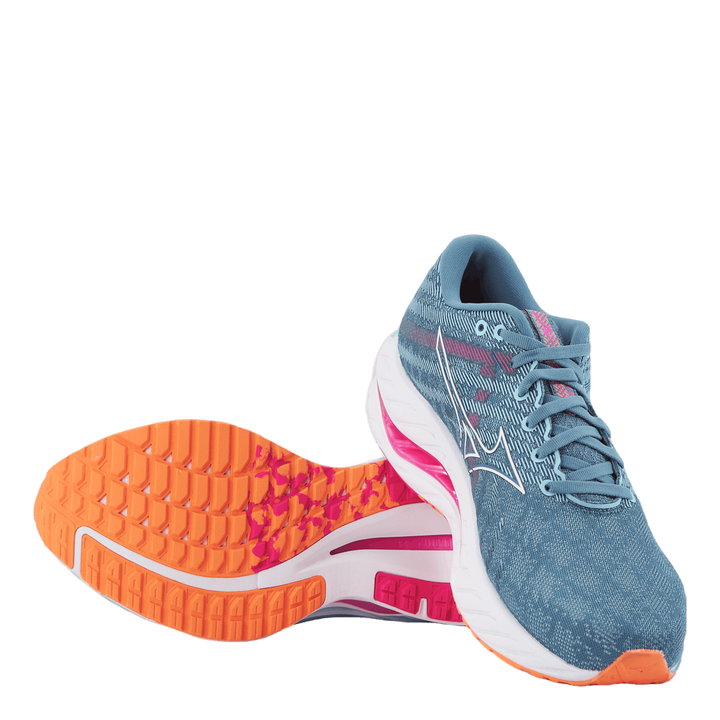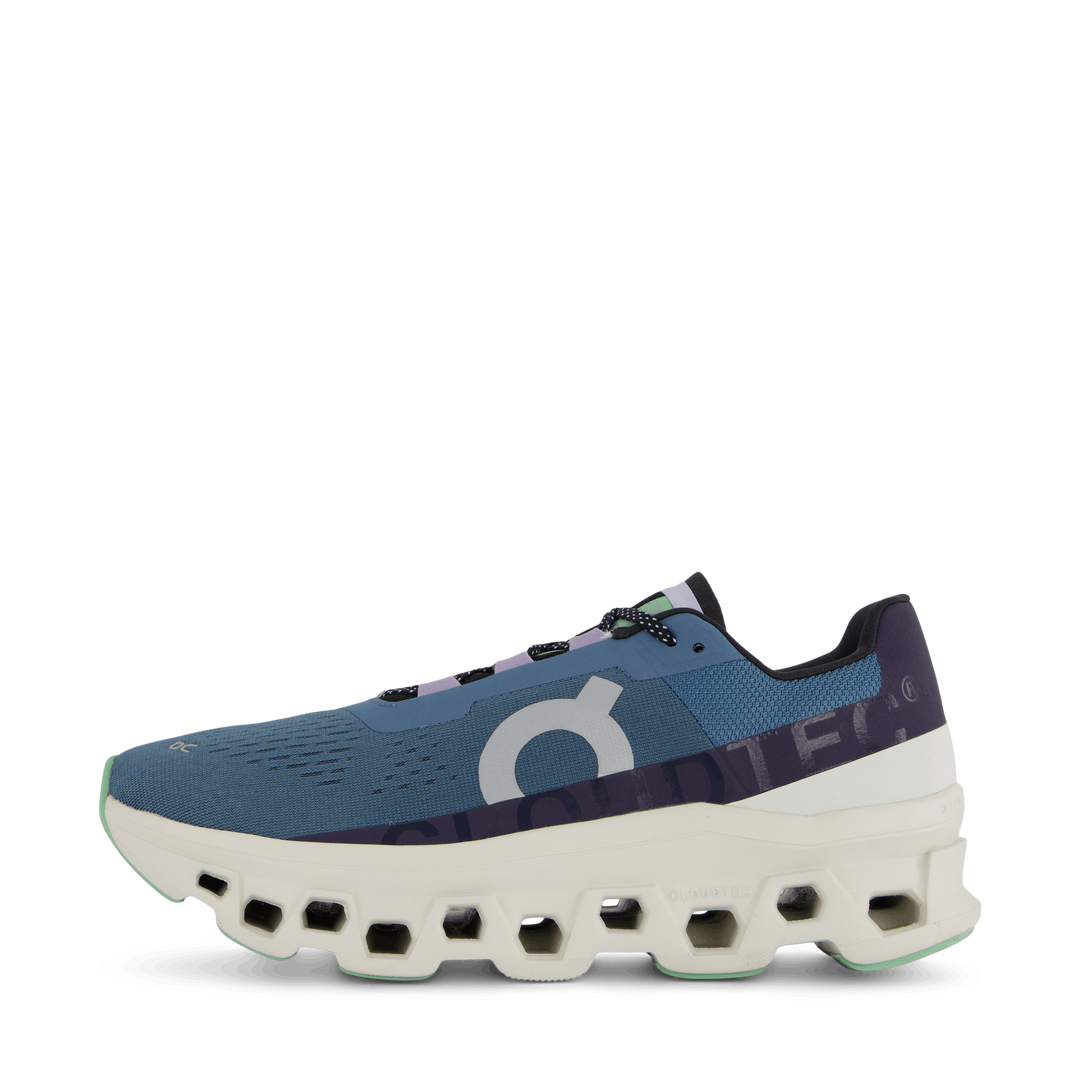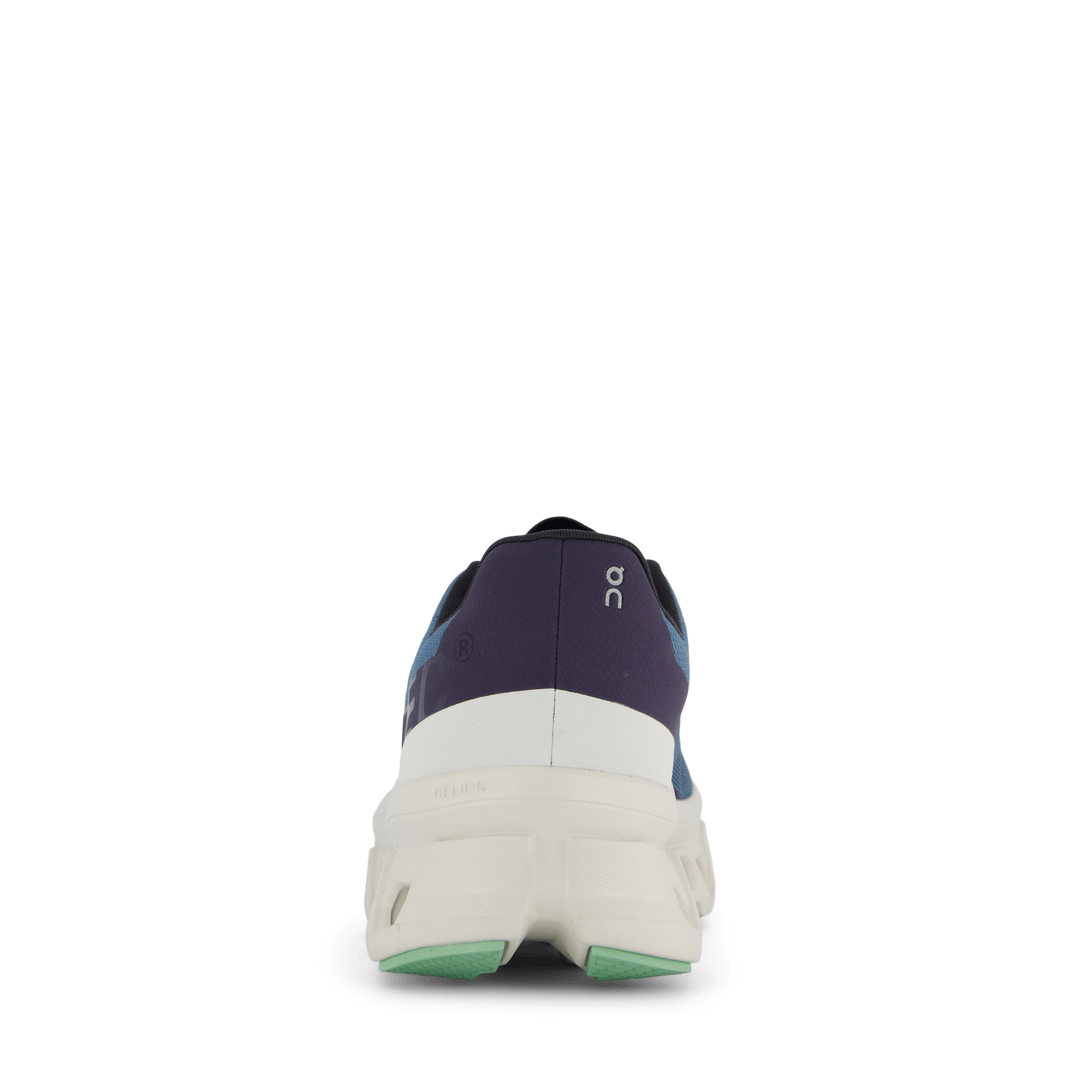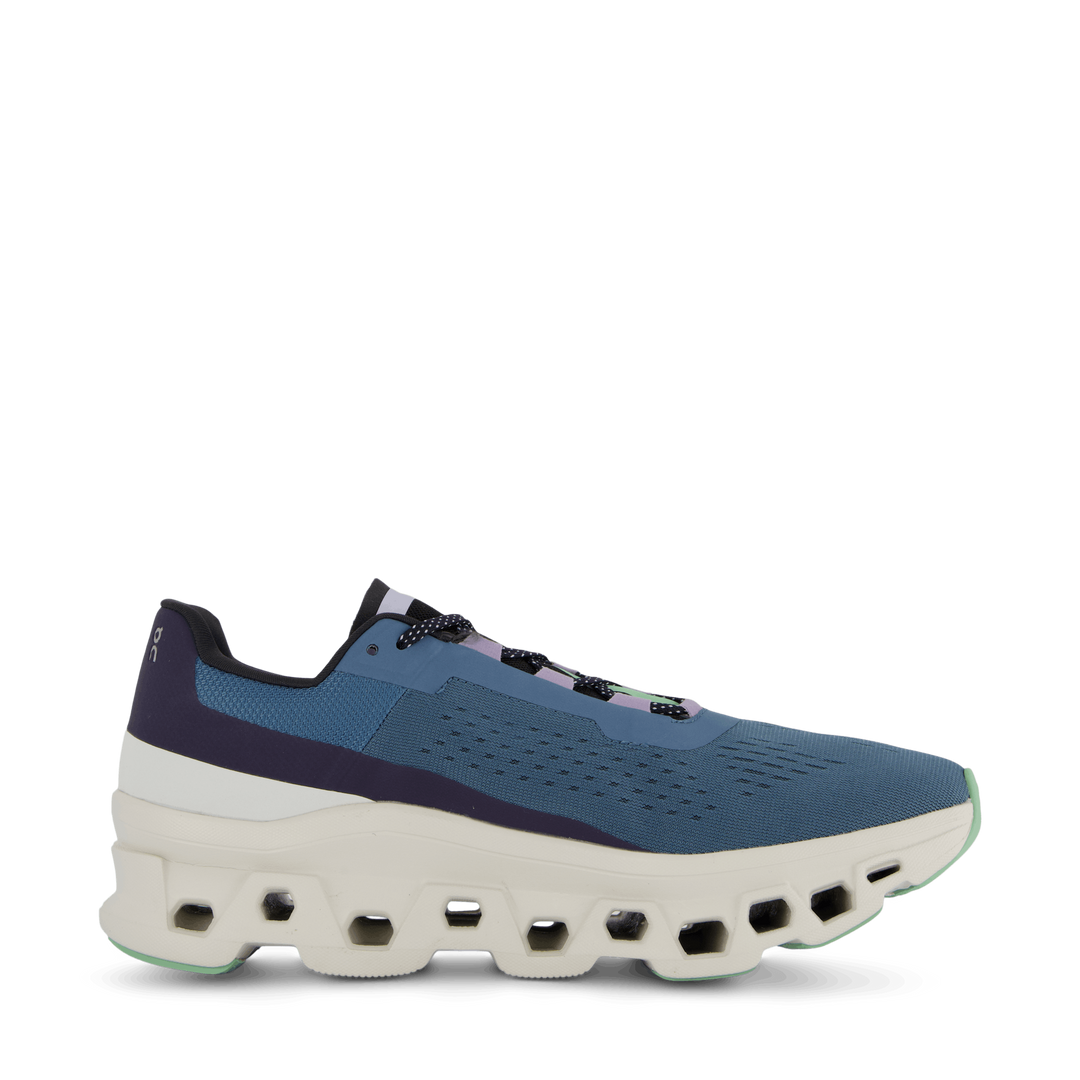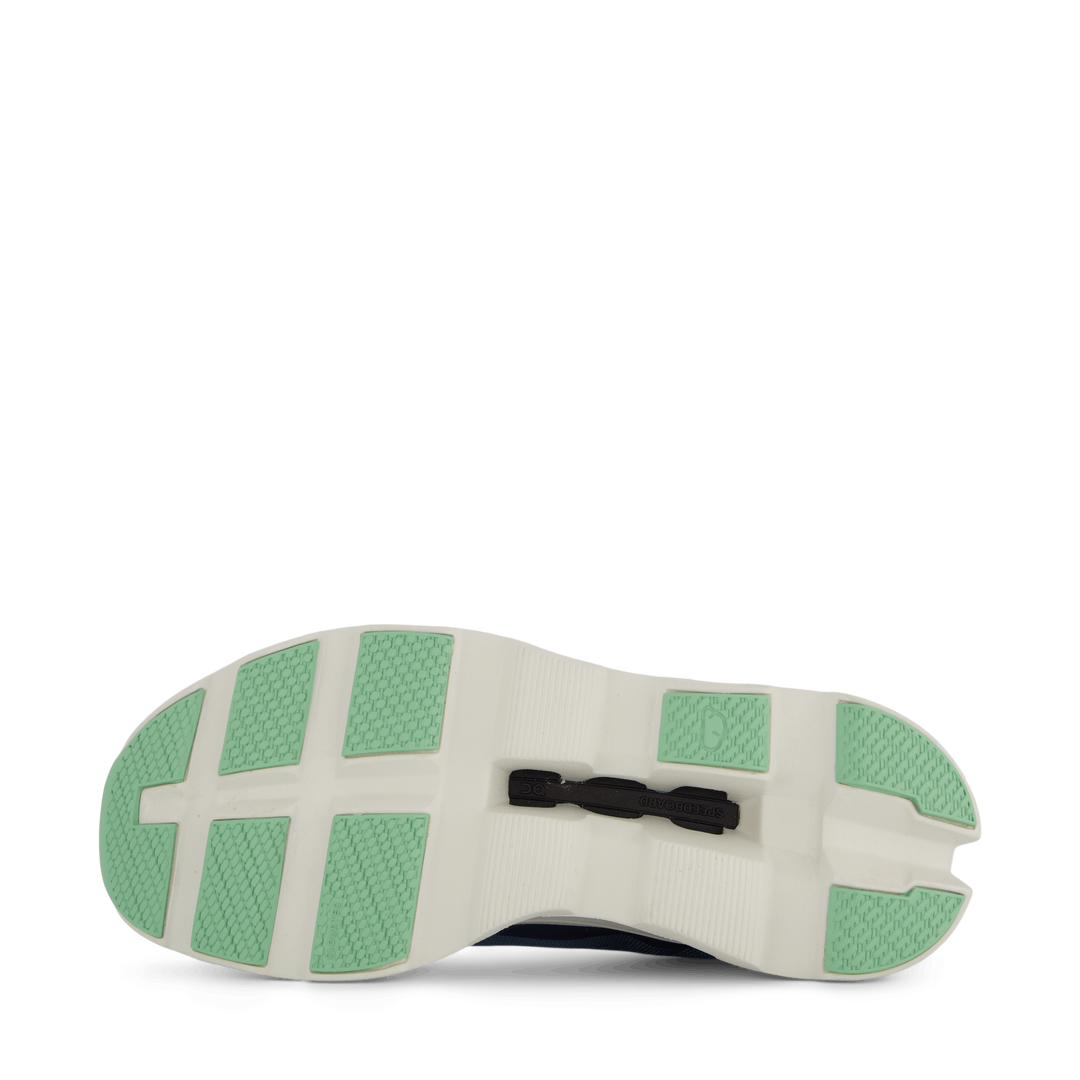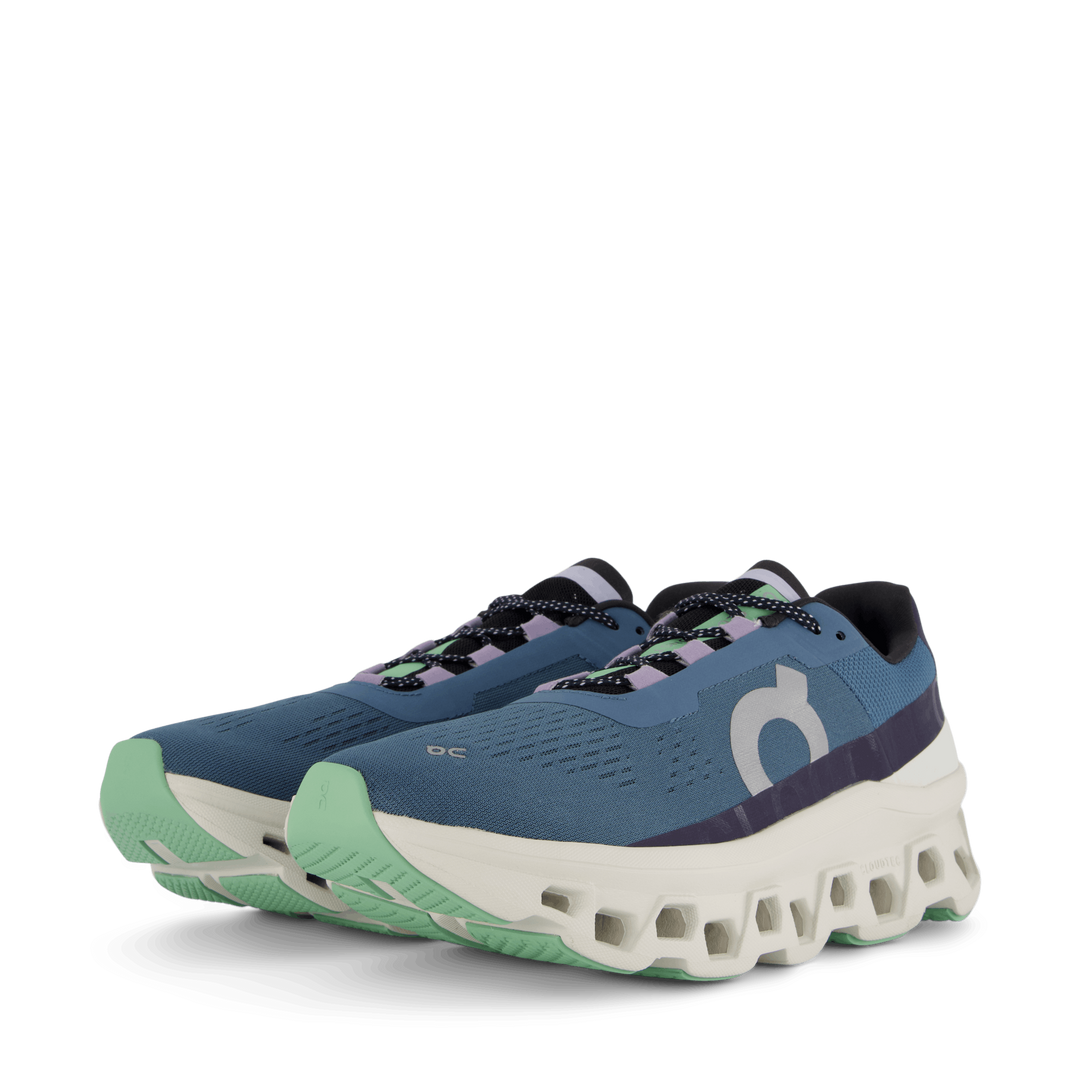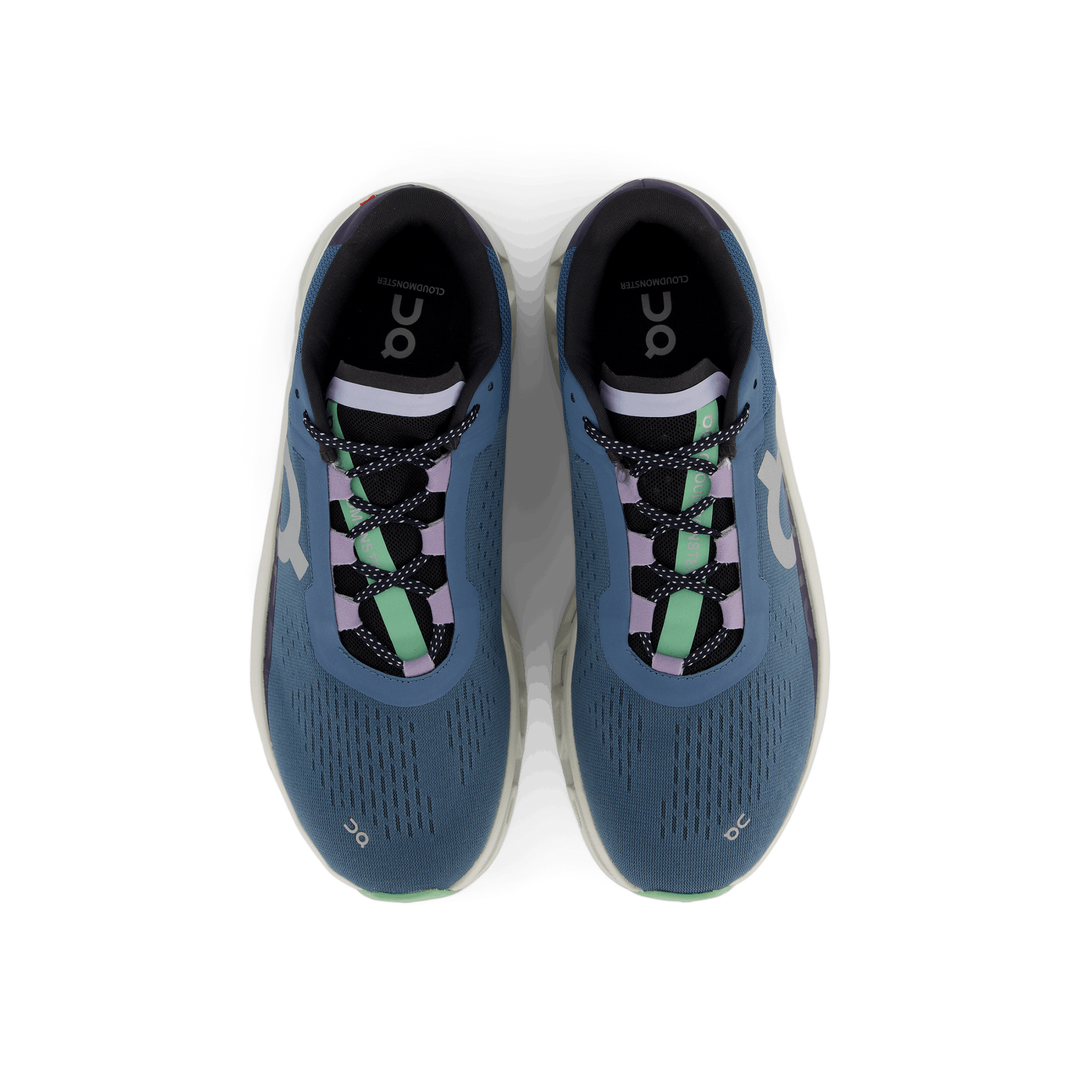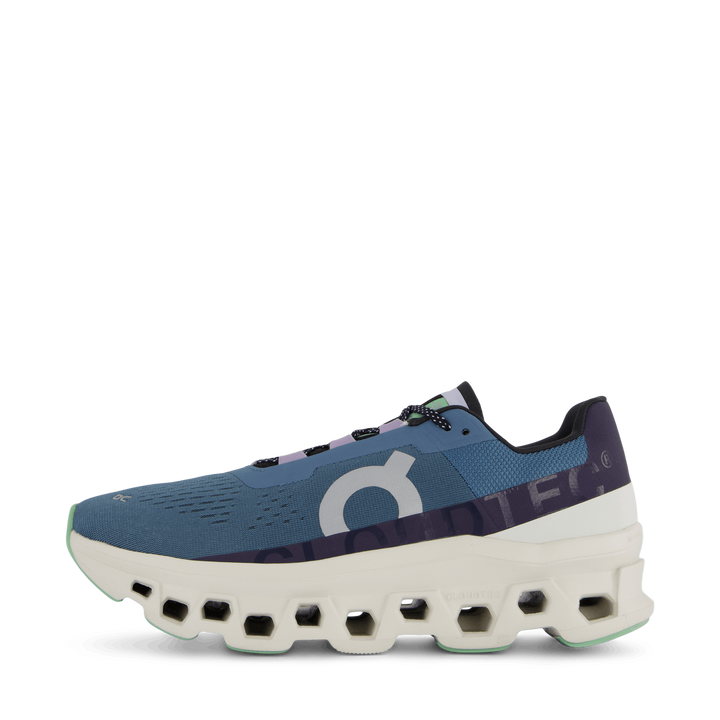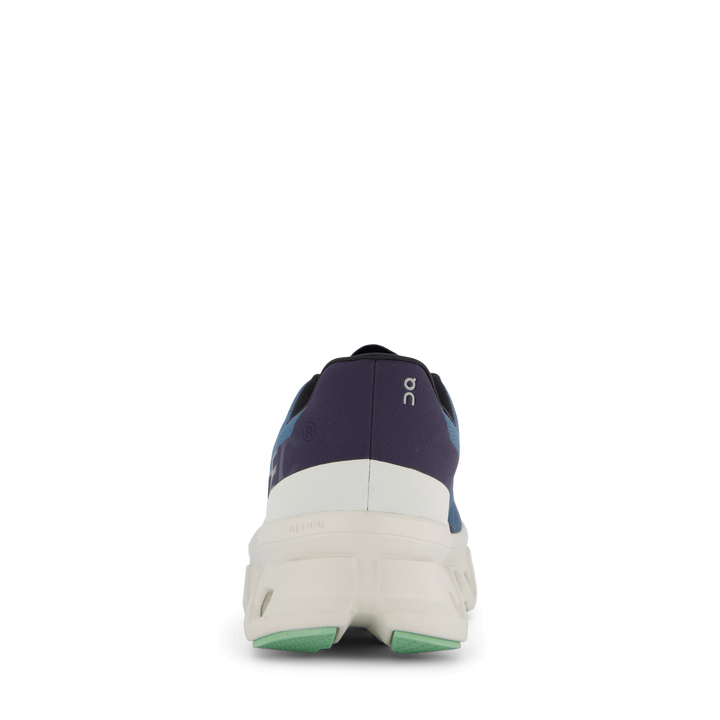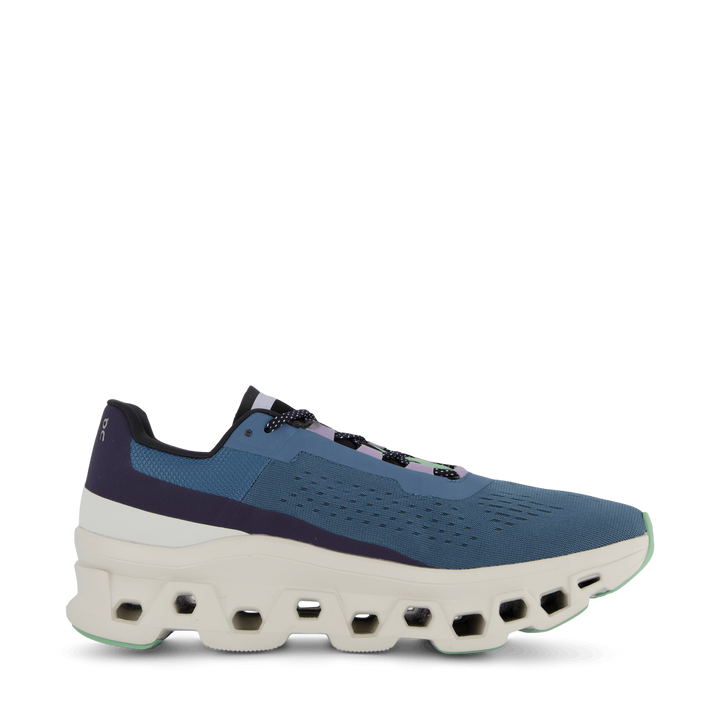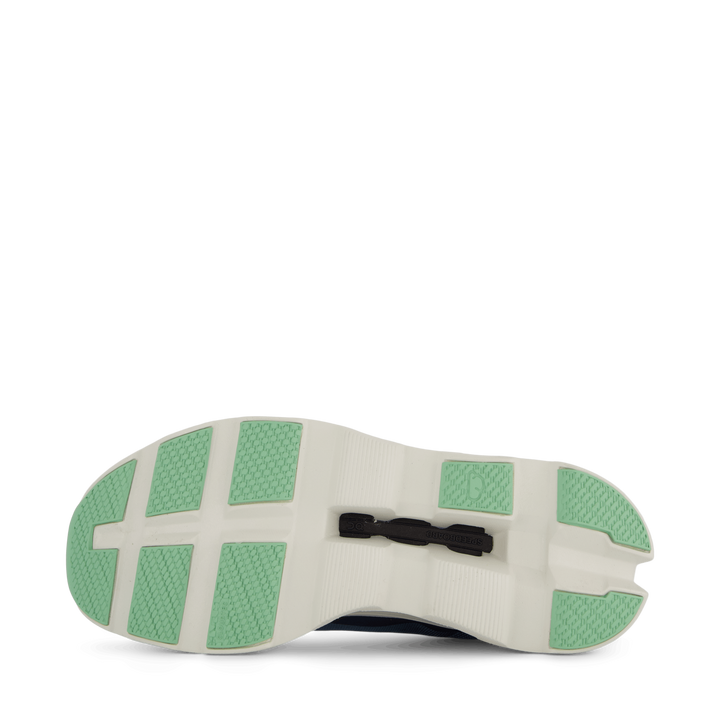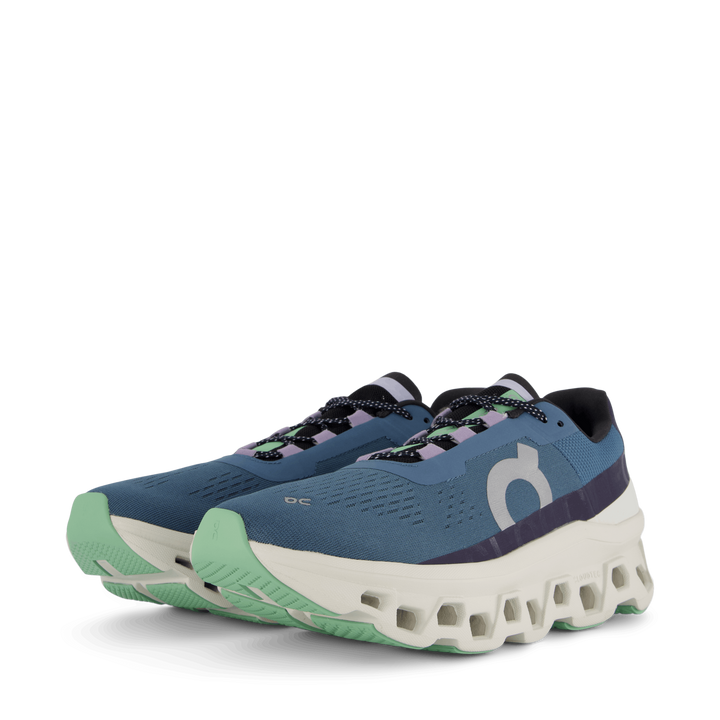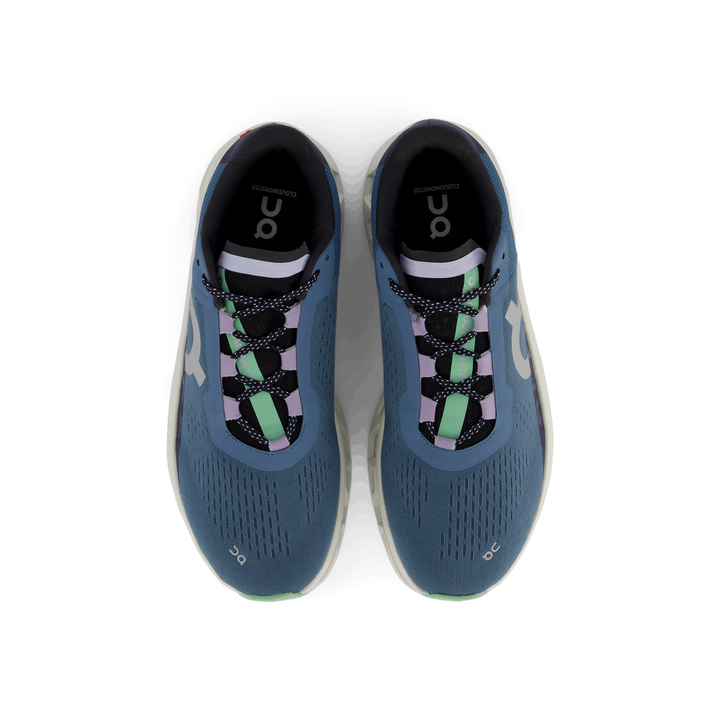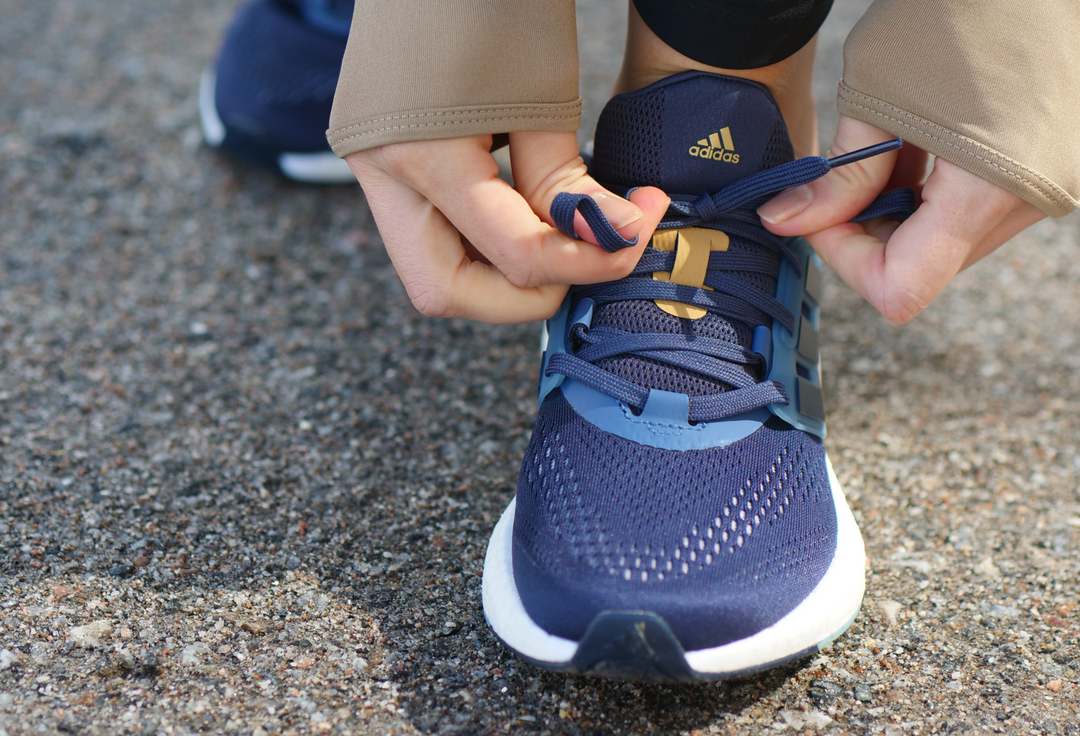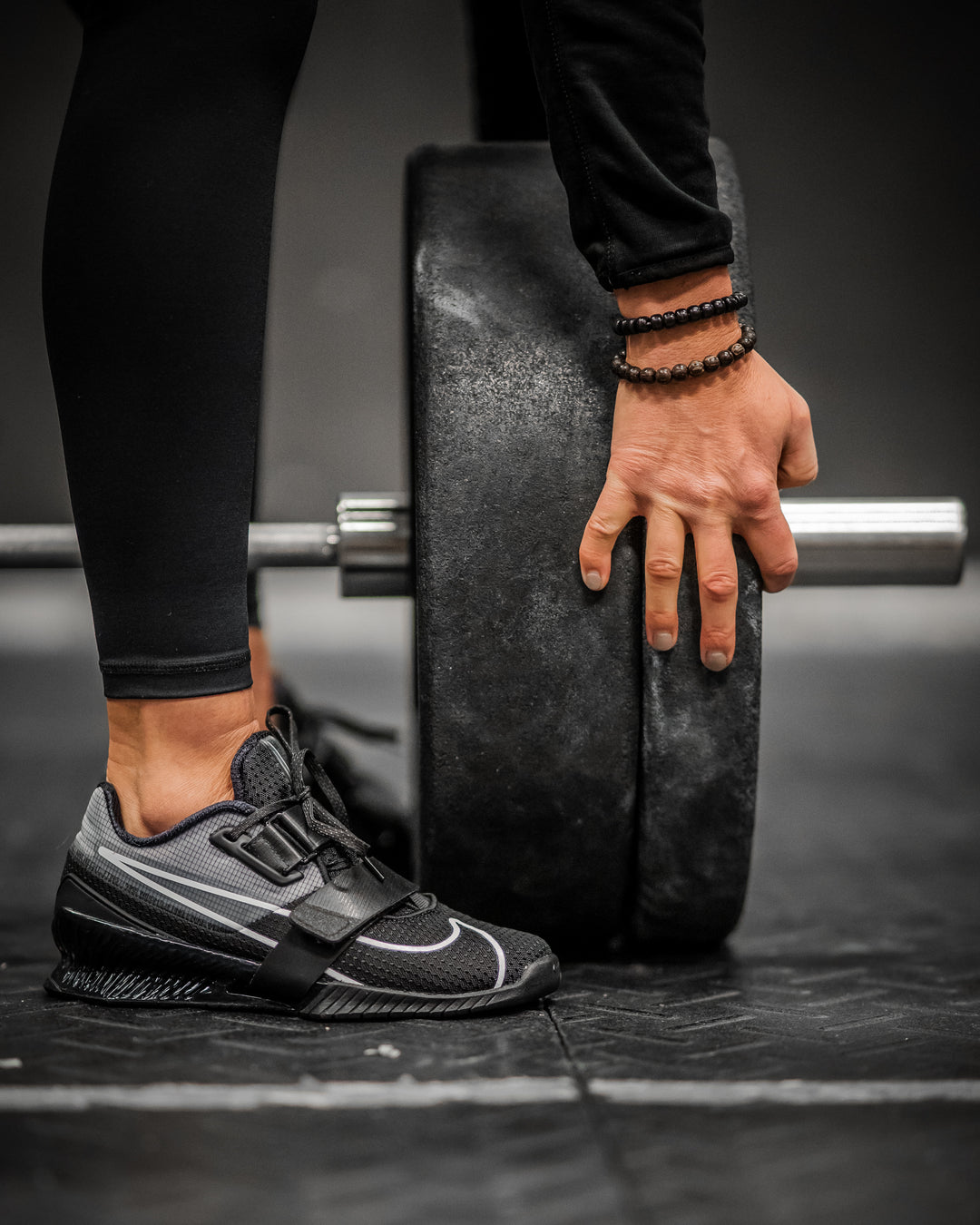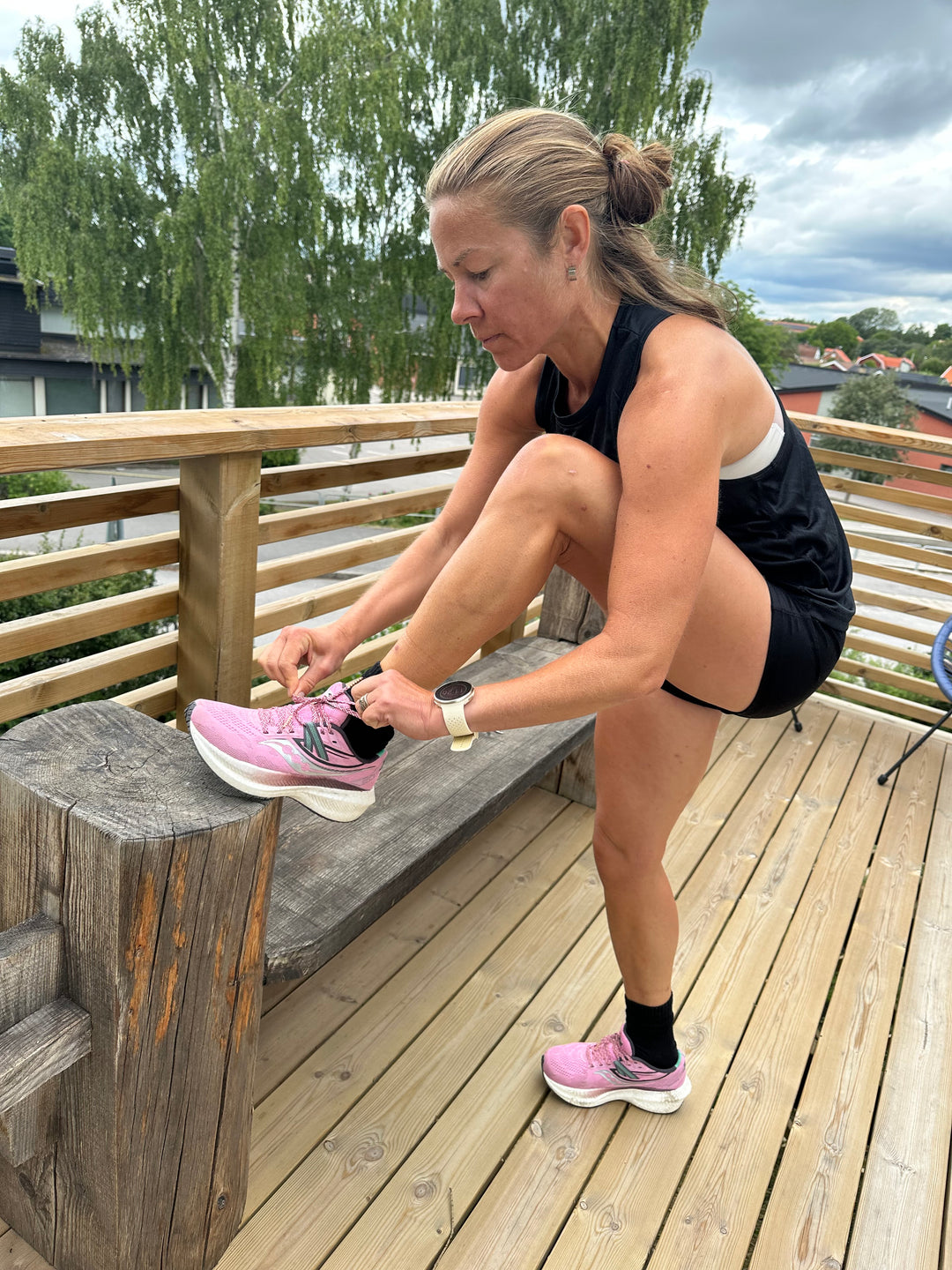Running shoes - perhaps the most important tool when it comes to maximizing your running experience and minimizing the risk of injury.
Whether you’re a beginner or have been running for a while, it’s crucial to find the right shoes for your needs and running style.
Here we list different types of running shoes and combine our advice with the insights and experiences of running expert Elmina on how to choose the right running shoe for you and your purpose.
Learn about running shoes for beginners, racing shoes, trail shoes, long distance shoes, stability shoes and all-around shoes.
Running shoes for beginners
For those new to running who want extra support and comfort, choose a pair of shoes designed to be both stable and easy to run in.
Elmina’s favorites: Clifton, Hoka One One
HOKA Clifton is a really good shoe for those looking to get started with running. It’s primarily a road running shoe for long-distance running, but it surprisingly grips well even on slightly slippery surfaces. There’s plenty of room for your toes, reducing the risk of black toenails and chafing. The shoe is both comfortable and stable laterally. The upper is made of breathable material for an even more enjoyable run.
Long distance shoes
When it comes to long-distance running and high-volume training, comfort and cushioning are crucial. Cushioned shoes are designed to provide you with the support and cushioning you need to handle long runs without risking injuries.
Elmina’s favorites: Triumph, Saucony
This is the running shoe you don’t want to take off, comfortable cushioning so you can use it many times without the softness of the sole diminishing. [[Saucony Triumph]] has a thin upper which provides good ventilation and has a reinforced outsole which further increases the durability of the shoes. You can feel how the upper hugs the foot and provides good stability, which can be needed for a cushioned shoe.
Trail Shoes: For Adventures in Terrain
If you love running in nature and challenging yourself on uneven and varied terrain, trail shoes are the best option. Trail shoes often have a durable upper and a grippy outsole that provides stability and confidence on forest trails and mountain passes.
Elmina’s favorites: Speedgoat 5, Hoka One One
An amazing trail shoe that provides good grip on various surfaces. It’s very stable yet flexible and relatively light for being cushioned. The substantial sole and reinforcement at the toes protect against sharp stones and pointed roots. The heel cup is soft and sits comfortably around the heel. Speedgoat 5 comes in lots of cool colors!
More trail running shoes
View allRacing Shoes: For the Fastest Runs
If you’re focused on maximizing your speed and performance for races or fast training sessions, choose a pair of lightweight and responsive shoes as they are perfect for tempo runs and racing on the road.
Elmina’s favorites: Endorphin Speed 3, Saucony
[[Saucony Endorphin Speed 3]] are really light and responsive shoes without sharp seams. I find them responsive and giving a feeling of being propelled forward, which gives me good opportunities to run fast. [[Saucony Endorphin Speed 3]] provides good support and cushioning despite being so light. They are suitable for both racing and various types of intervals, short and long.
Stability Shoes: Stability for Your Running
For runners who need extra support and stability, stability shoes are available. These shoes are designed to correct overpronation or underpronation and help balance your running stride. By providing extra support to the arch and controlling foot movement, stability shoes can reduce the risk of injuries and optimize your running.
Elmina’s favorites: Wave Inspire, Mizuno
[[Mizuno Wave Inspire]] are stable shoes with great cushioning. The shoes that provide that extra support that you, as an overpronator, need fit comfortably and leave room for the toes. The grip on wet asphalt was outstanding. Good to know is that the shoe tended to be somewhat large in size.
All-around Shoes: Flexibility for All Types of Running
If you want a pair of shoes that work well for different types of running training, all-around shoes are a good choice. These shoes combine features from different categories, making them versatile and flexible. Whether you’re running on the road, trail, or treadmill, all-around shoes can provide you with the support and comfort you need to reach your running goals.
Elmina’s favorites: Cloudmonster, On
Get ready for a different running experience! [[On Cloudmonster]] technology aims to make your running stride more forward-moving. The thick sole is much softer than you’d expect and gives you the feeling of bouncing forward. The running shoe fits like a glove and feels sturdy and durable. This combination of responsiveness, stability, and comfort makes [[On Cloudmonster]] an excellent all-around shoe.
ALL RUNNING SHOES
View allCommon Questions about Running Shoes
The one that is tailored to you. To find the right one: start by finding out if you have specific needs (do you need, for example, a stability shoe?) and think about what you’ll be using the shoe for. richtext
Before heading out for your first run, try the shoe indoors for a few laps! Ask questions to more experienced runners, there are no dumb questions. Maybe you have someone nearby who can guide you?
As always, the answer depends on your needs, your habits, and how much you plan to run. Often it’s nice to have a cushioned shoe since running on asphalt is hard.ext
When running intervals, you often run at a higher pace than if you were running a longer distance. A good tip is to choose slightly lighter shoes as these automatically make you feel a little faster. Make sure they have the stability and cushioning you need and gradually acclimate your body to high speeds.
It’s individual what one likes, and of course, it also depends on the type of race. Try it out! Most importantly: make sure you’ve properly test-run your new running shoes before it’s time for the race.
Be sure to wipe your running shoes if they get dirty. If the shoes get wet, put in newspaper so that the moisture is quickly absorbed, reducing the risk of odor. Remember to also air and dry the insole when needed. Avoid storing the shoes in direct sunlight.
As with all training, it’s easy to start too hard and extreme. Remember to gradually increase both intensity and distance. Vary your running with strength and flexibility training if you’re stiff. Listen to your body and dare to rest for an extra day if you’re tired.
When you feel that the shoe feels stiff and hard. Shoes differ so it’s difficult to say exactly how many miles they should be replaced after. If you’re heavy and run a lot on hard surfaces, the lifespan becomes slightly shorter. If you run frequently, it may be good to have more than one pair of running shoes in your closet to be able to vary and let the shoes rest between runs.




